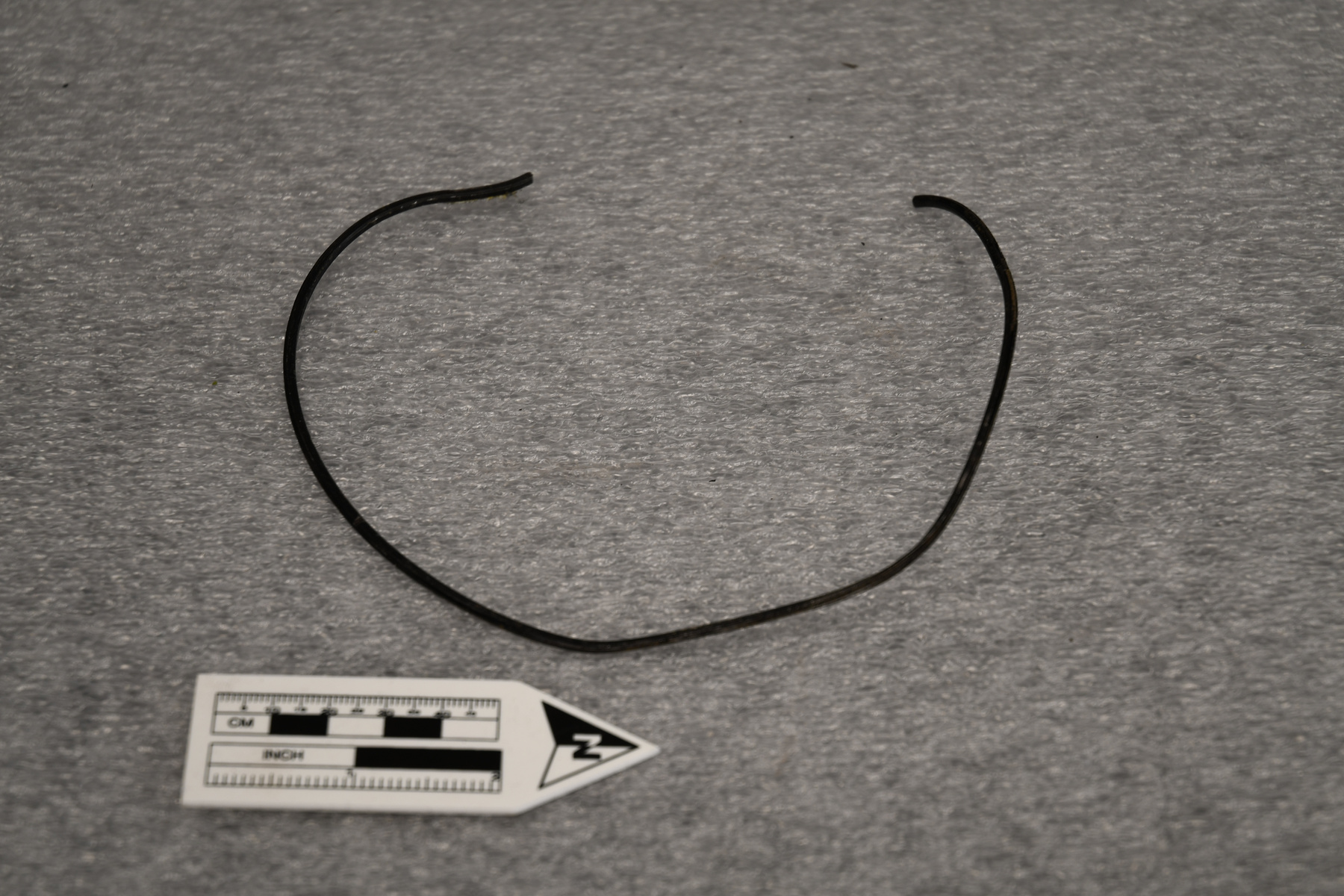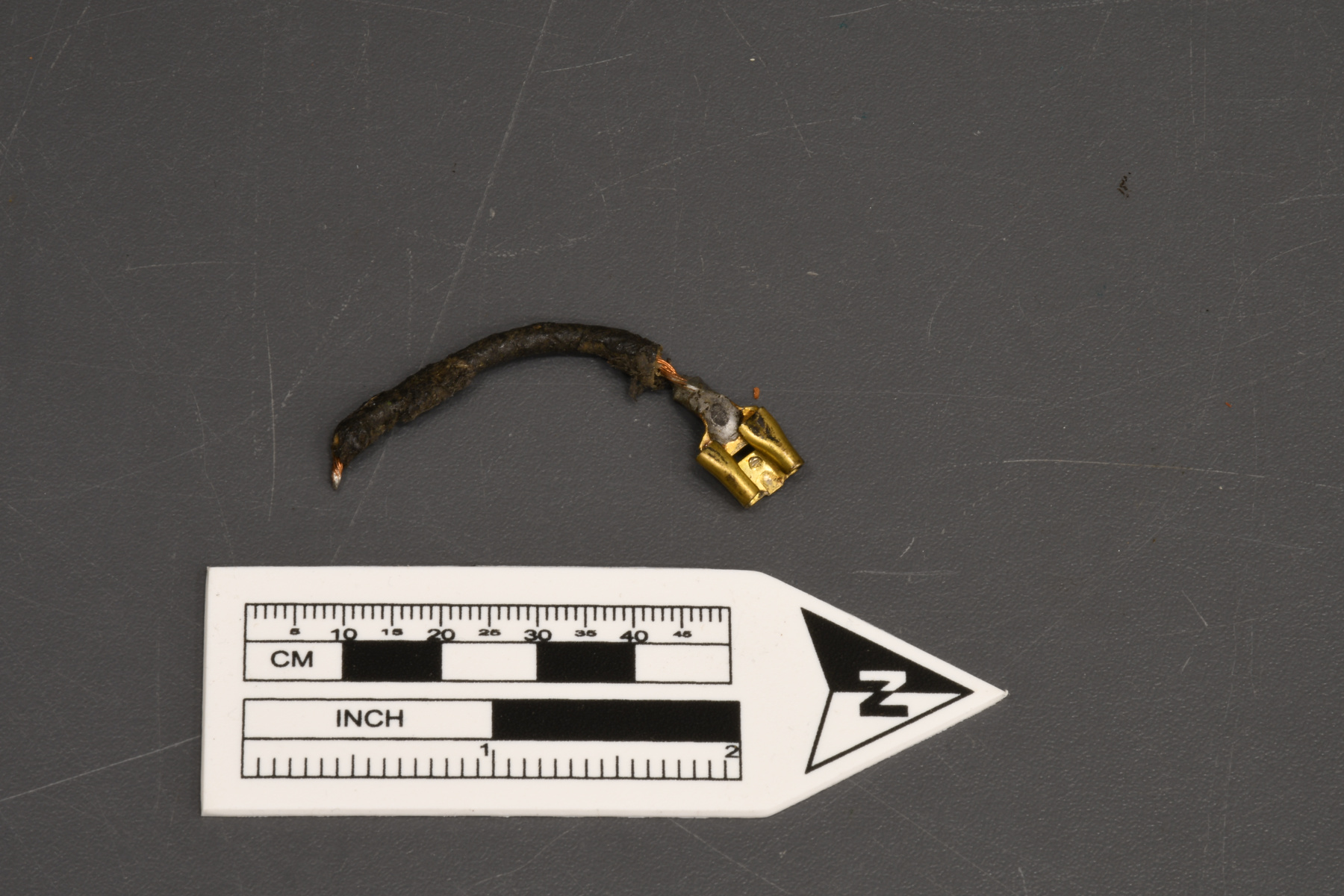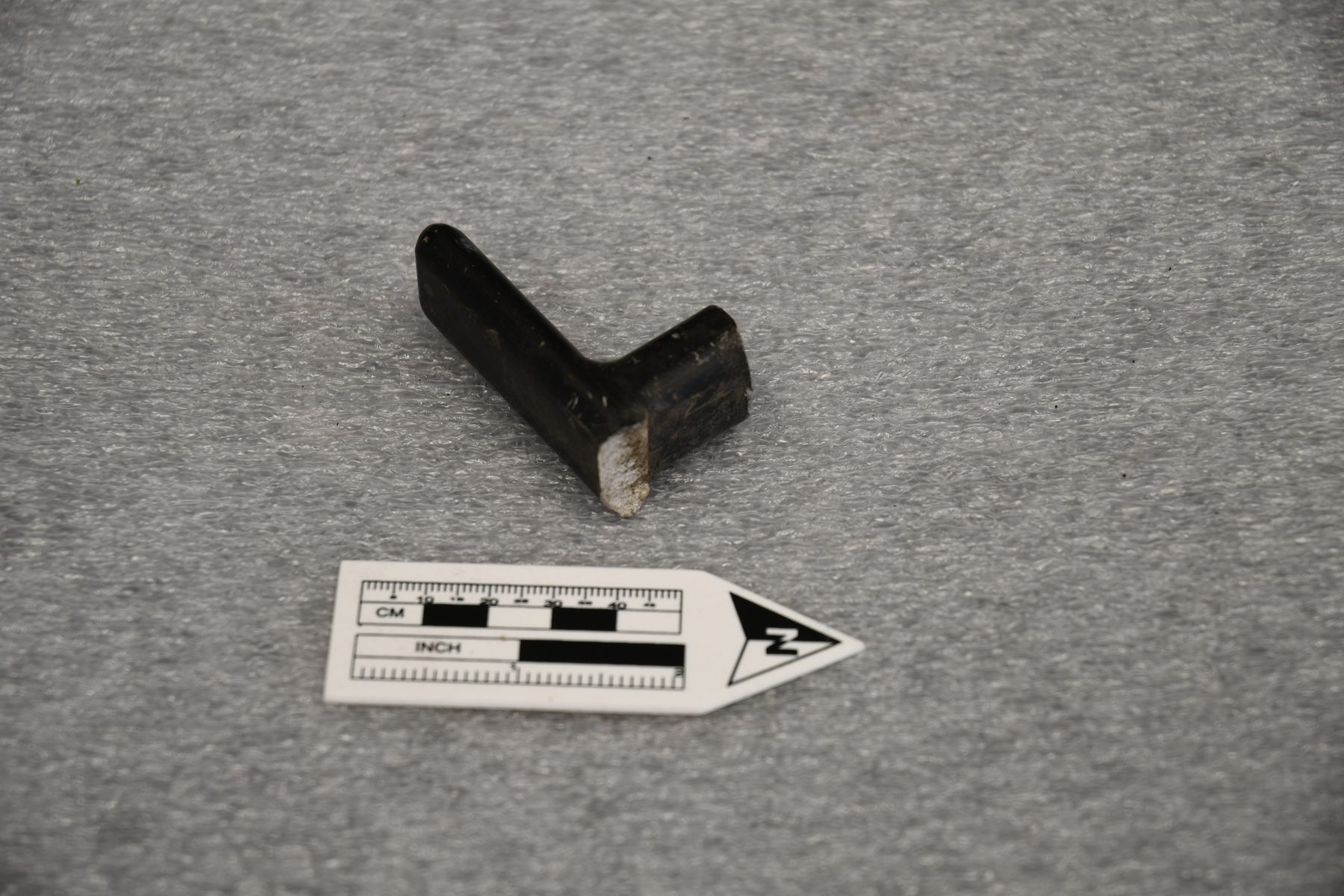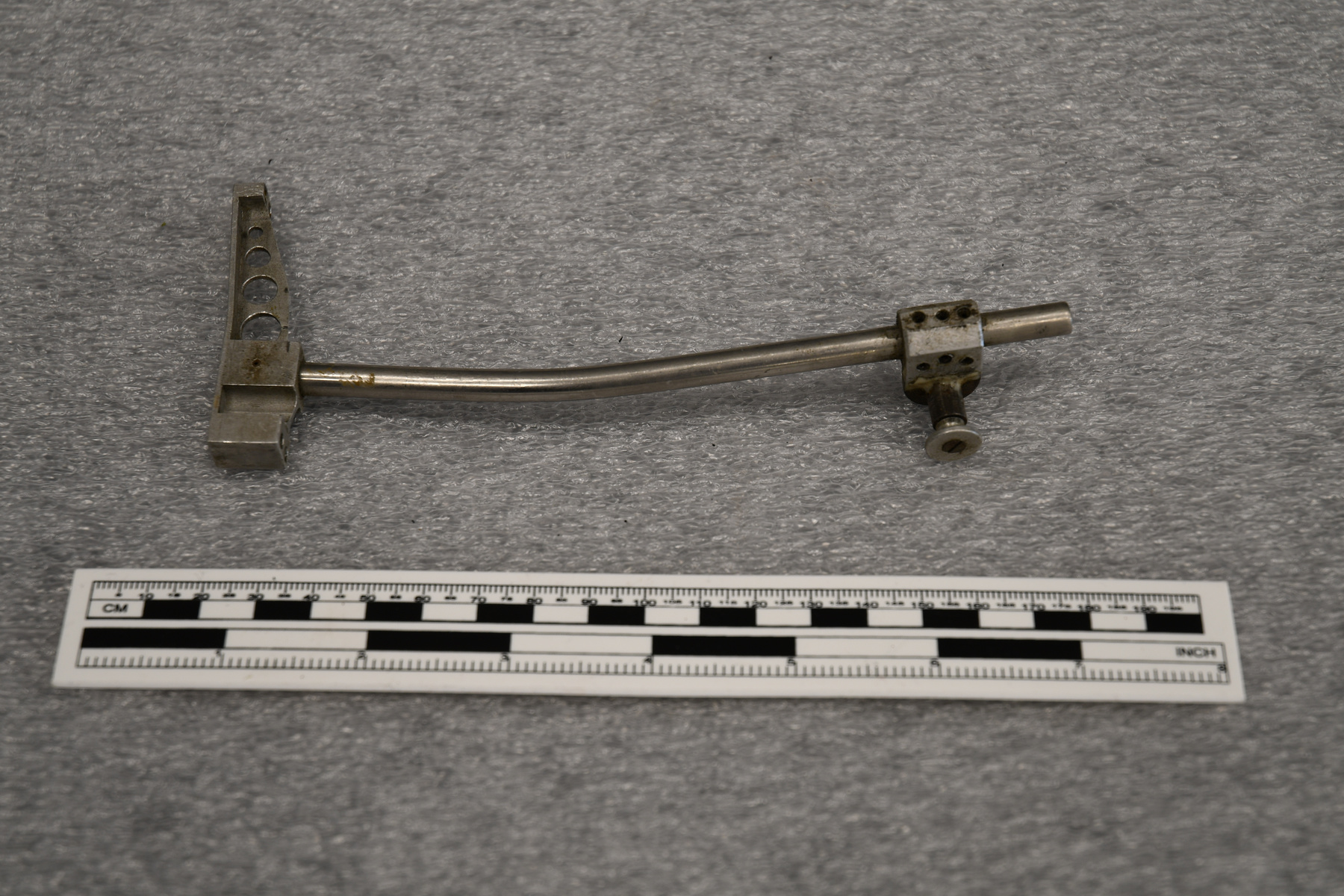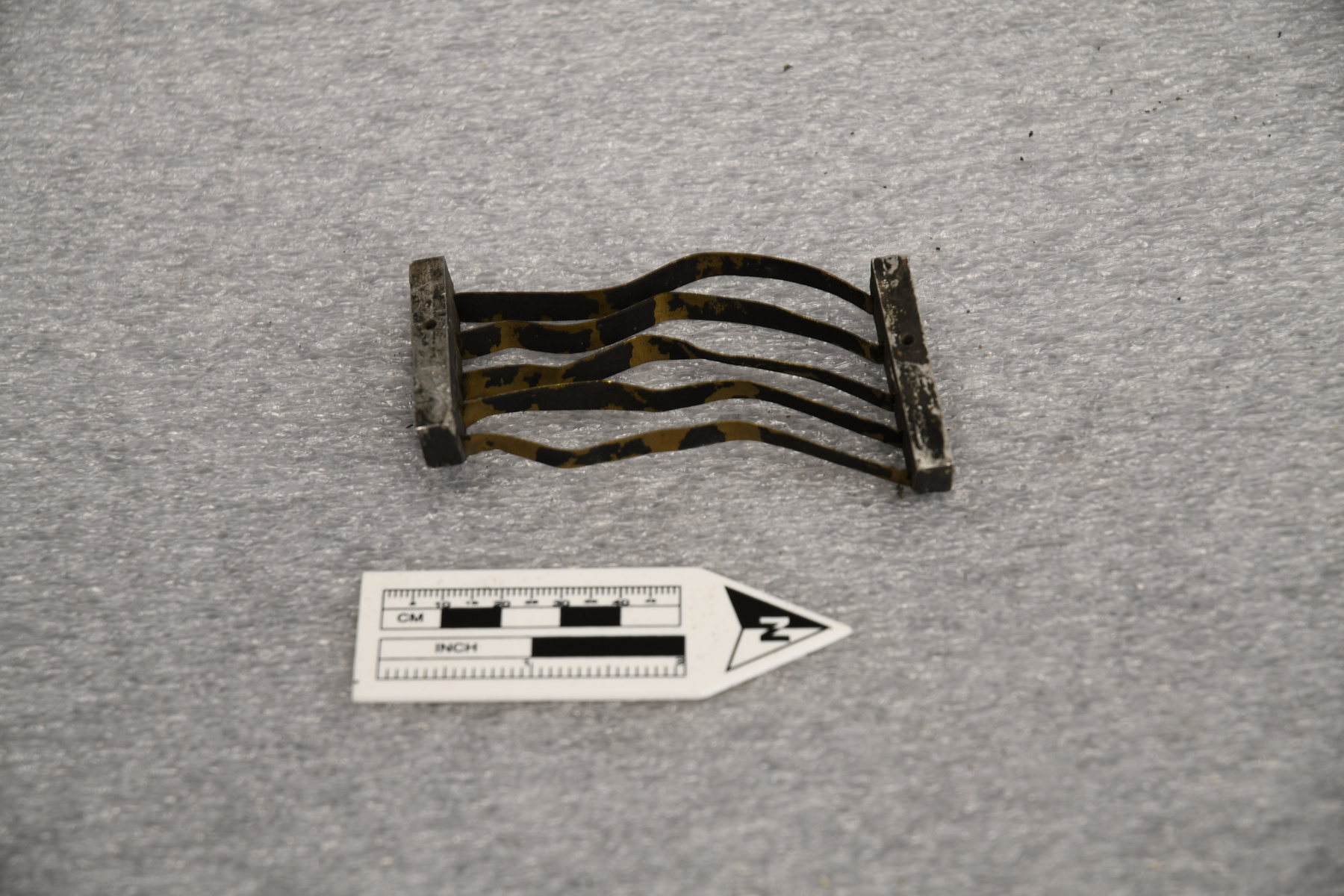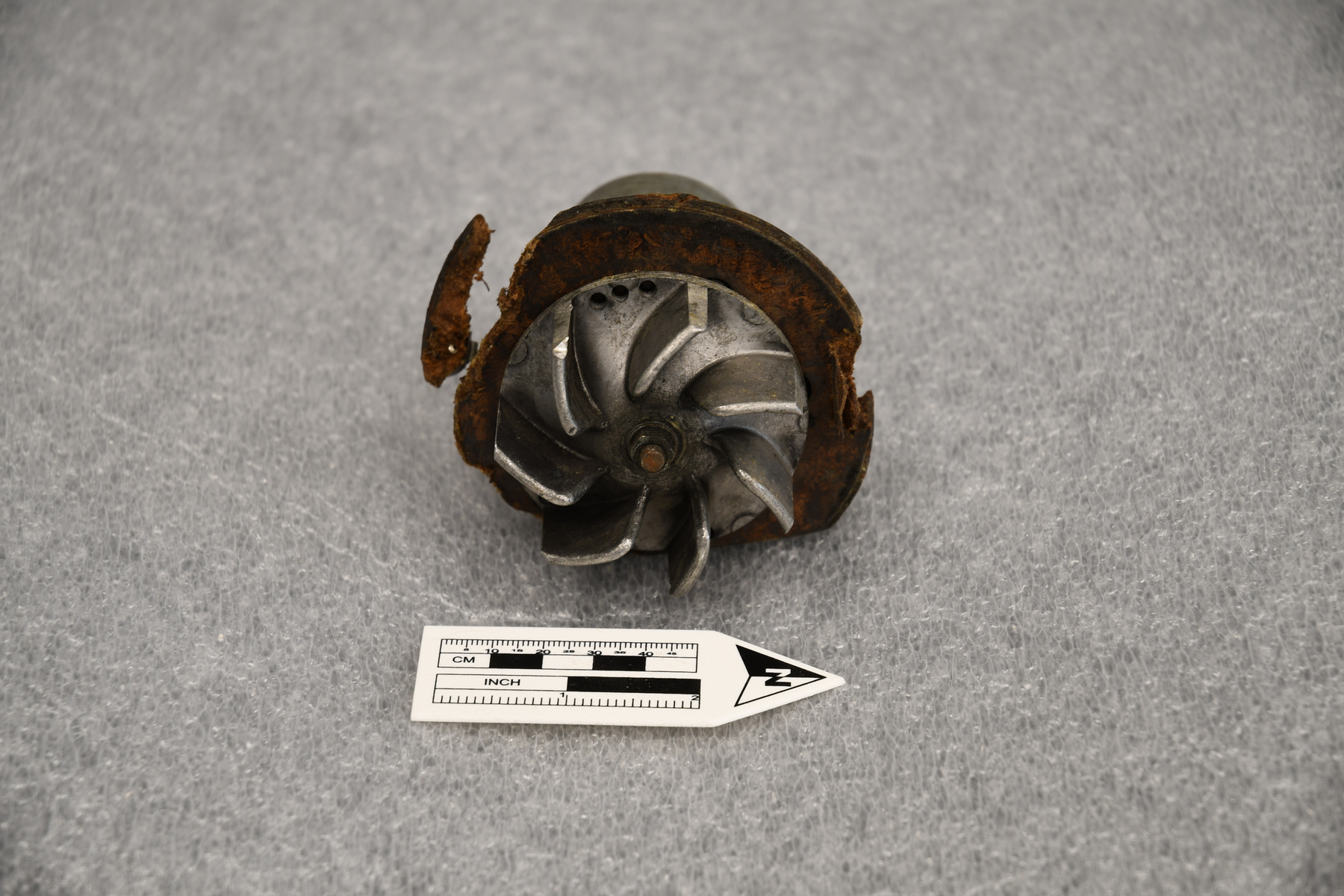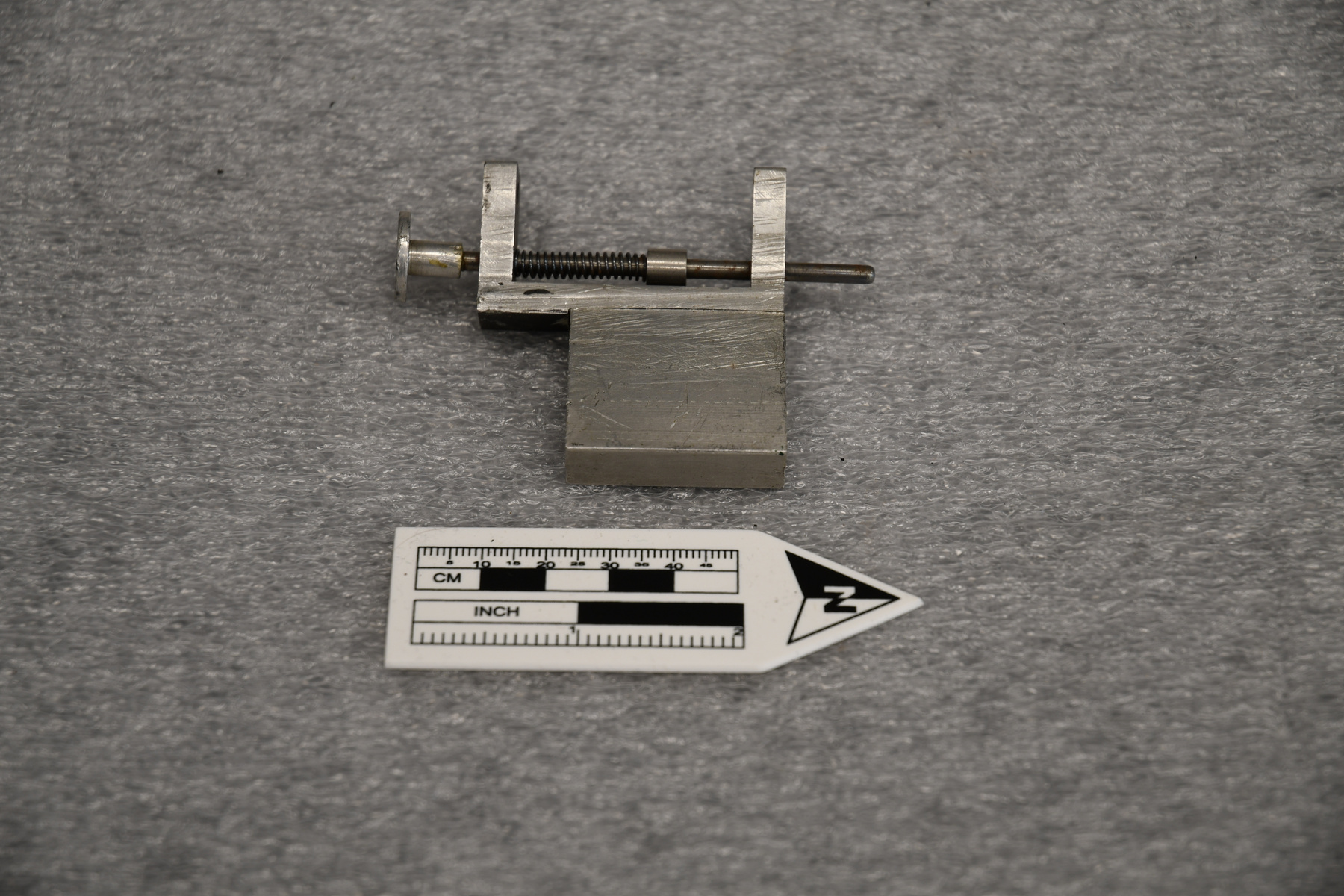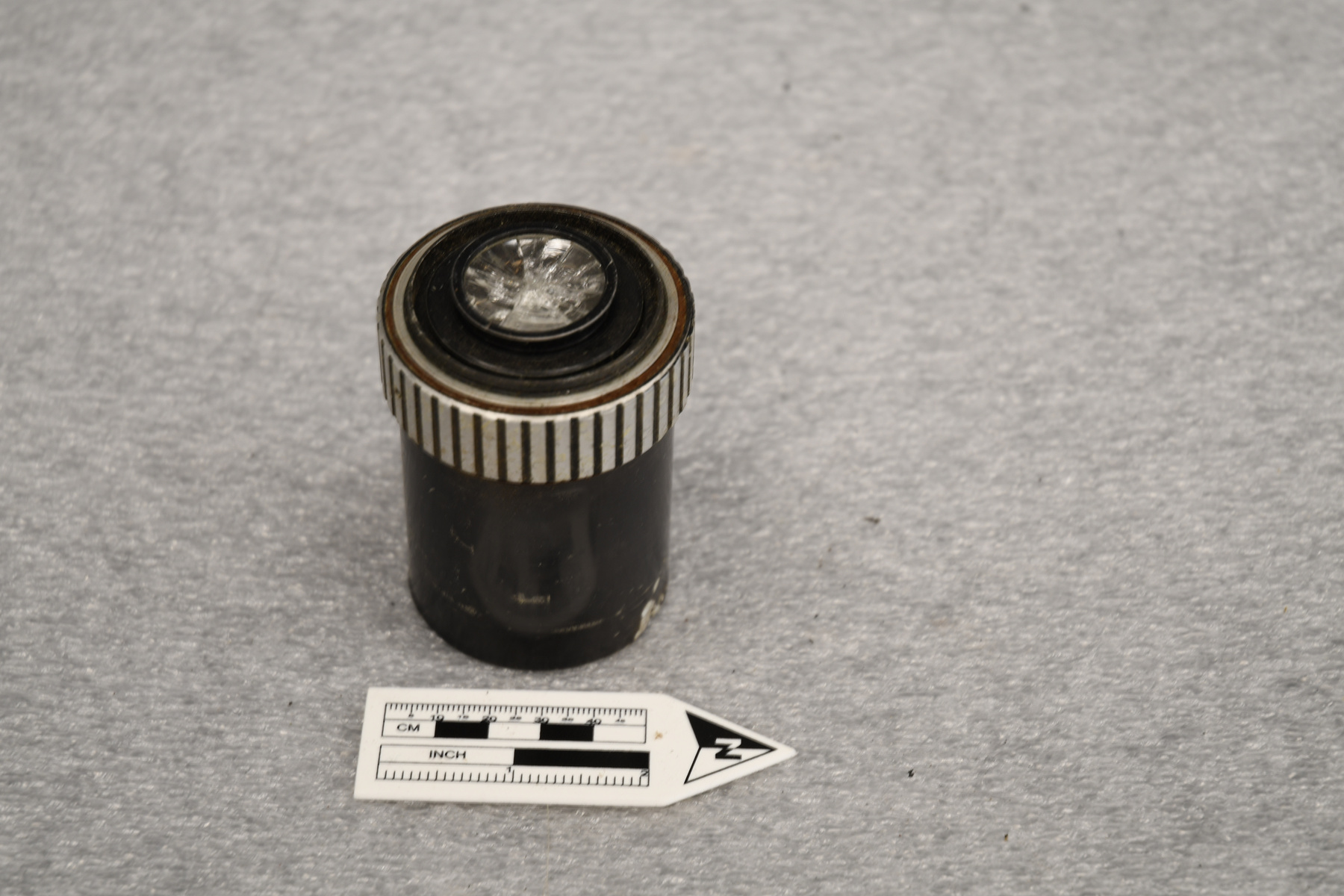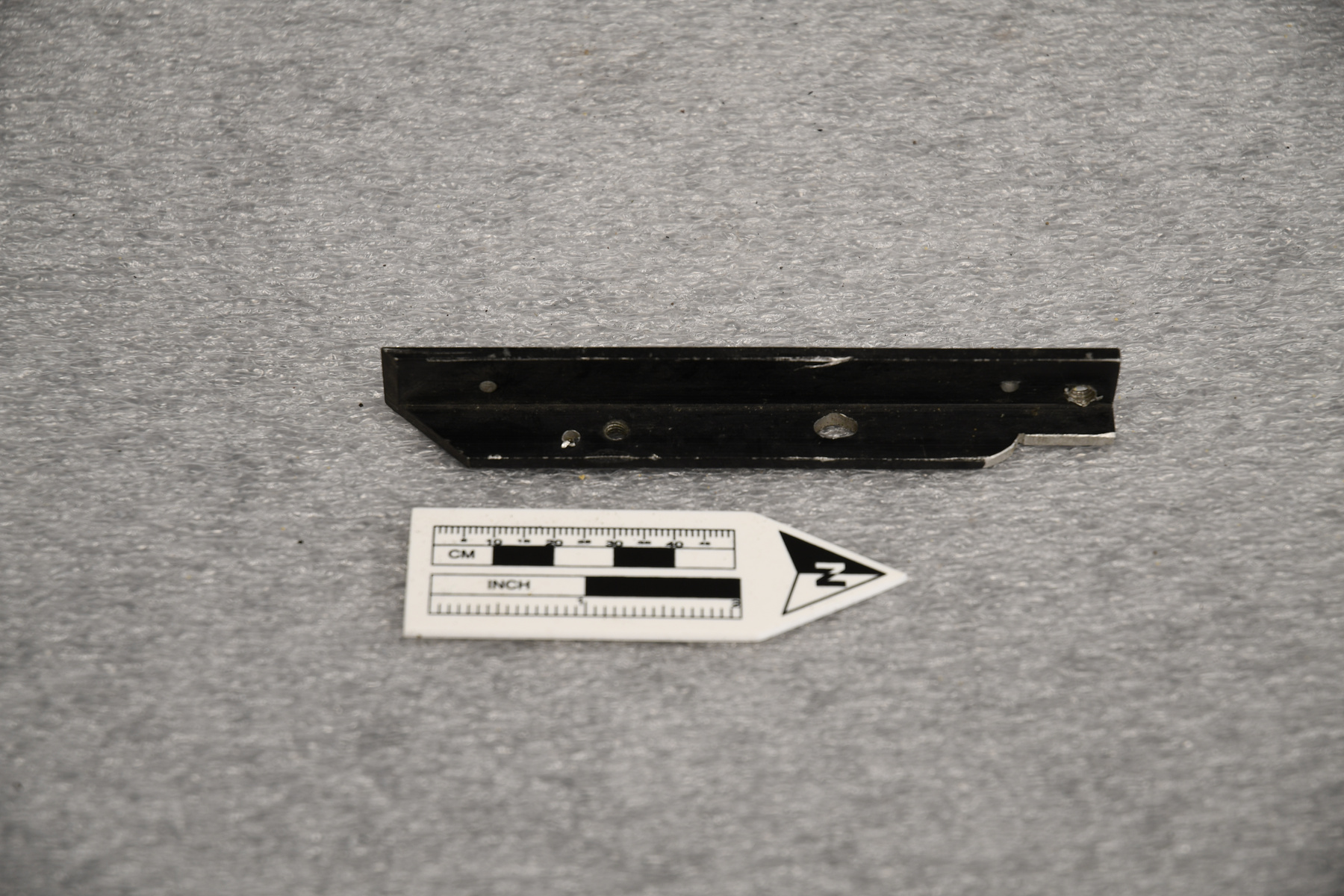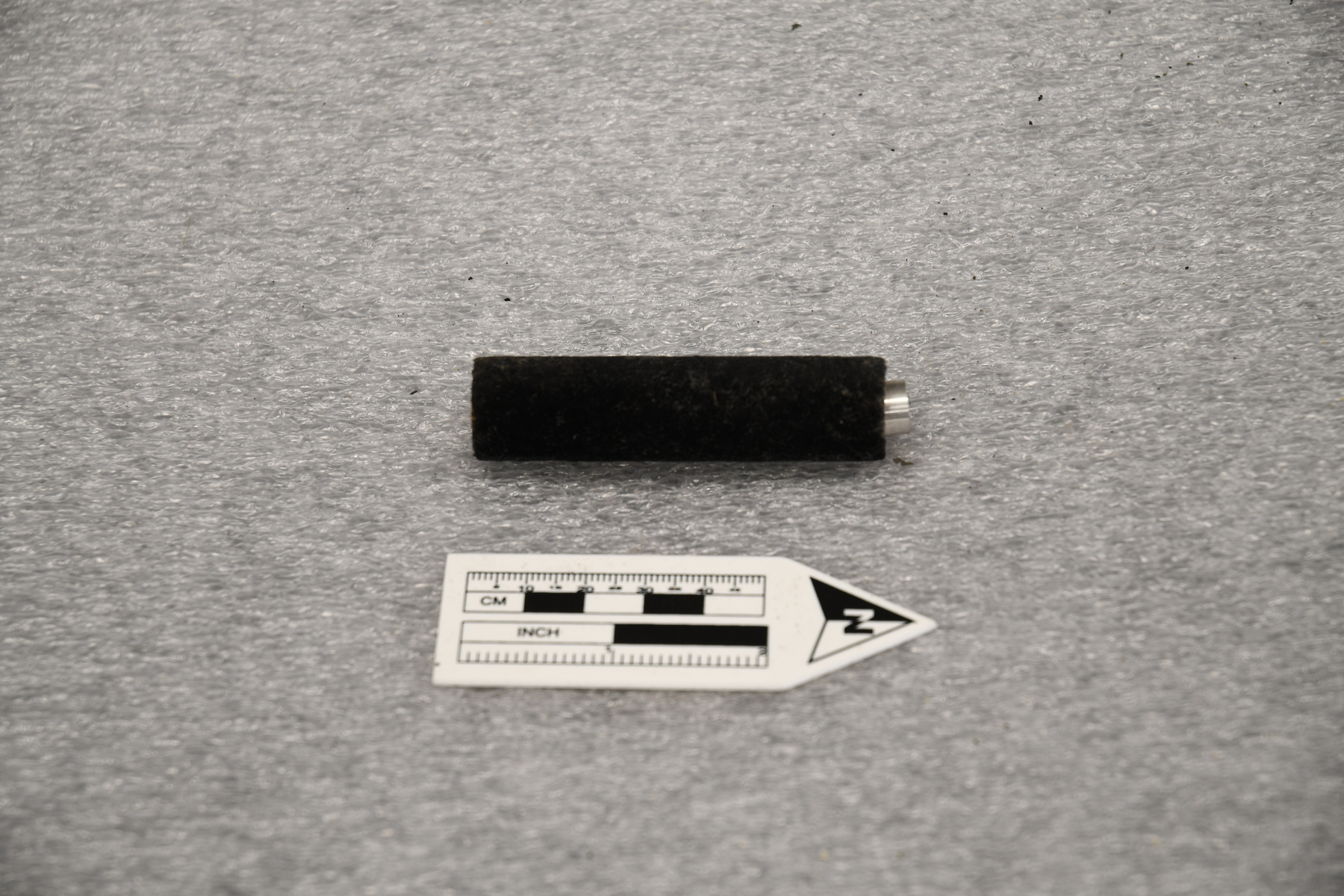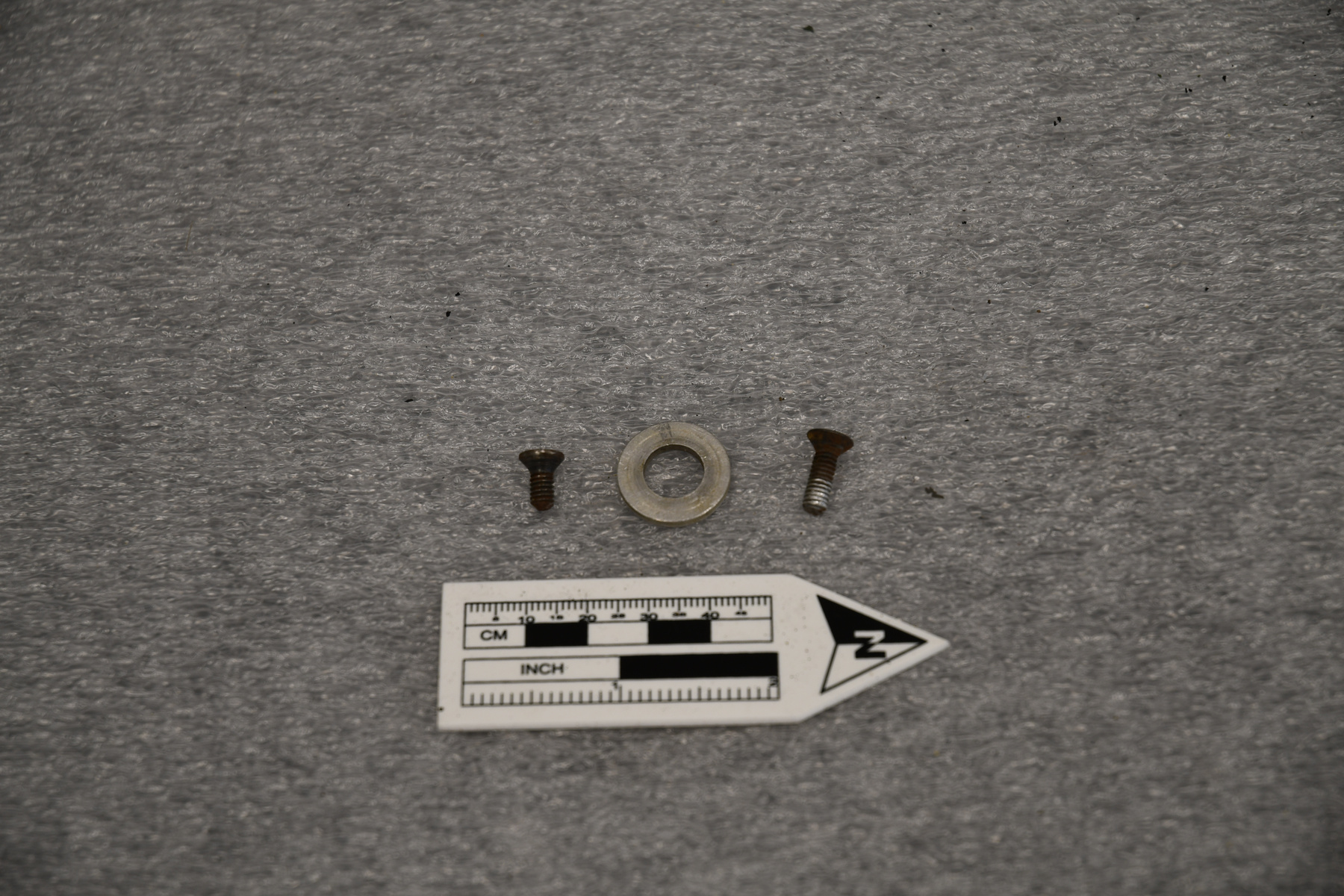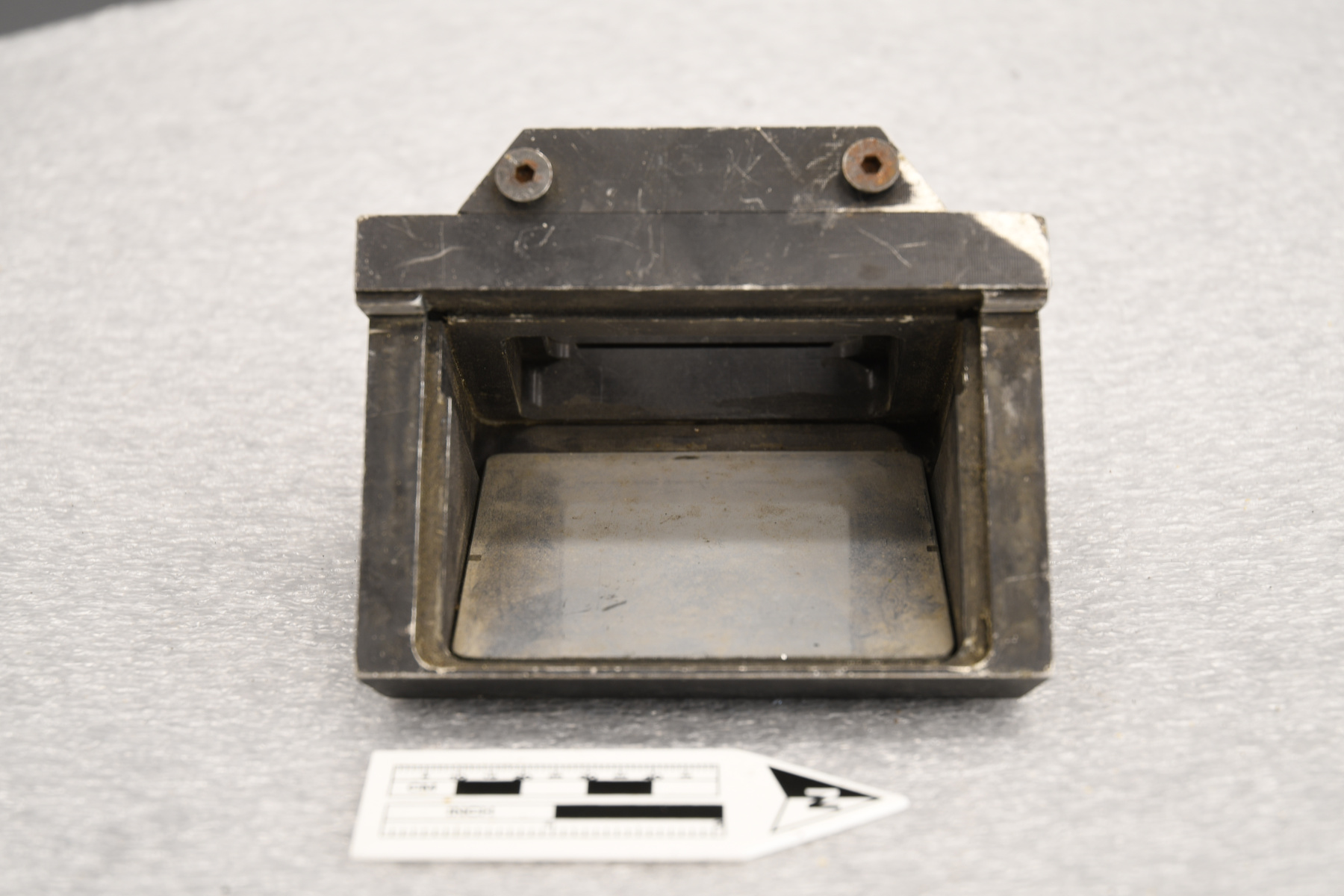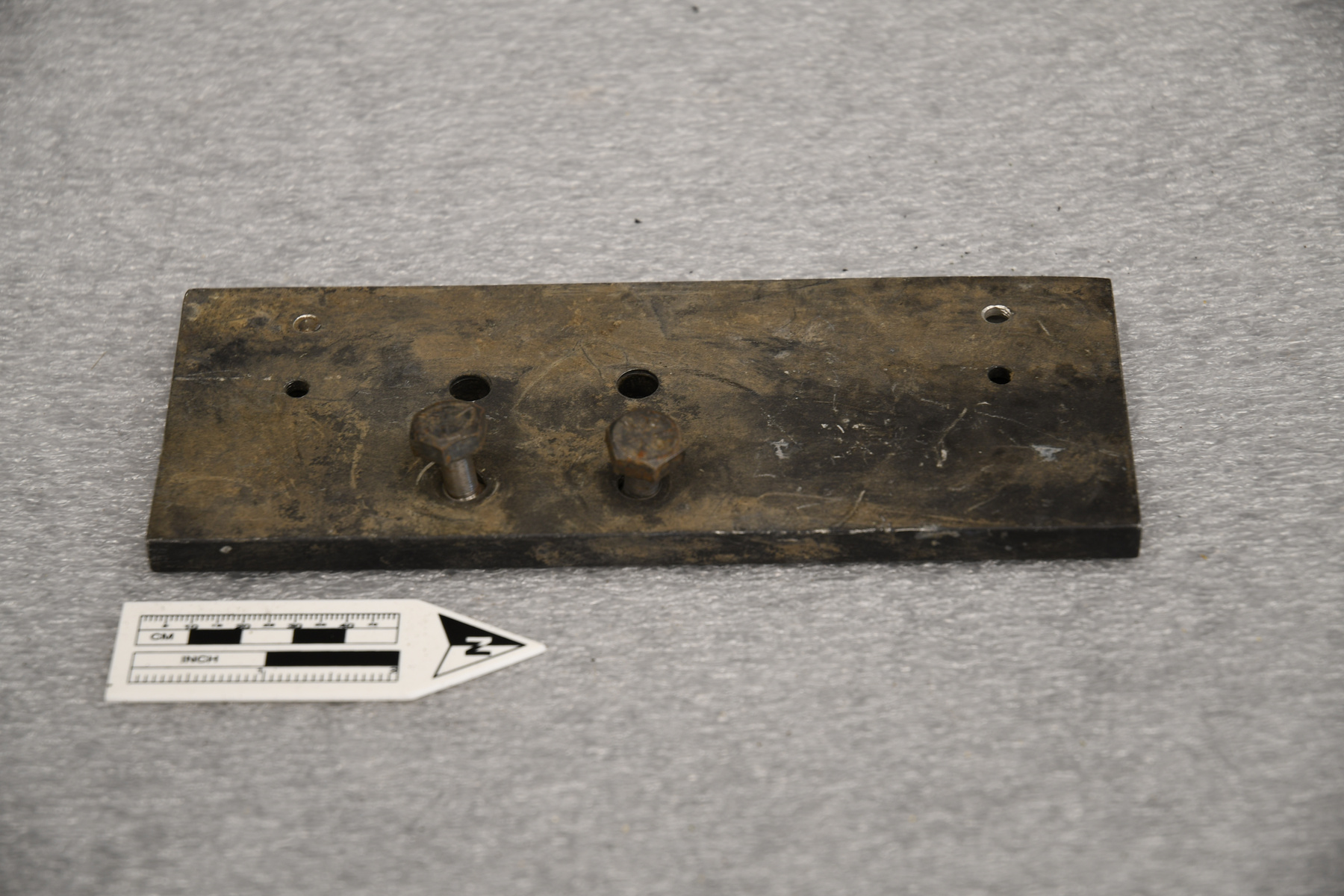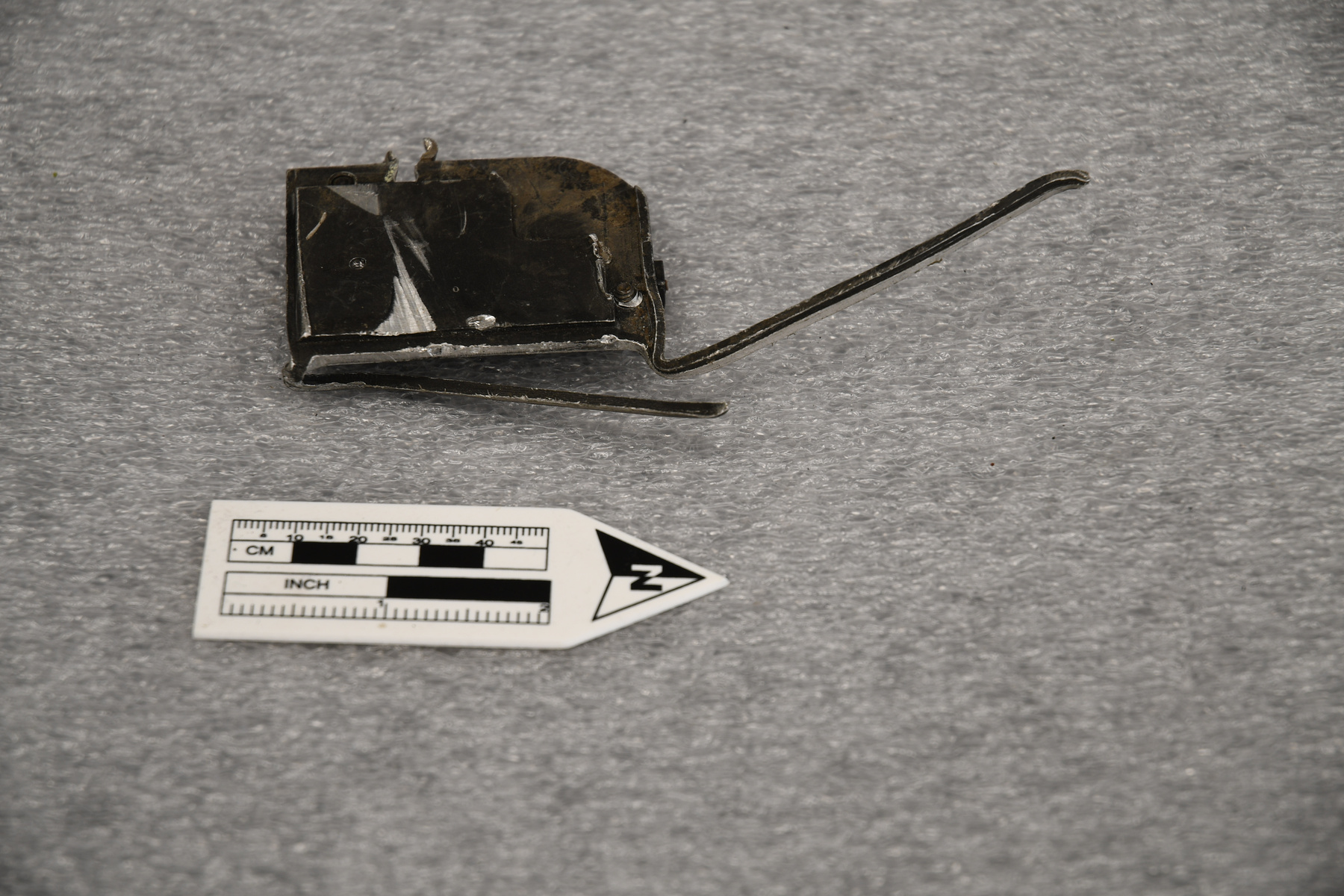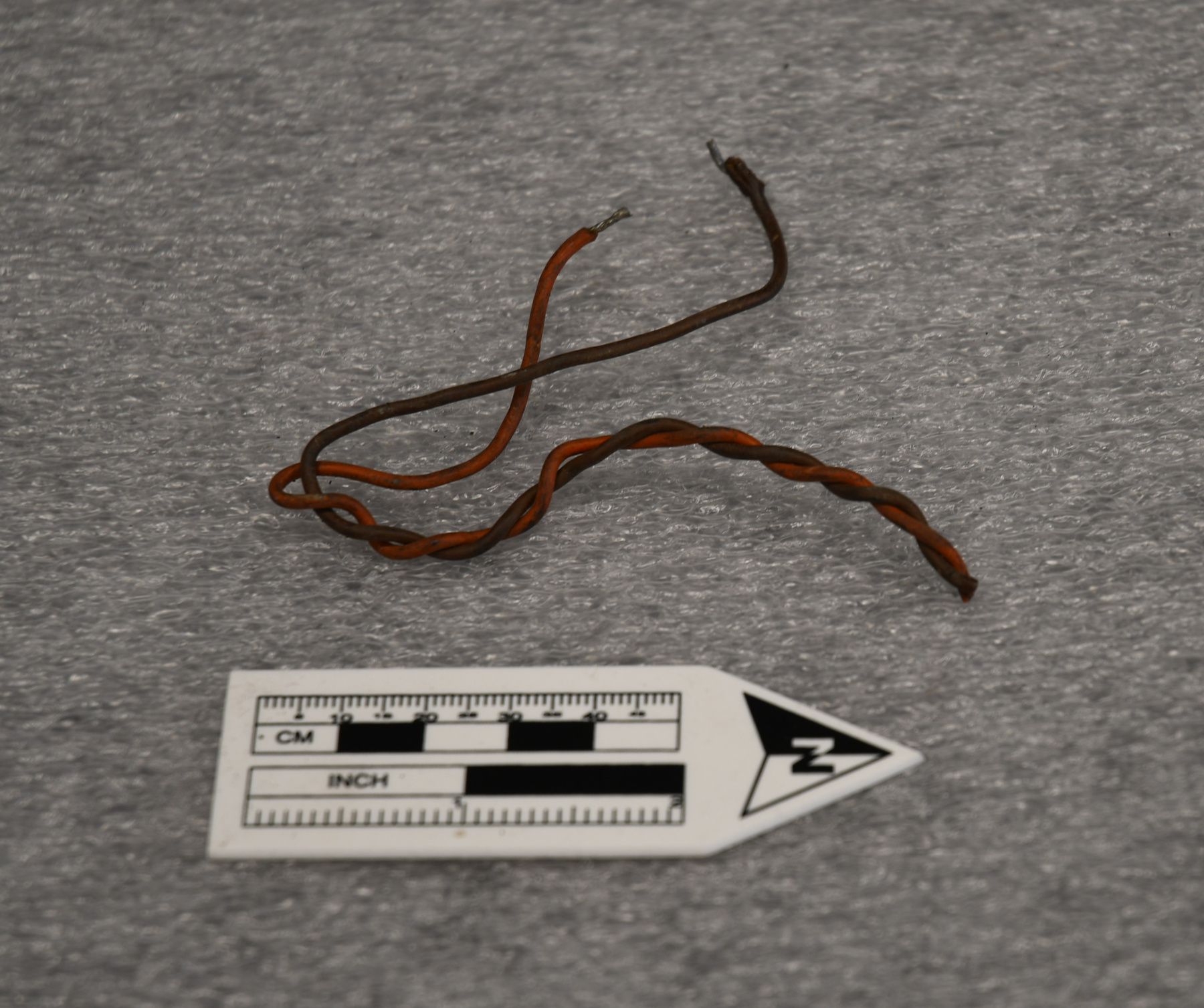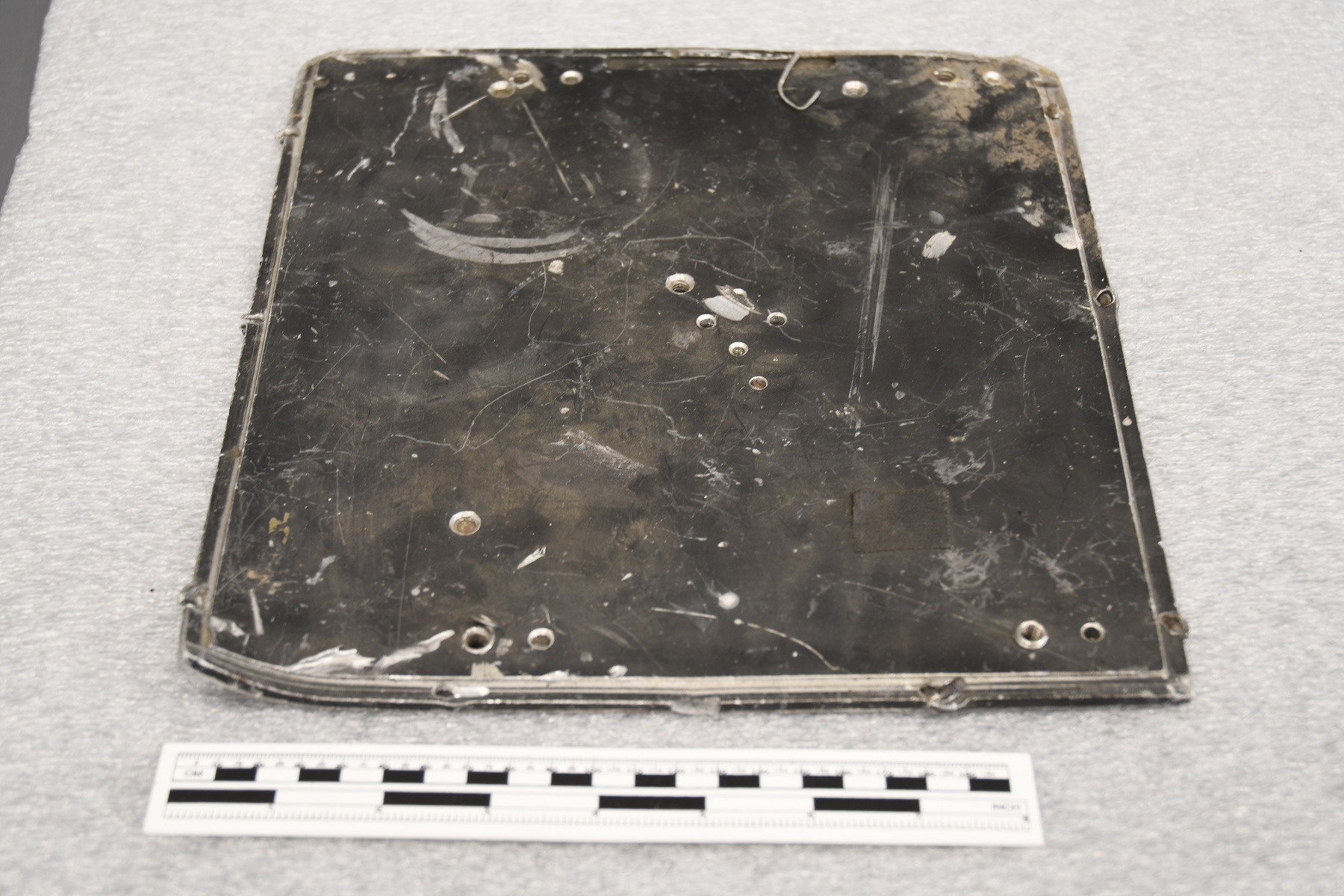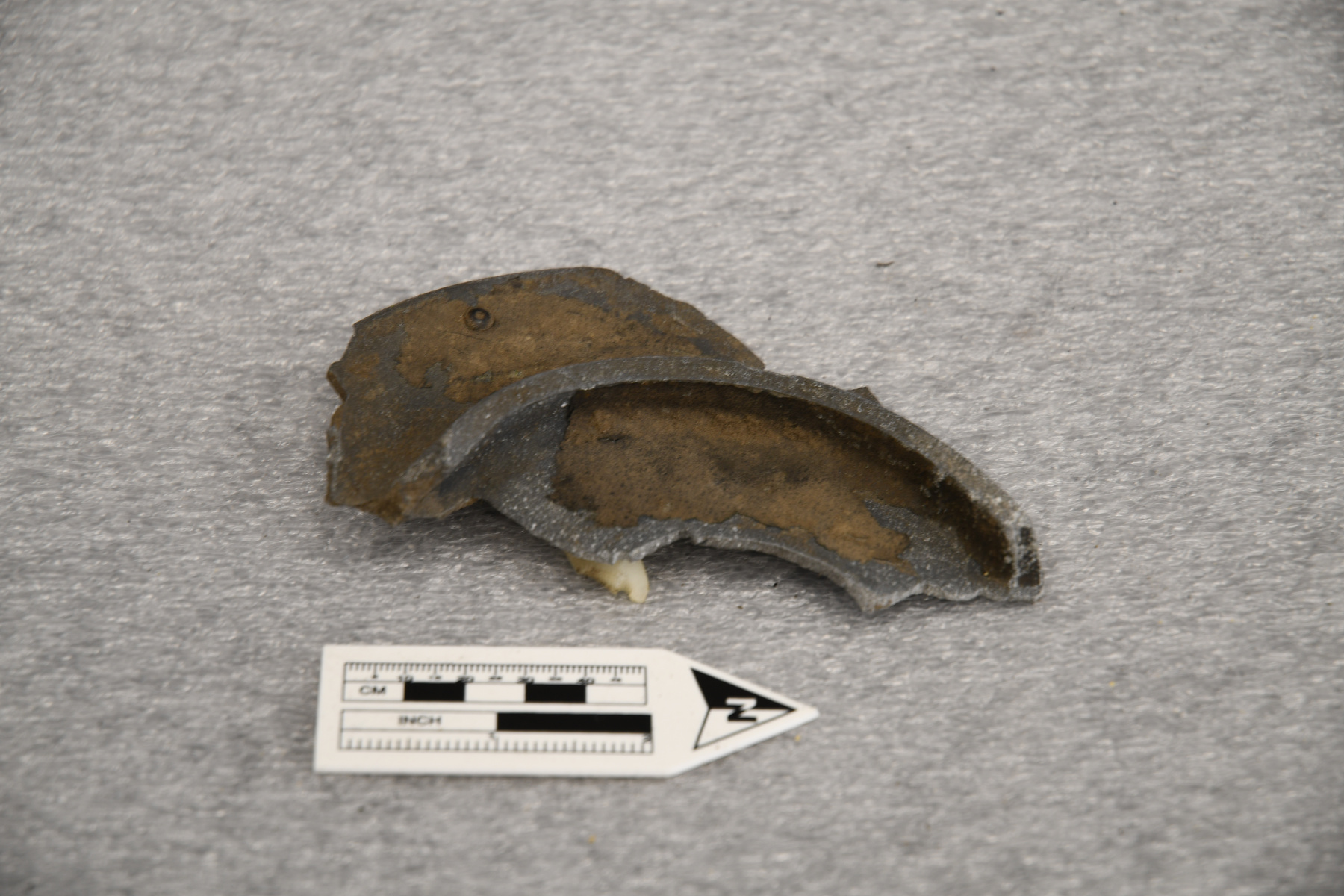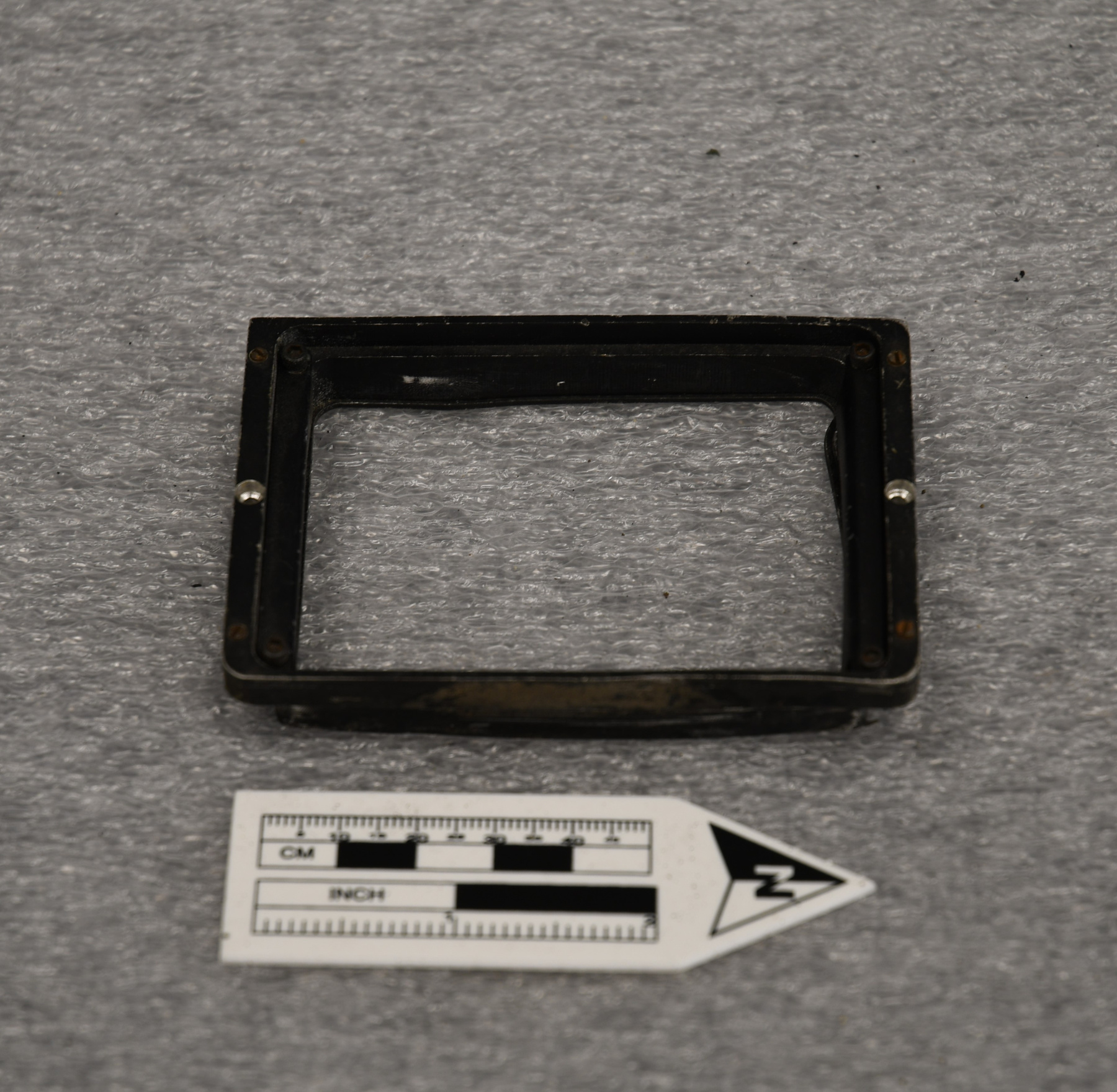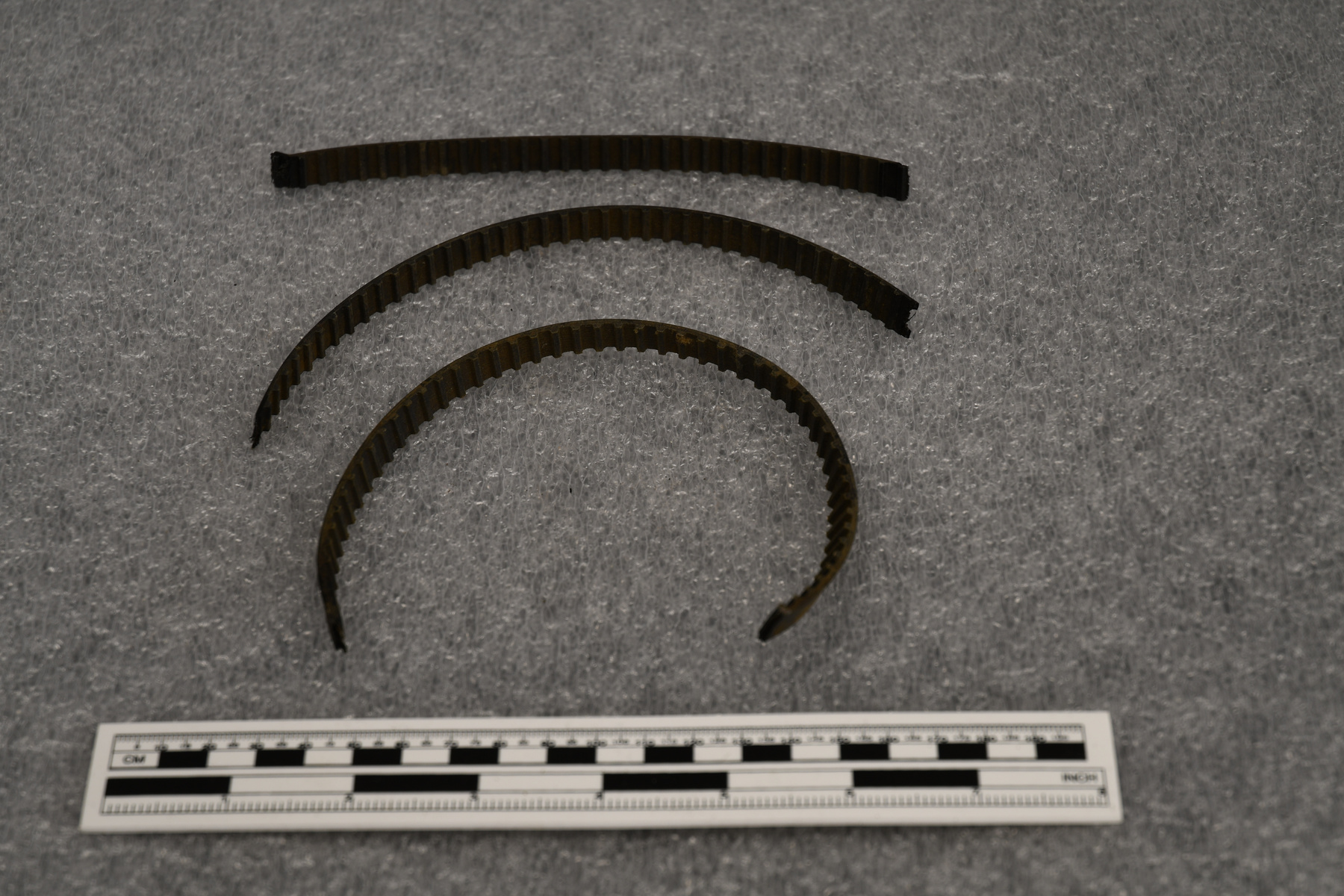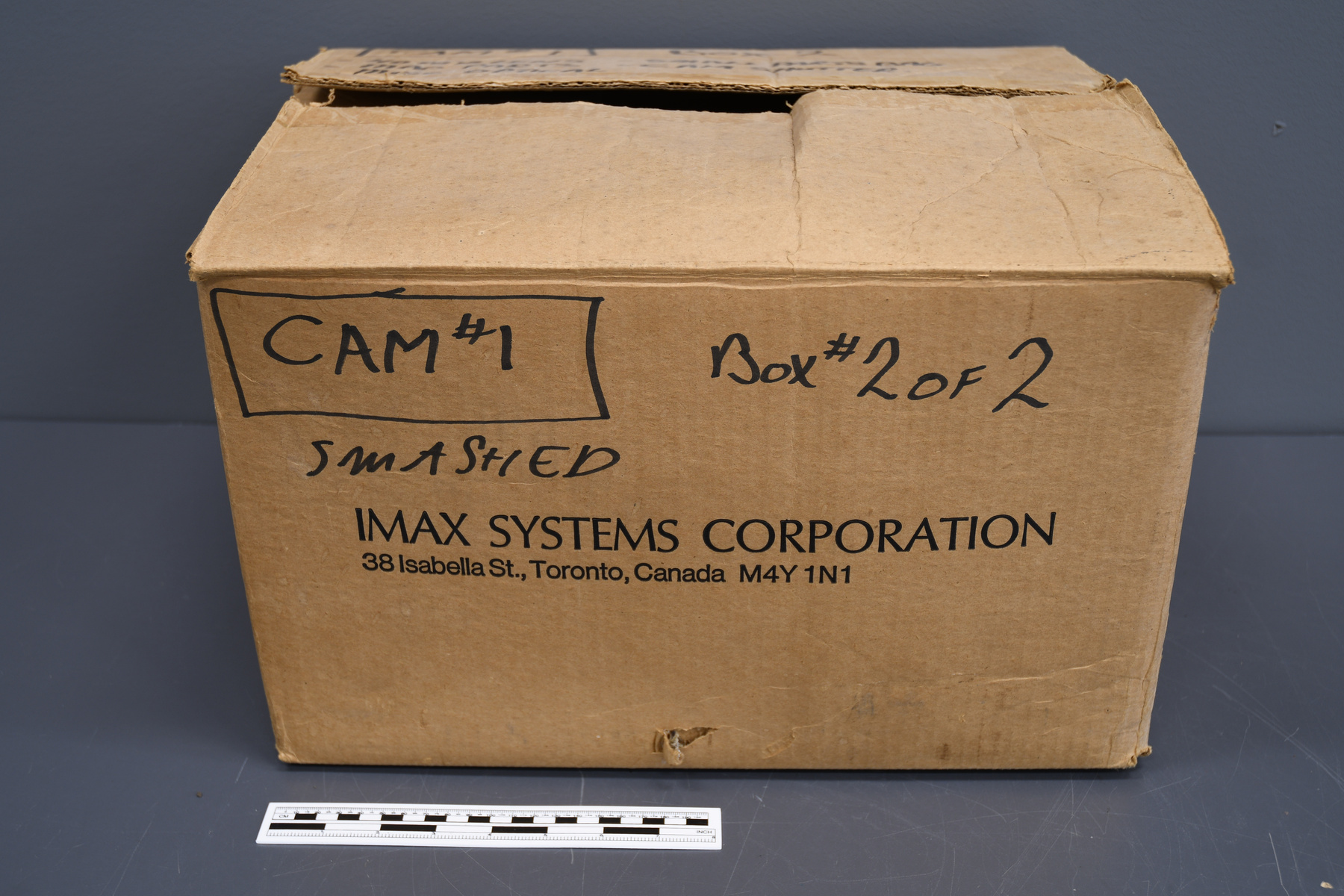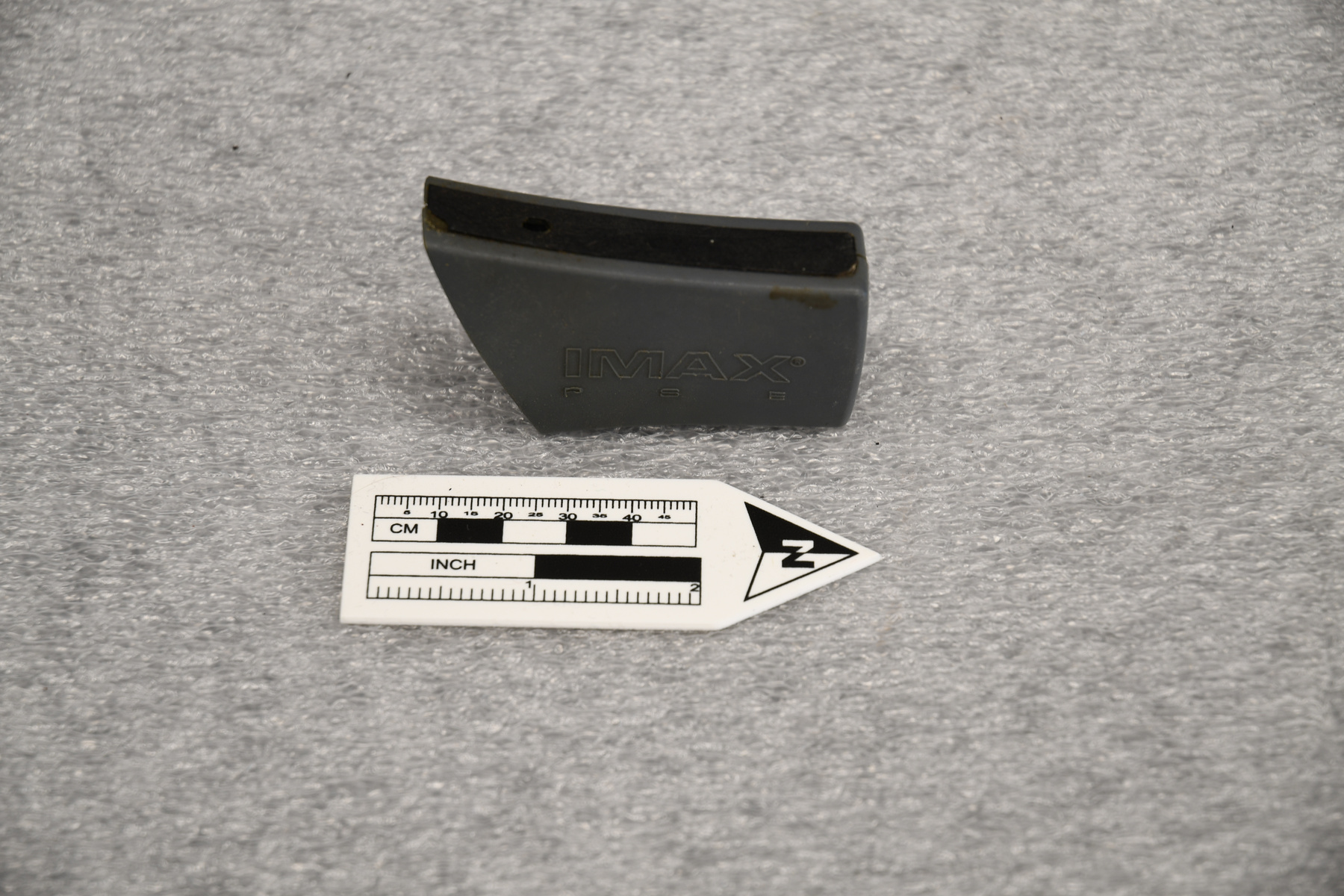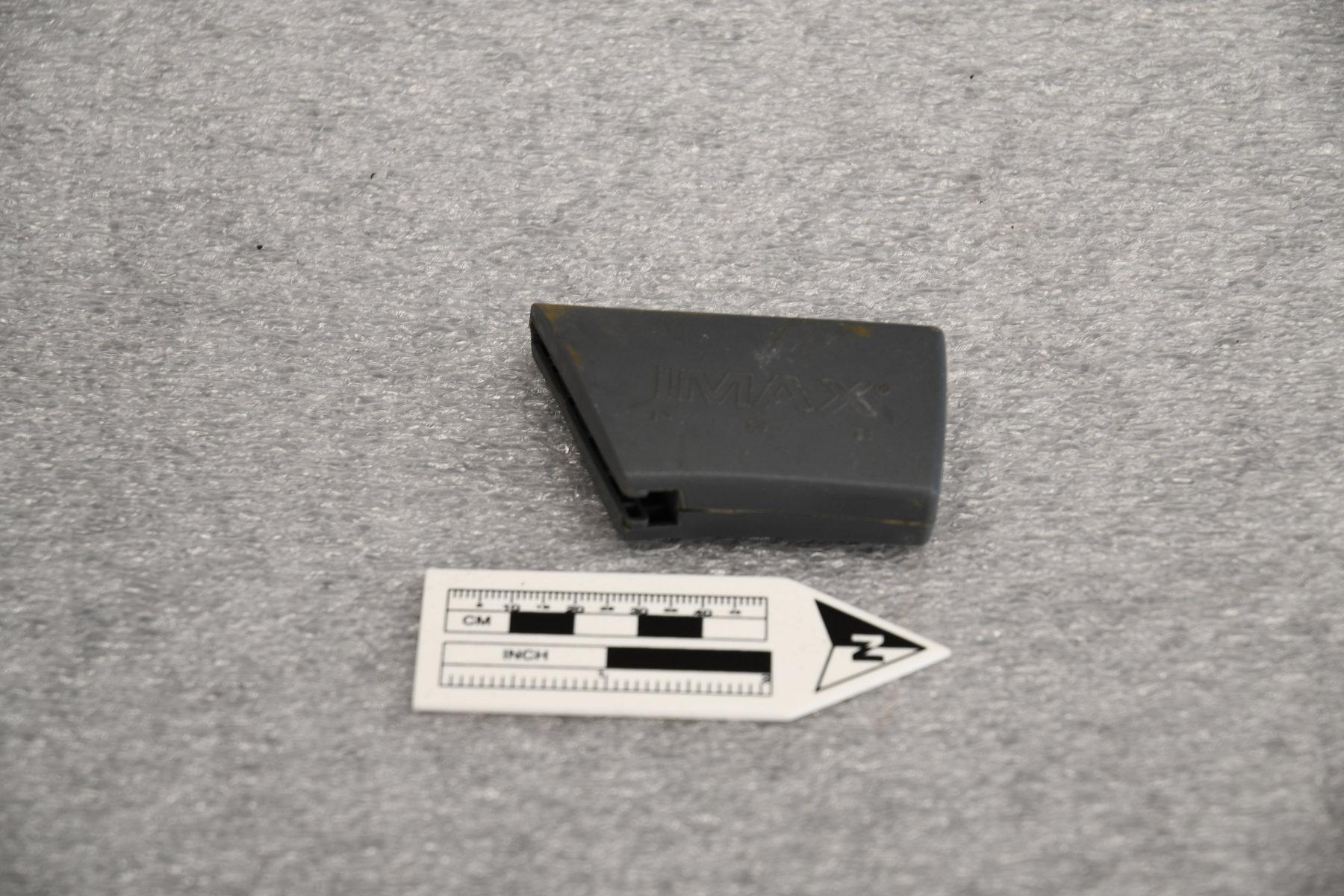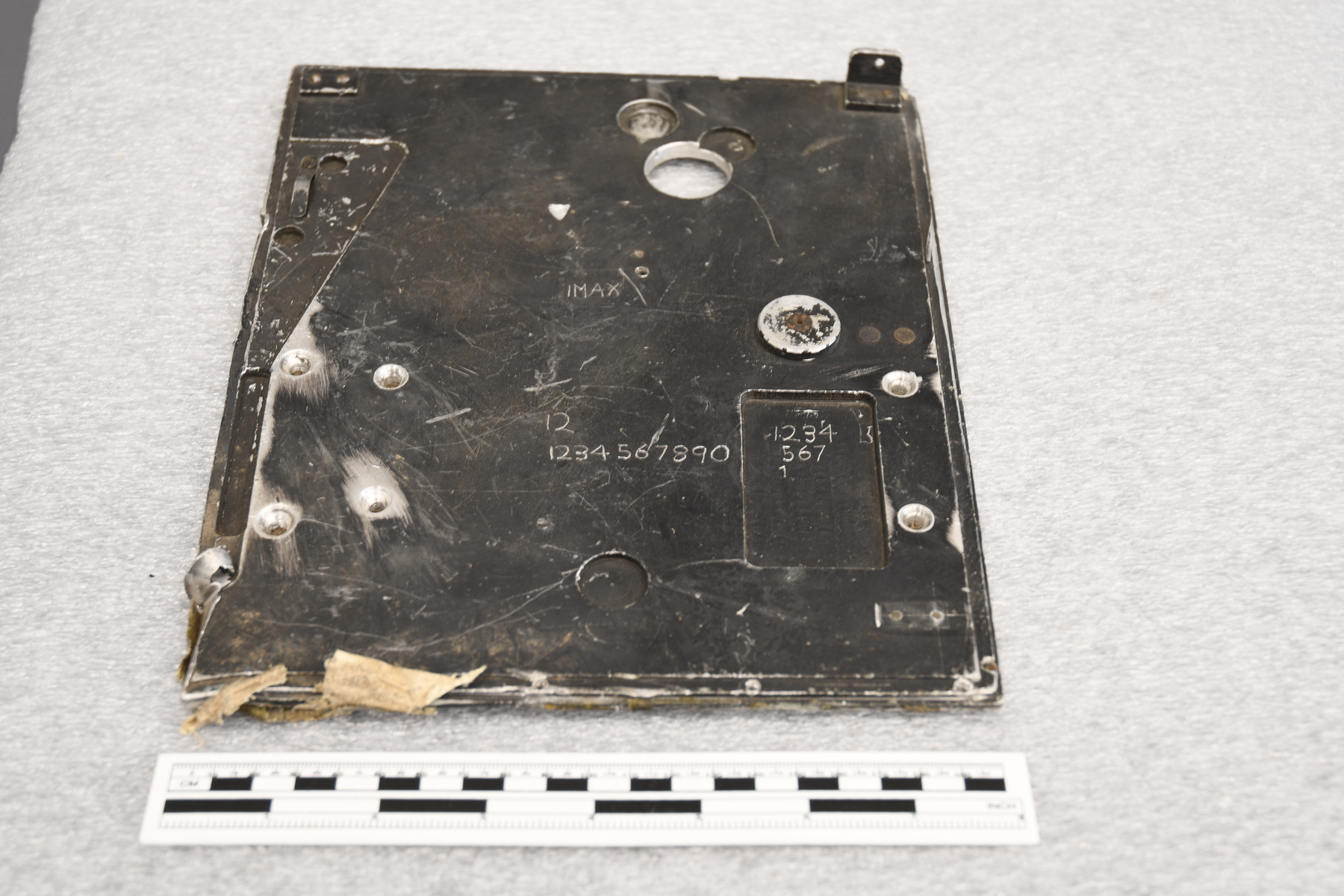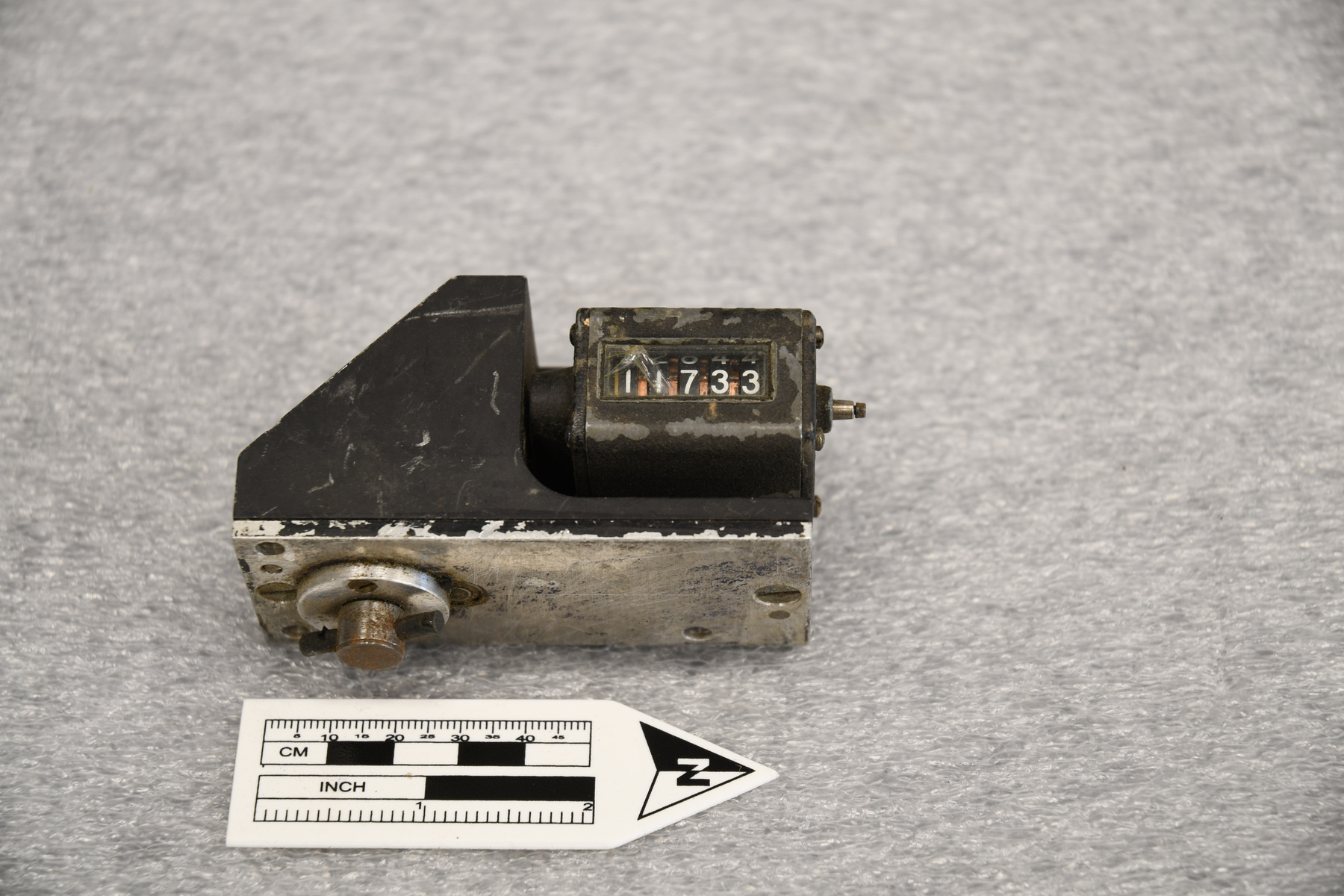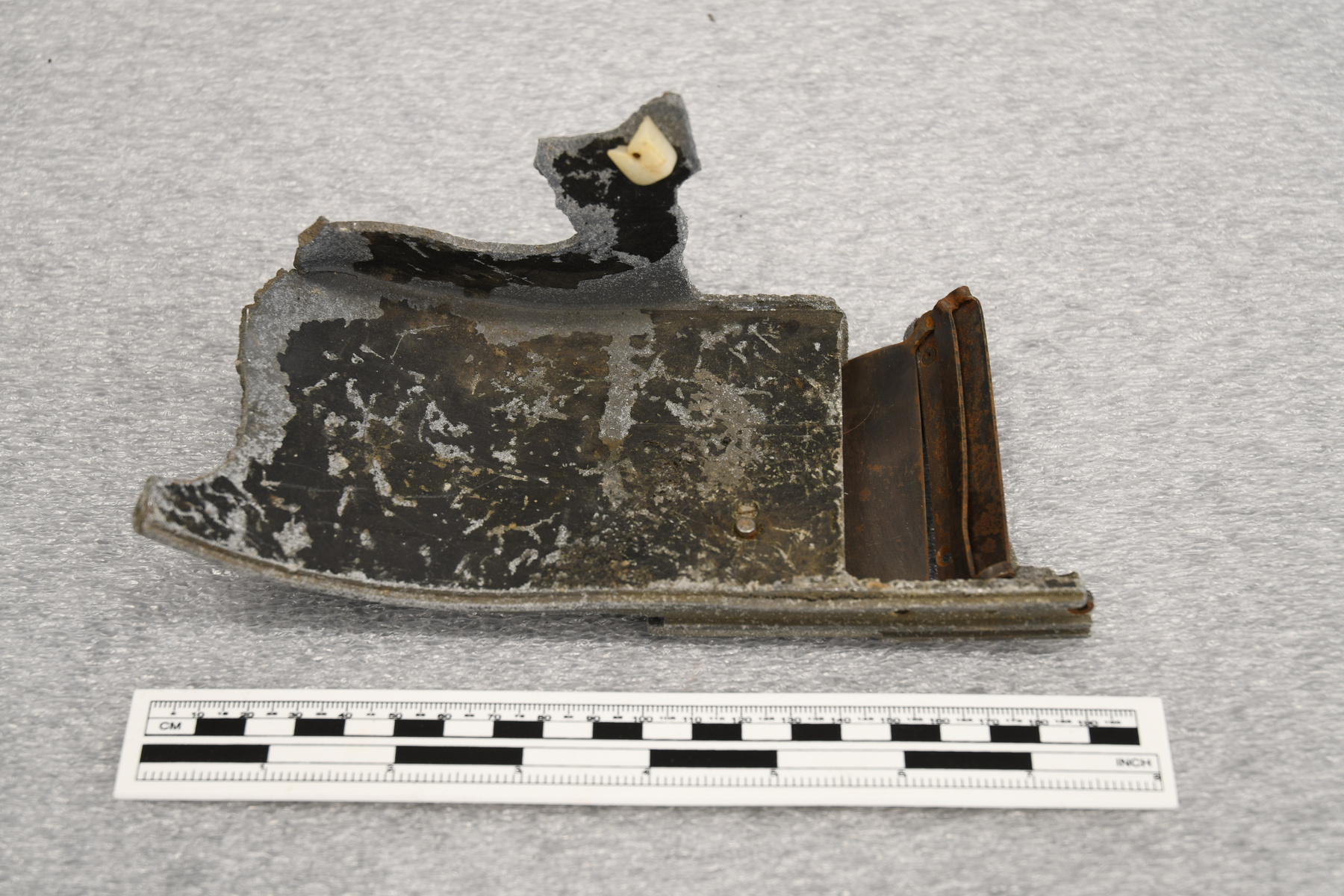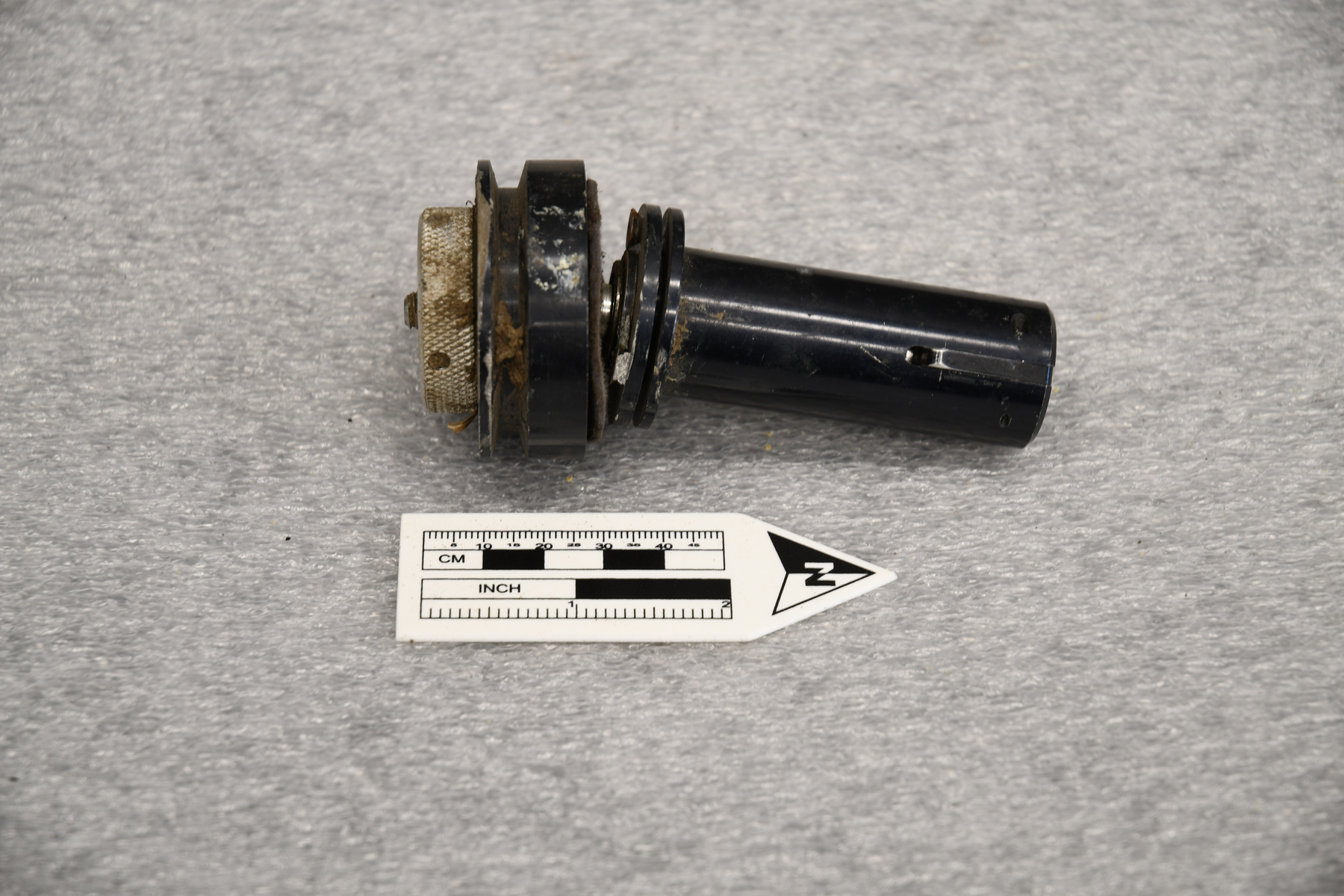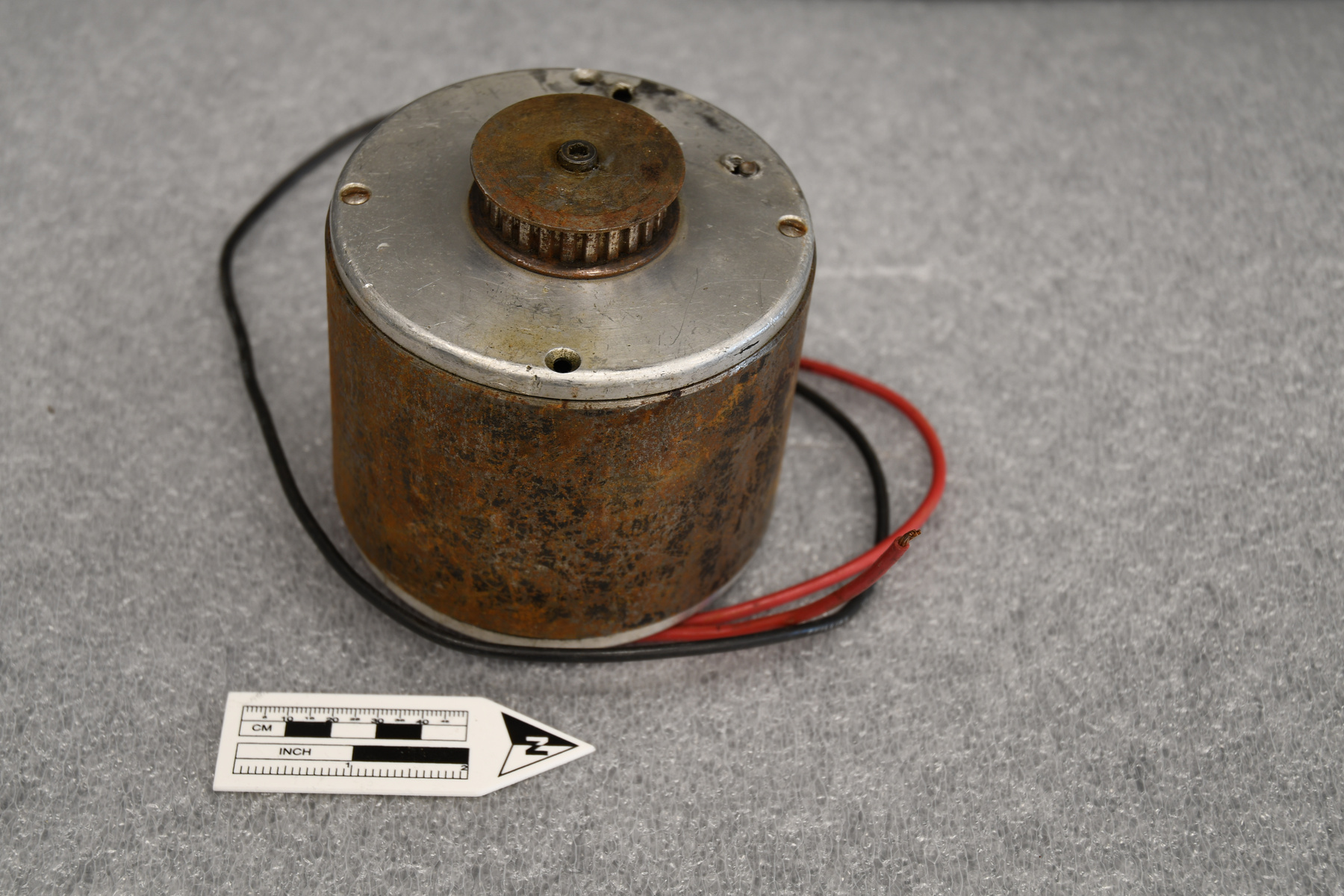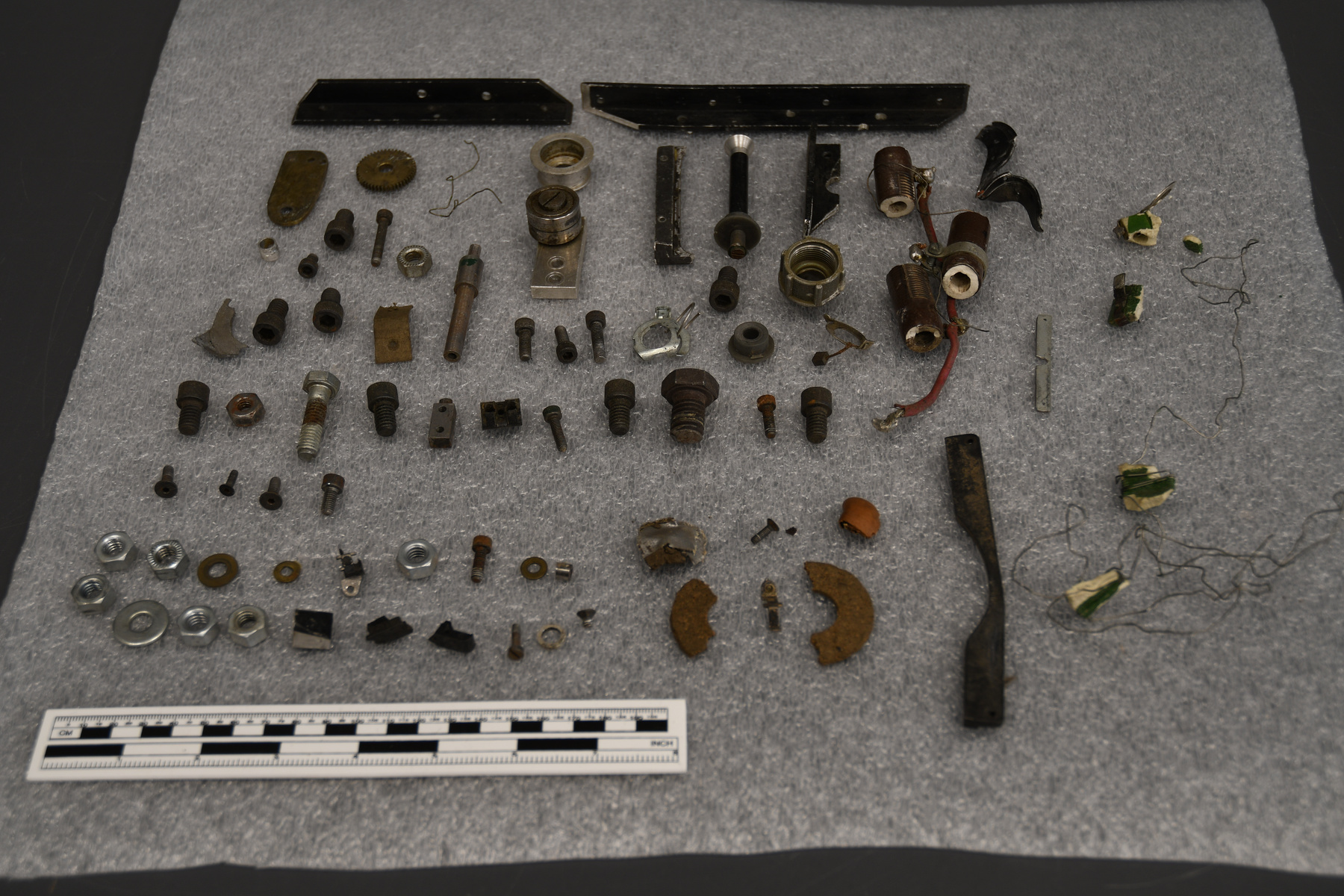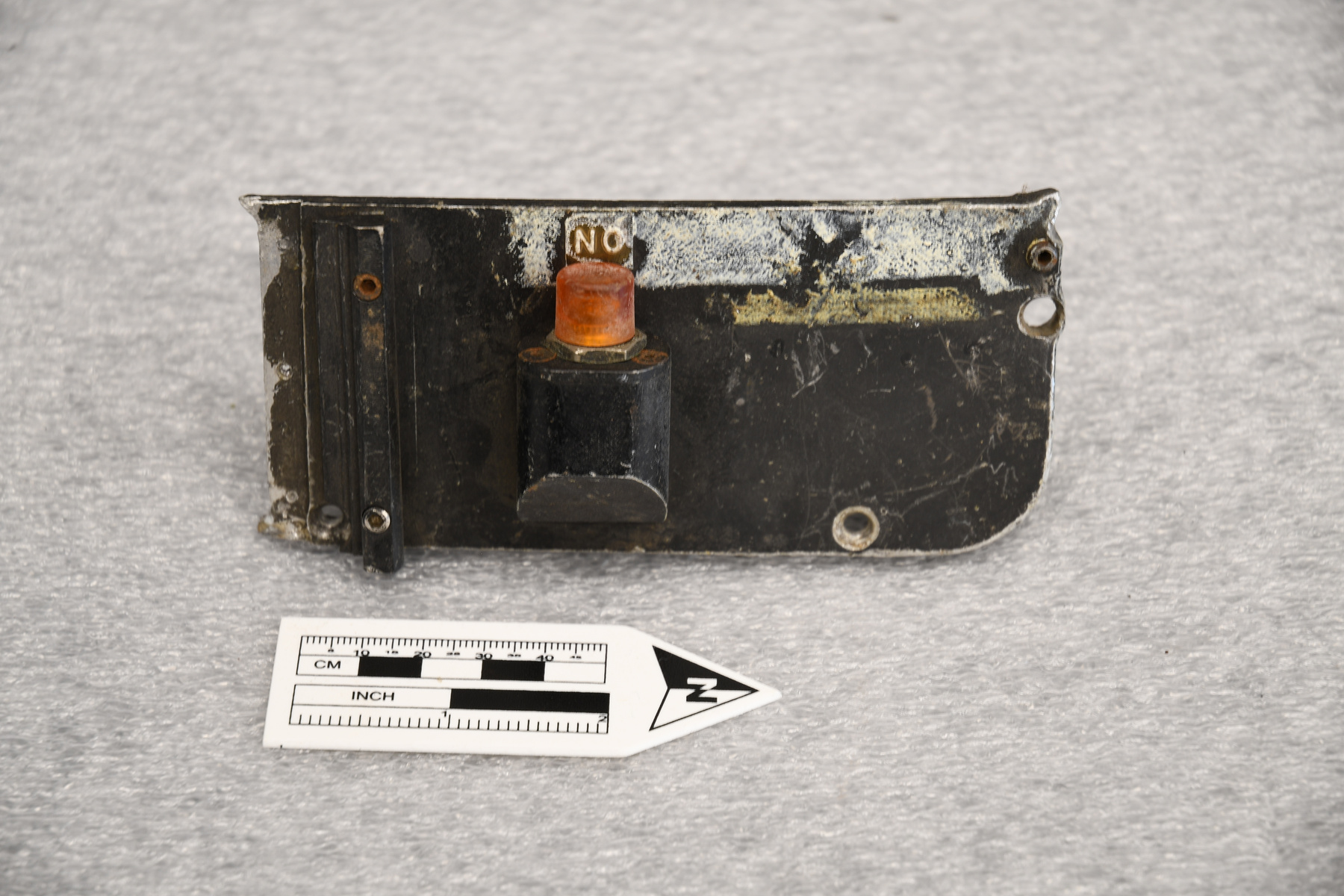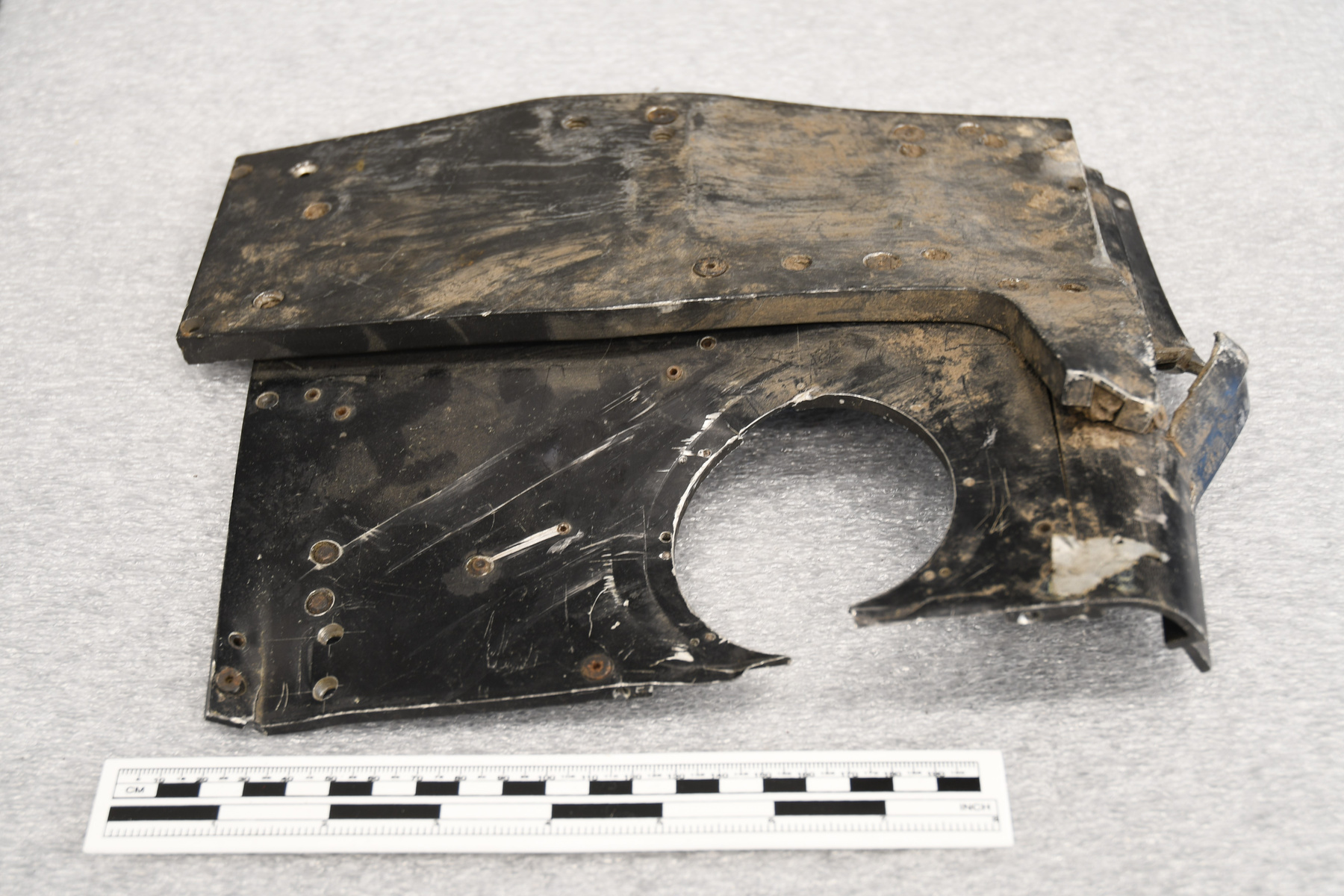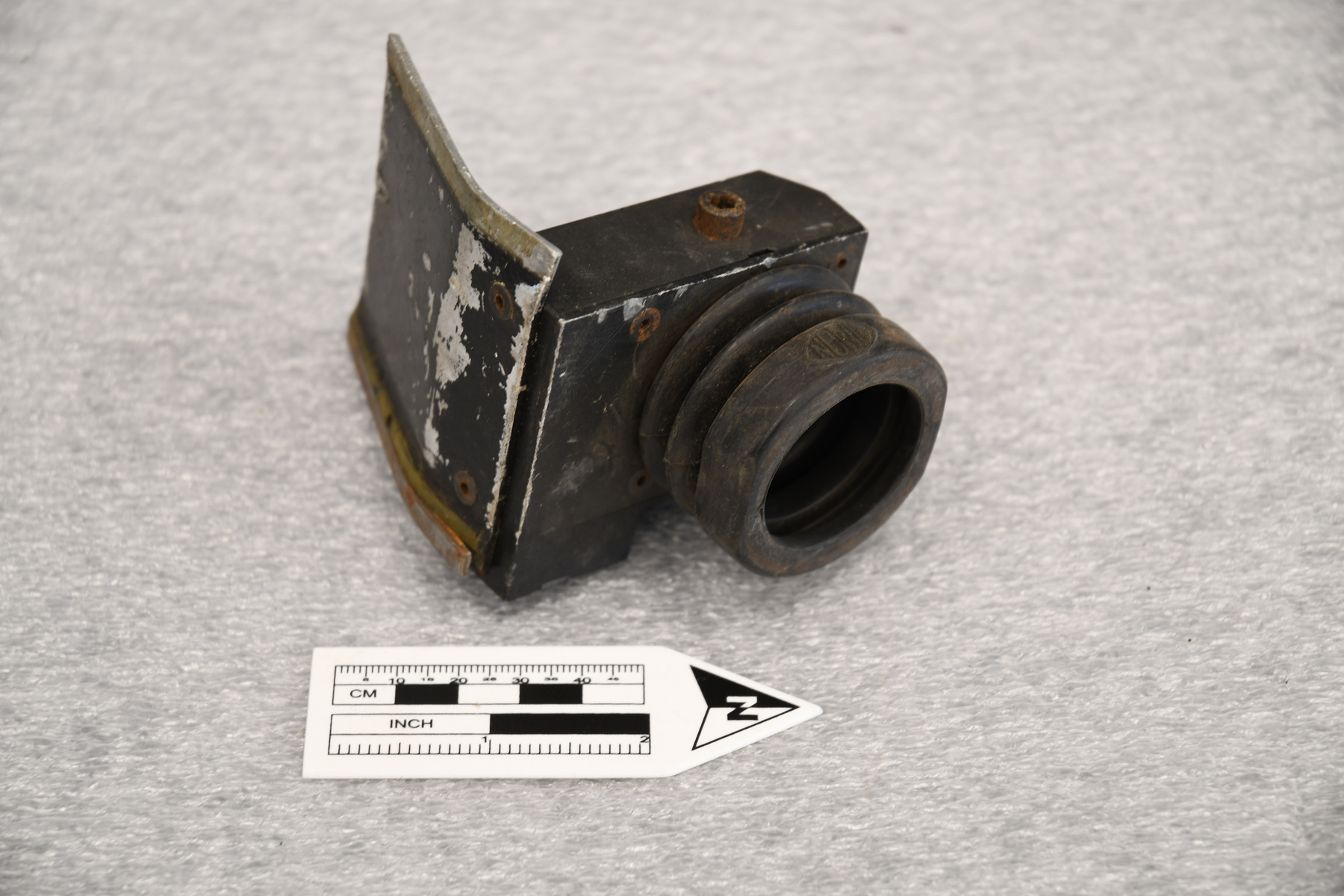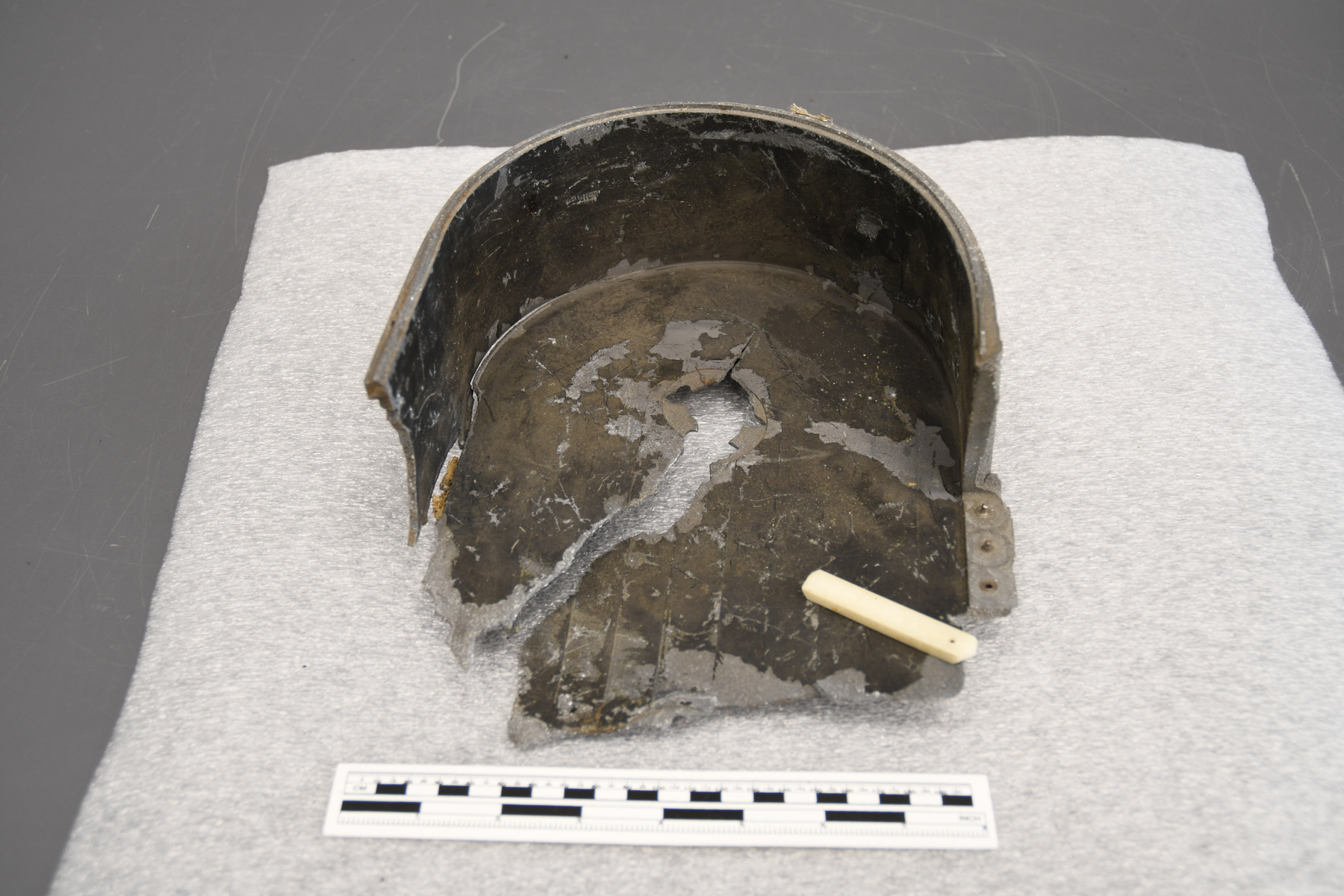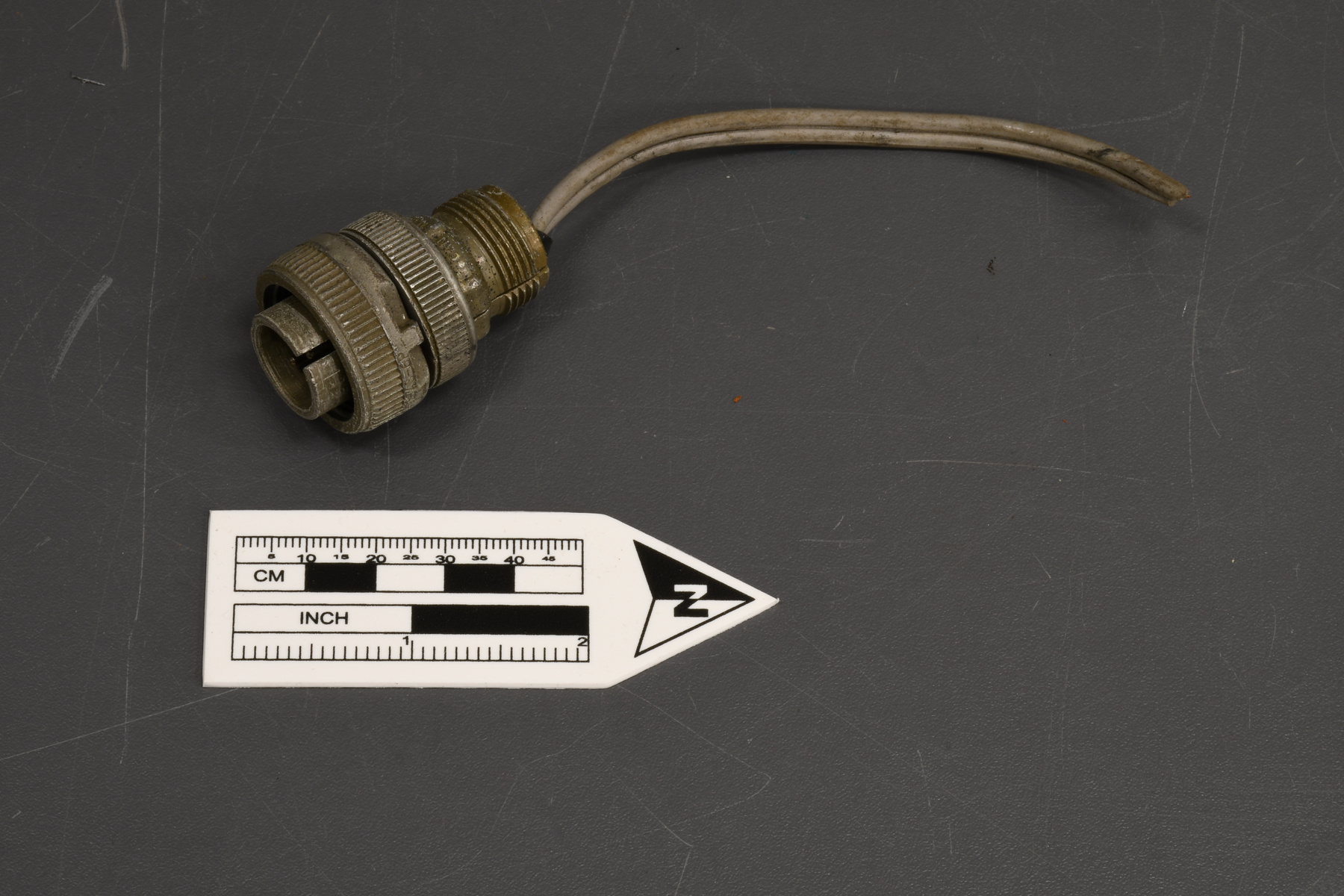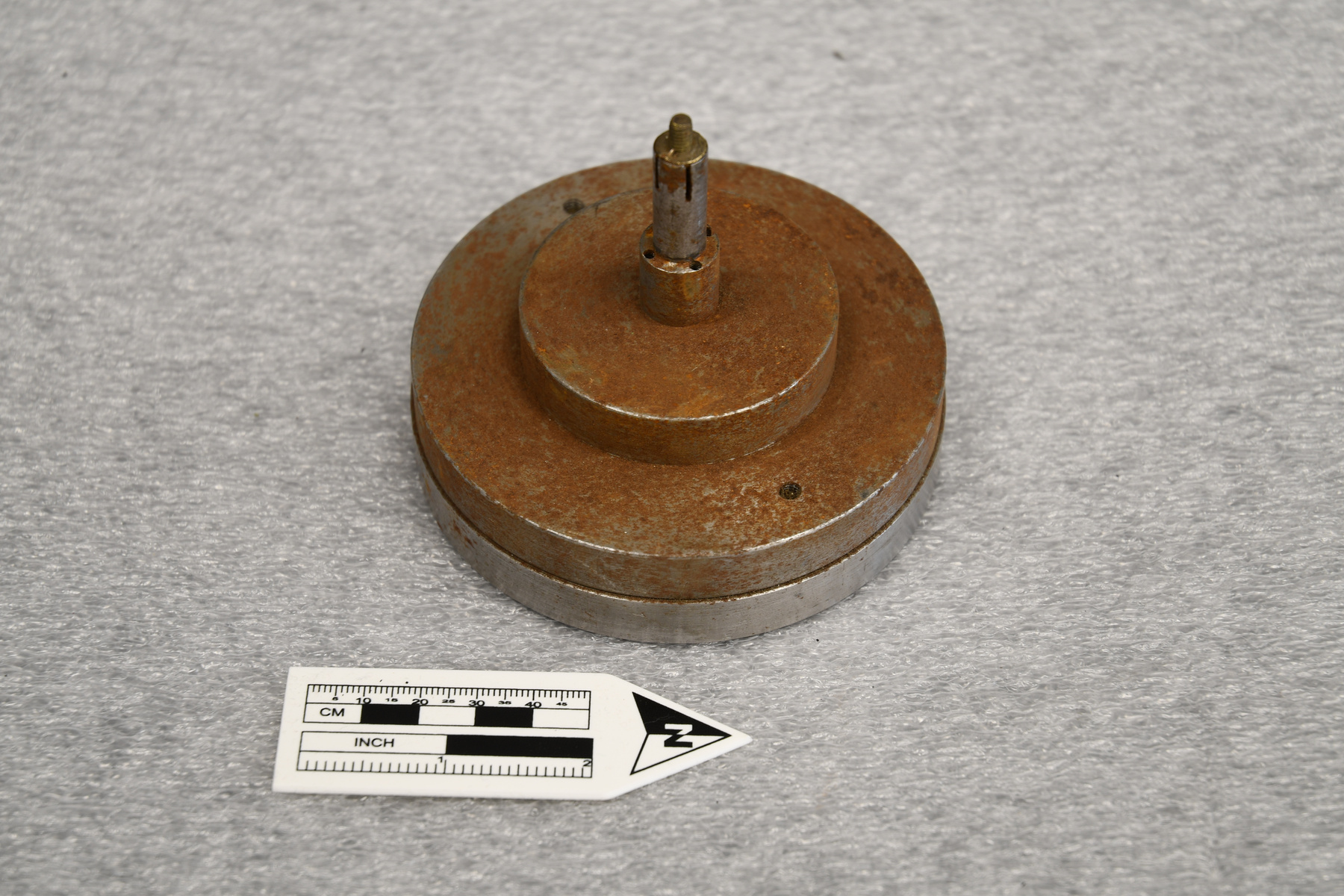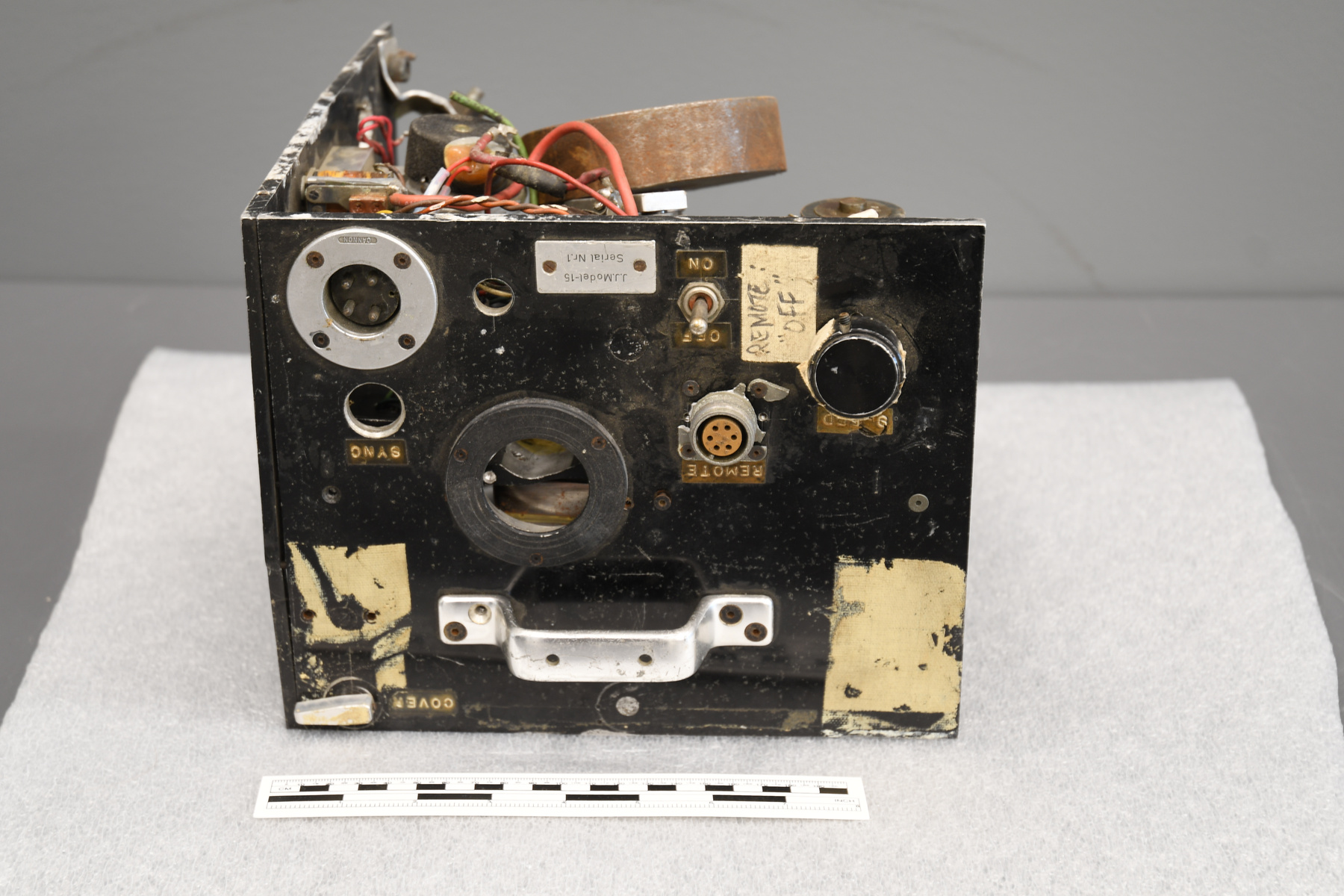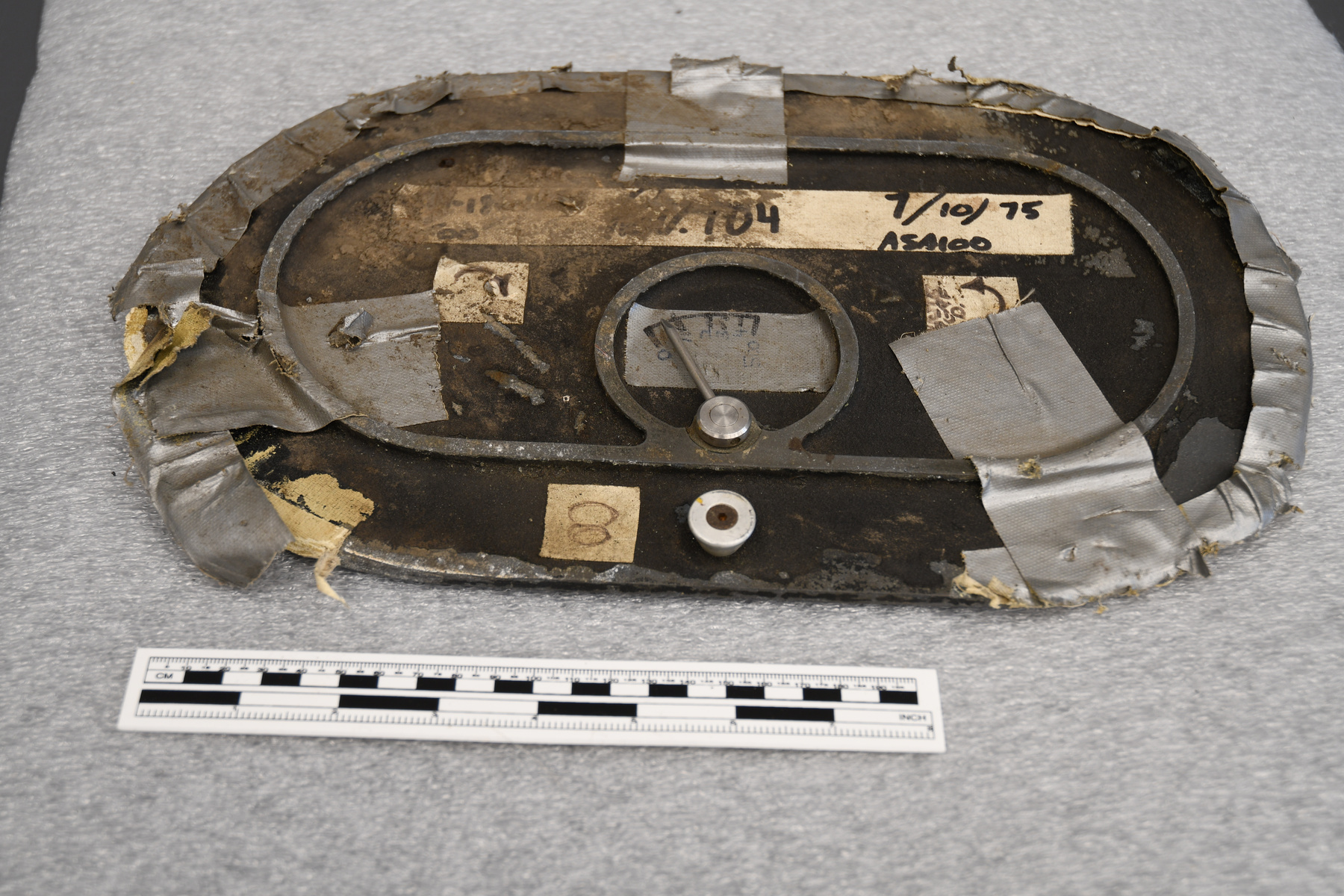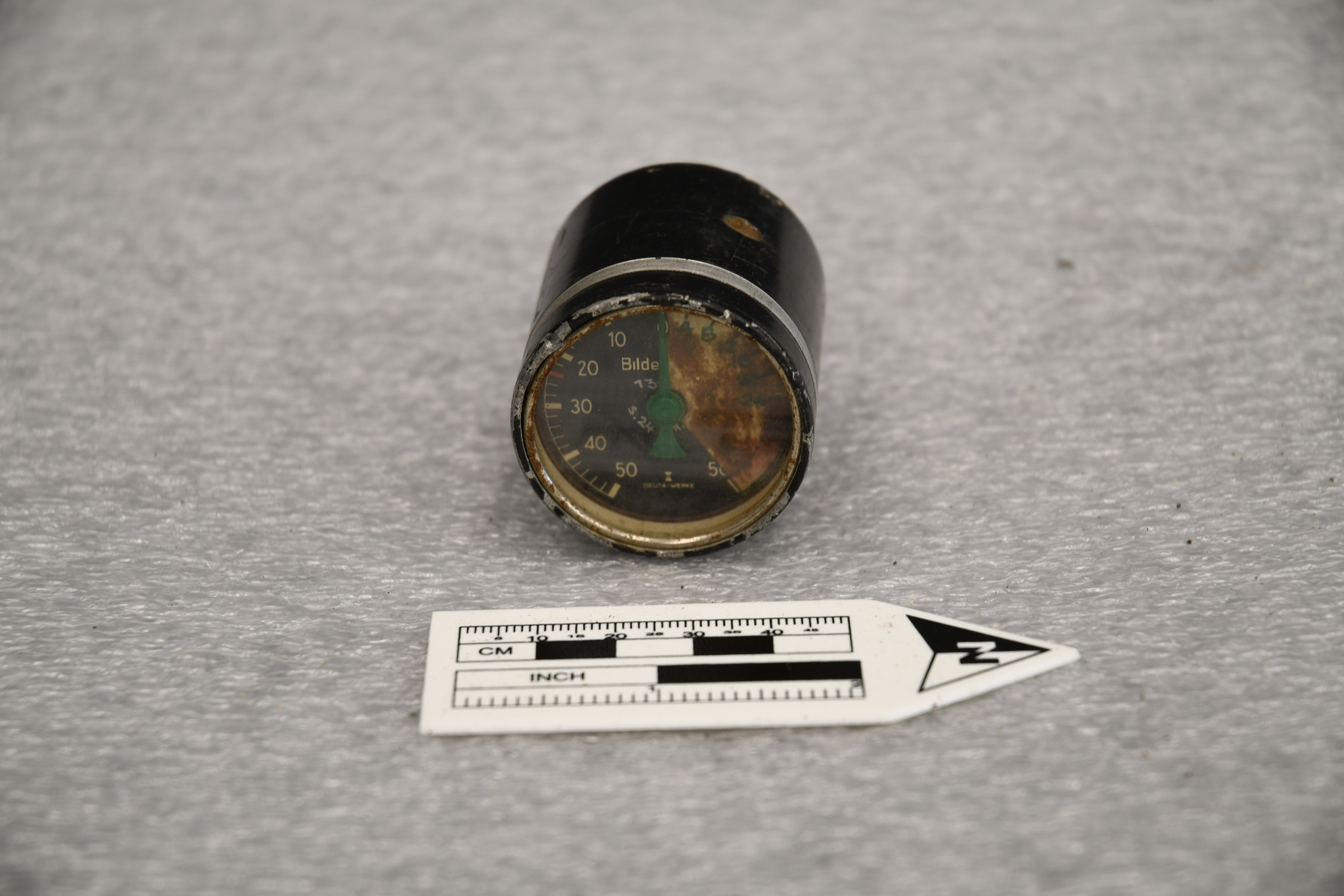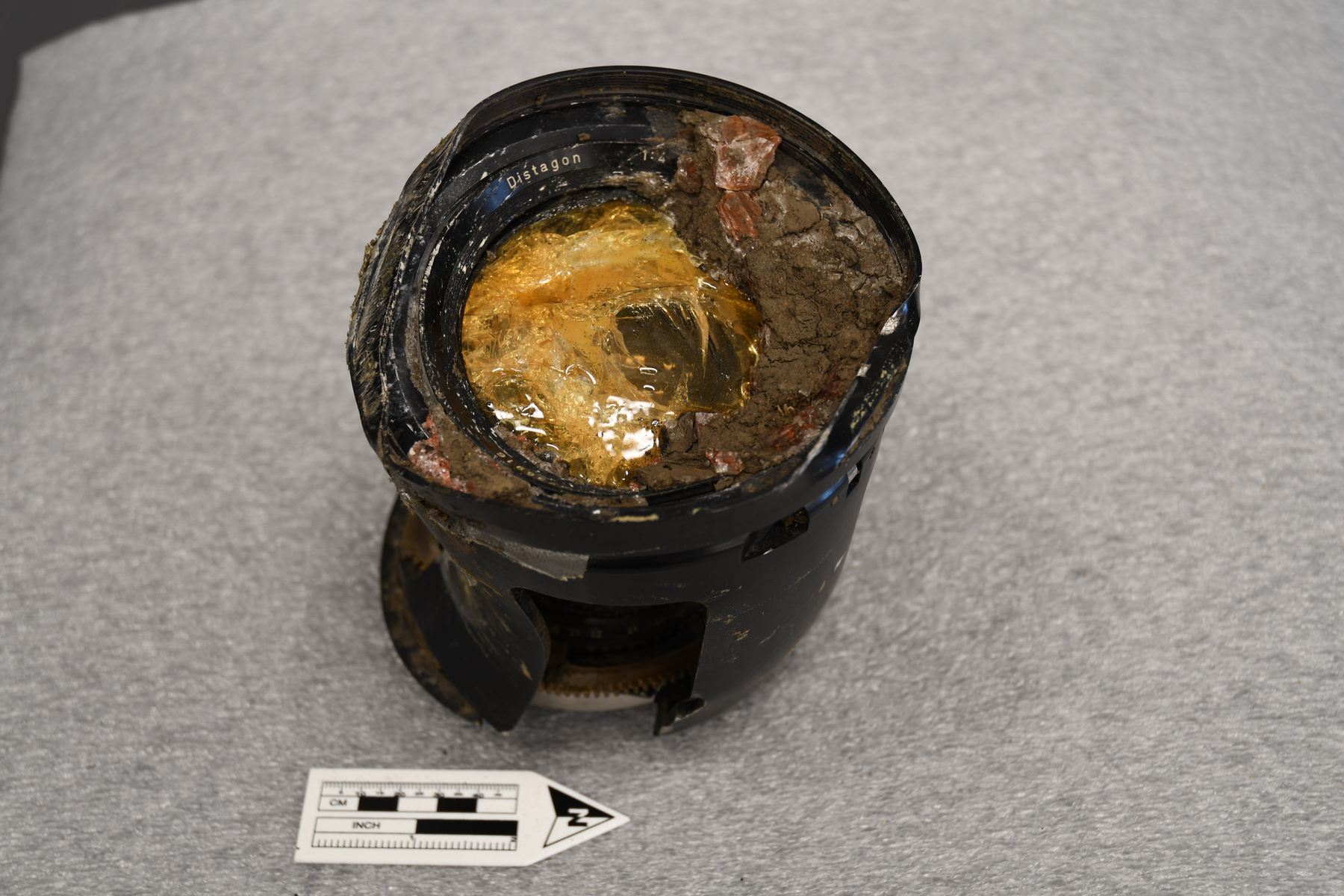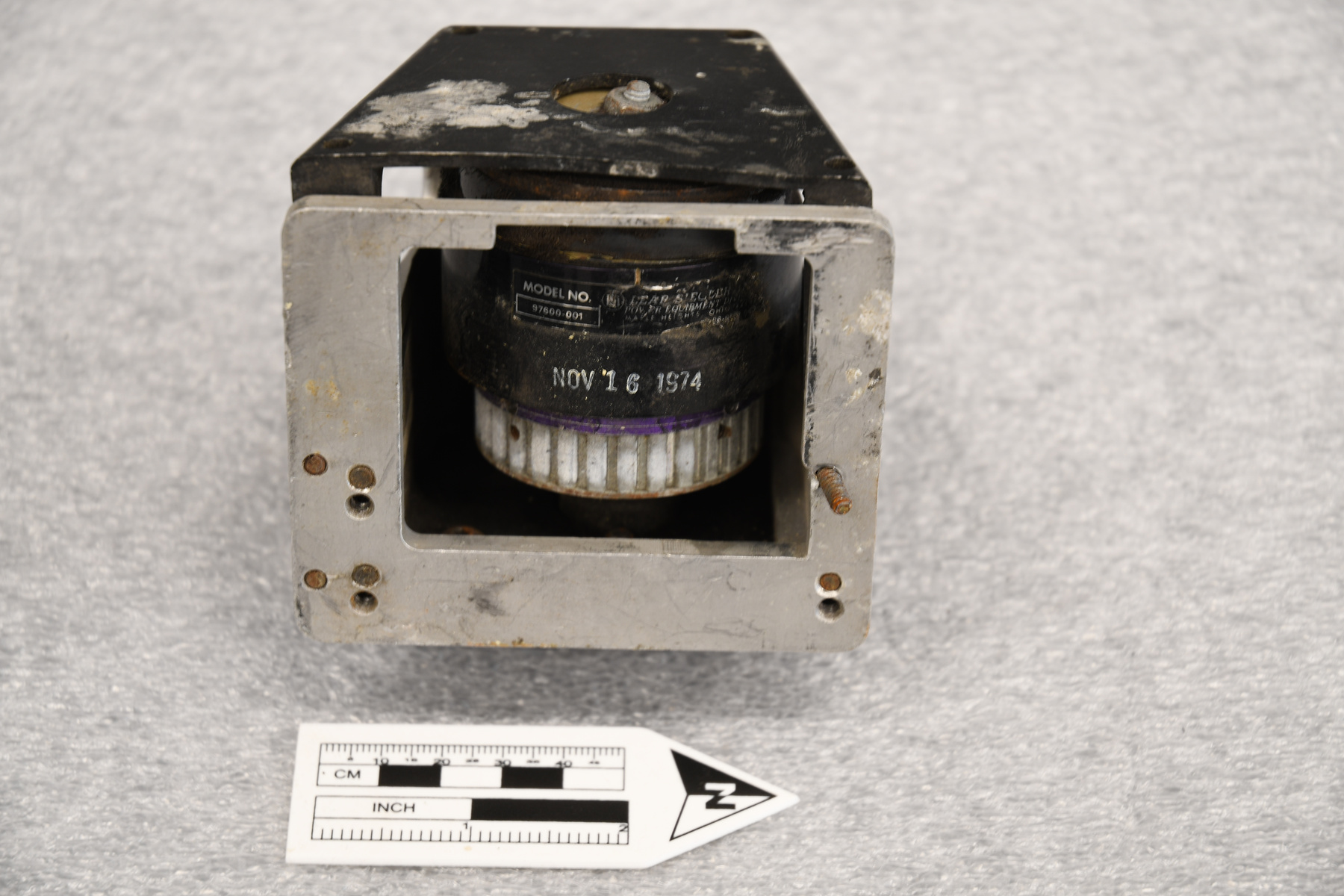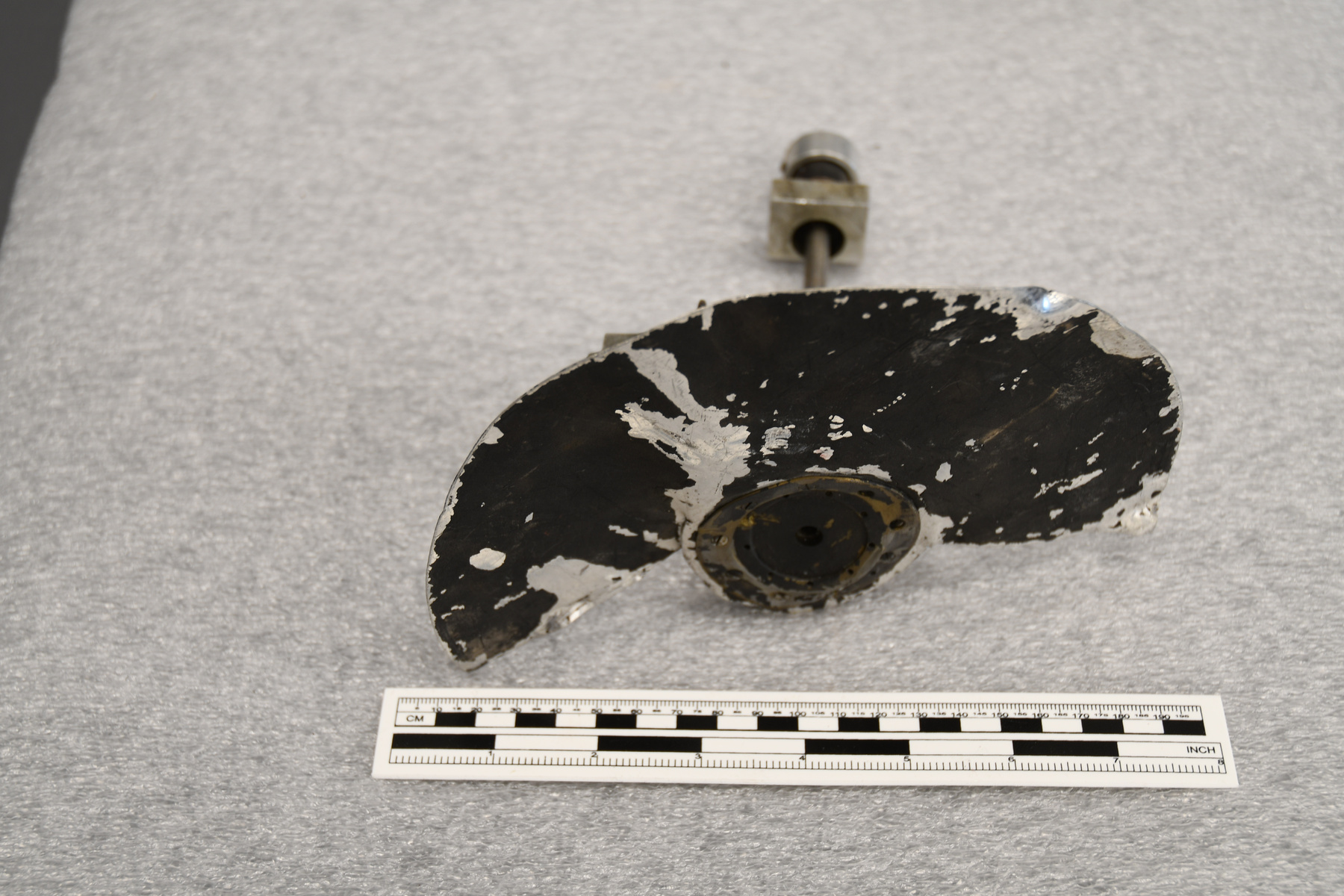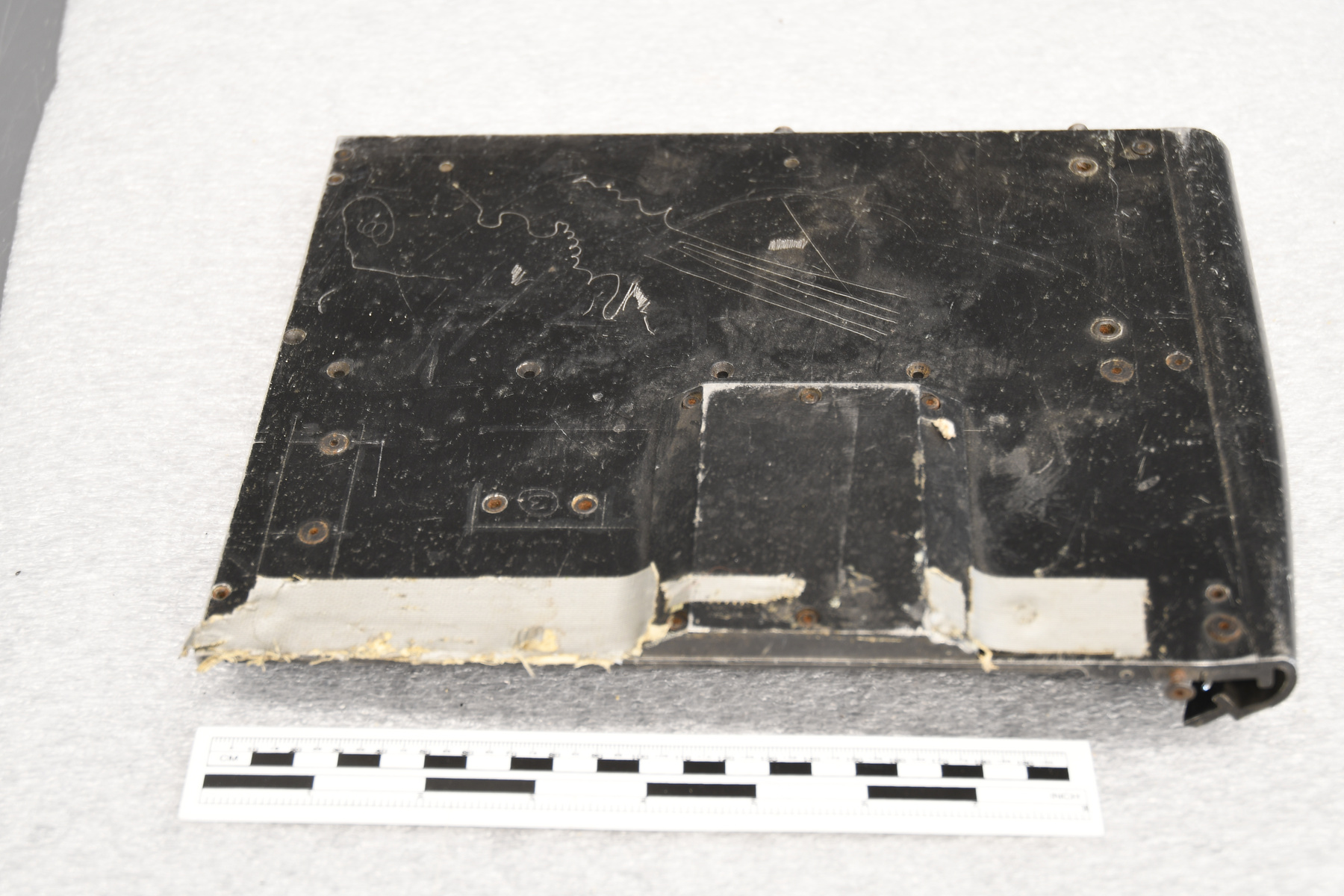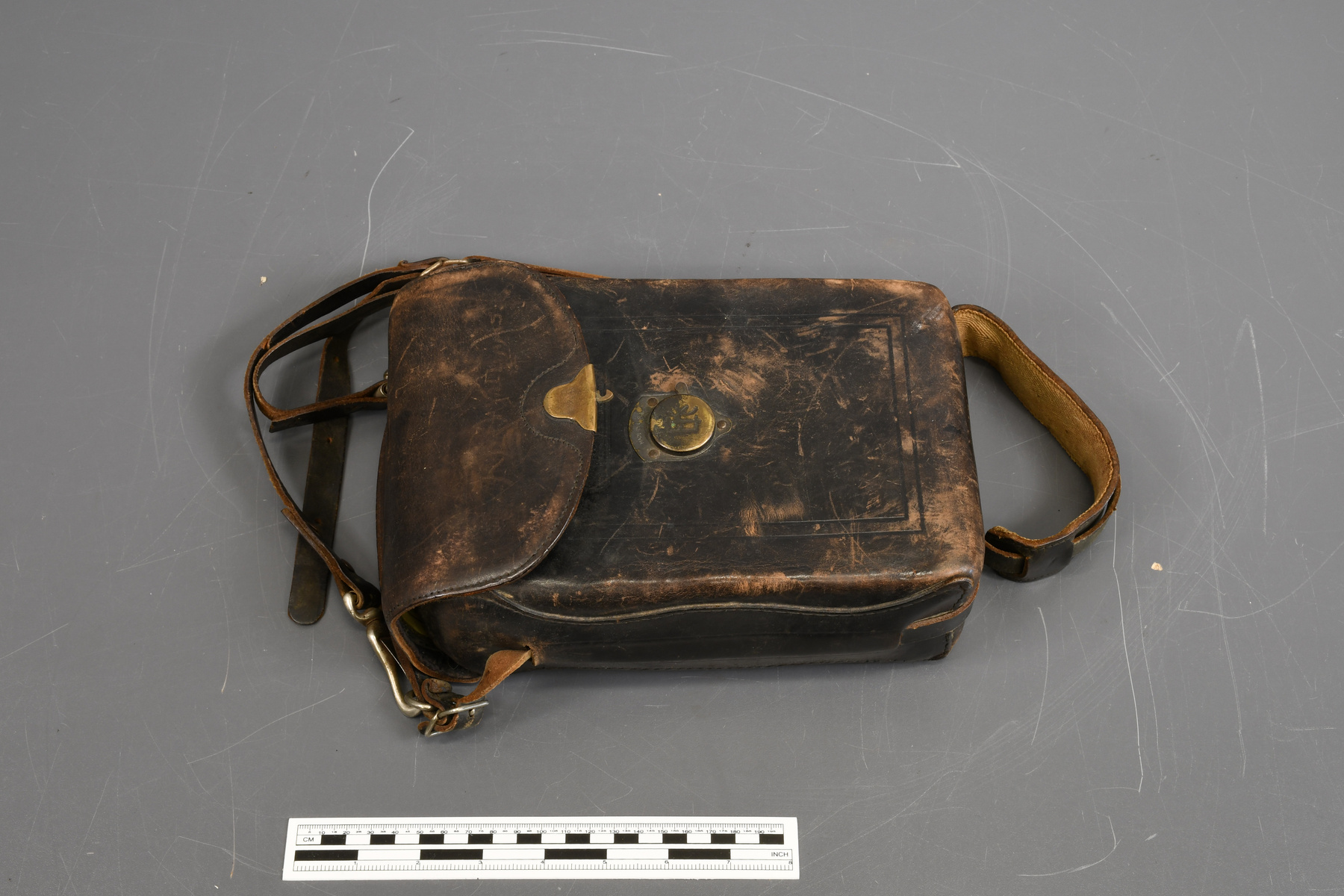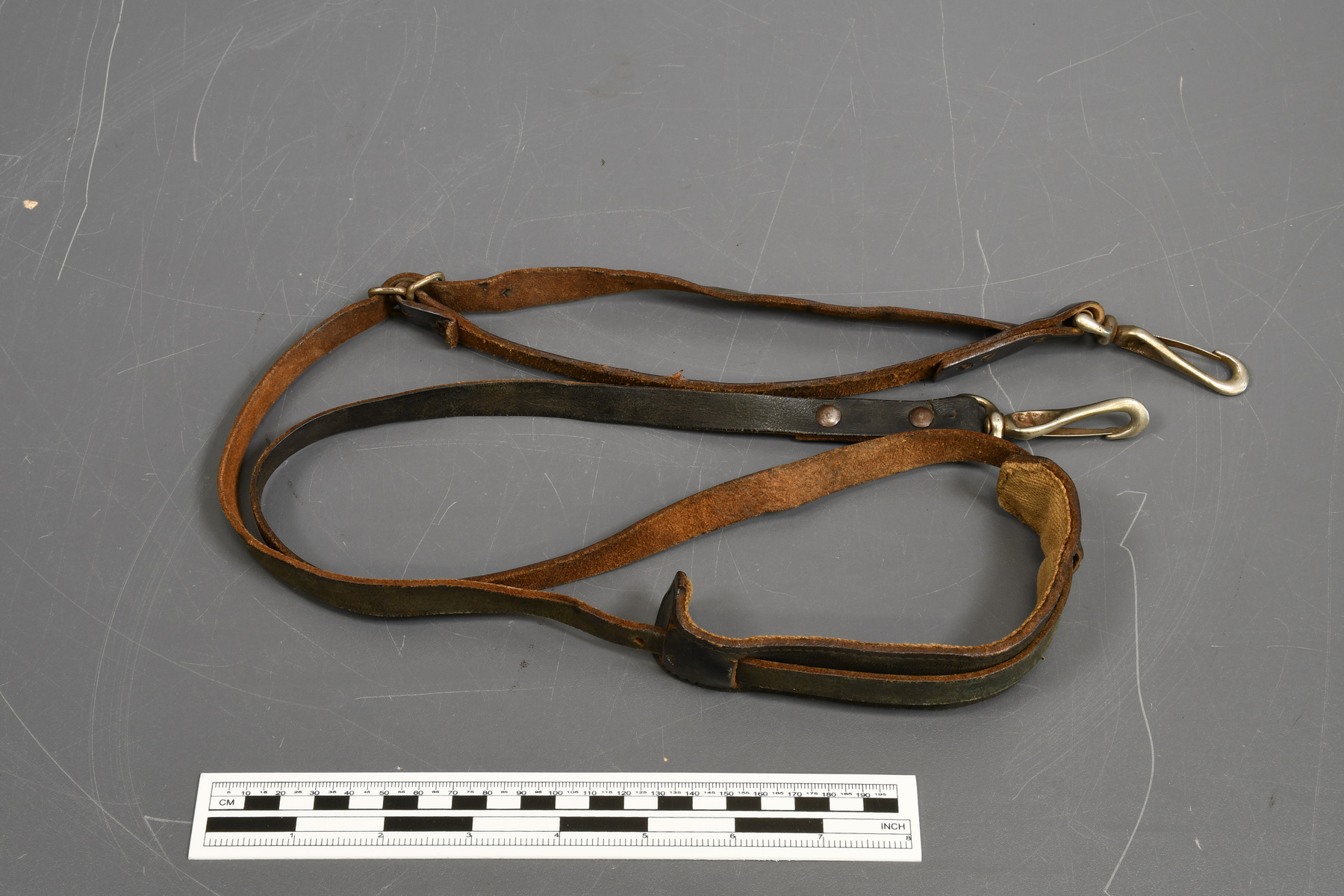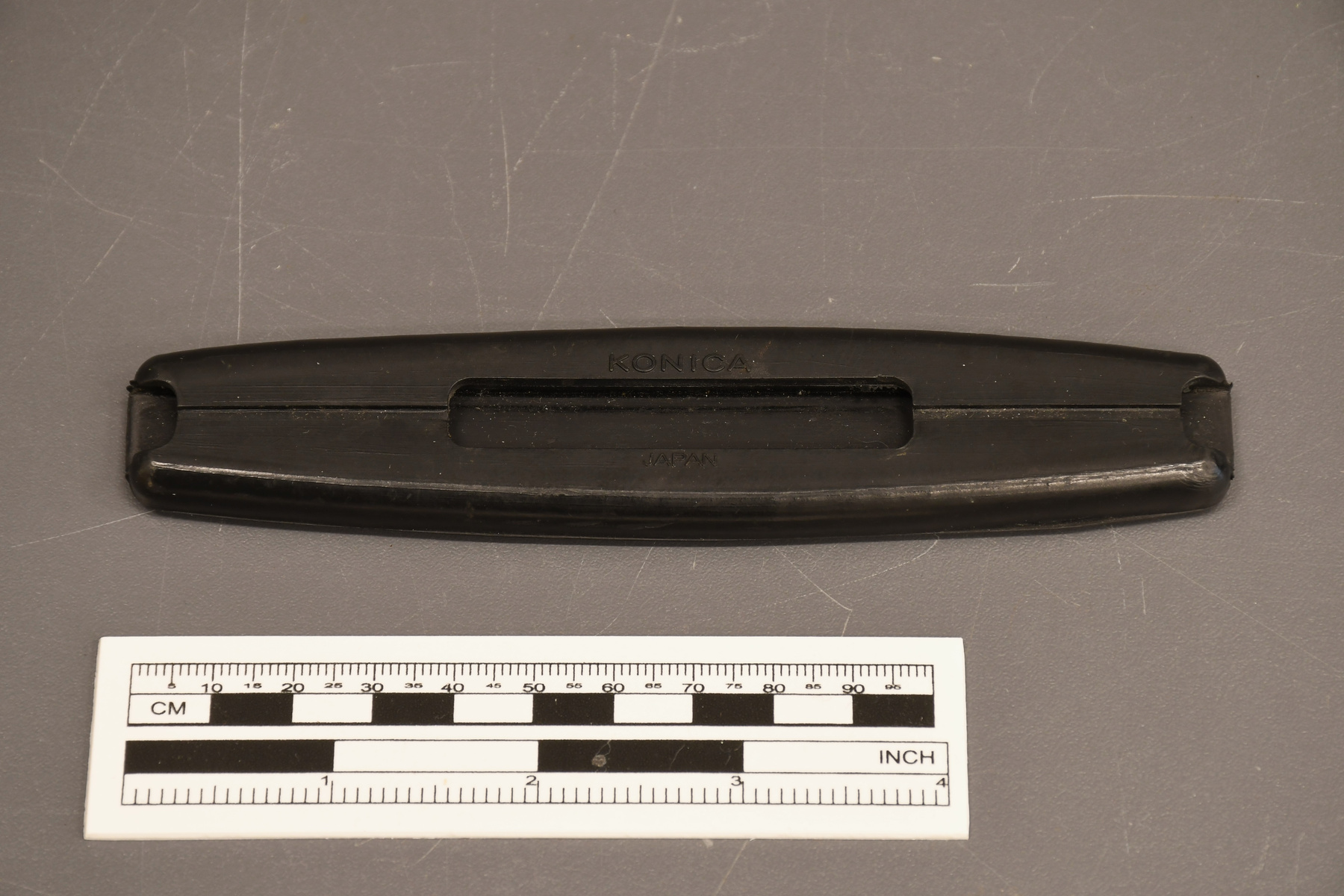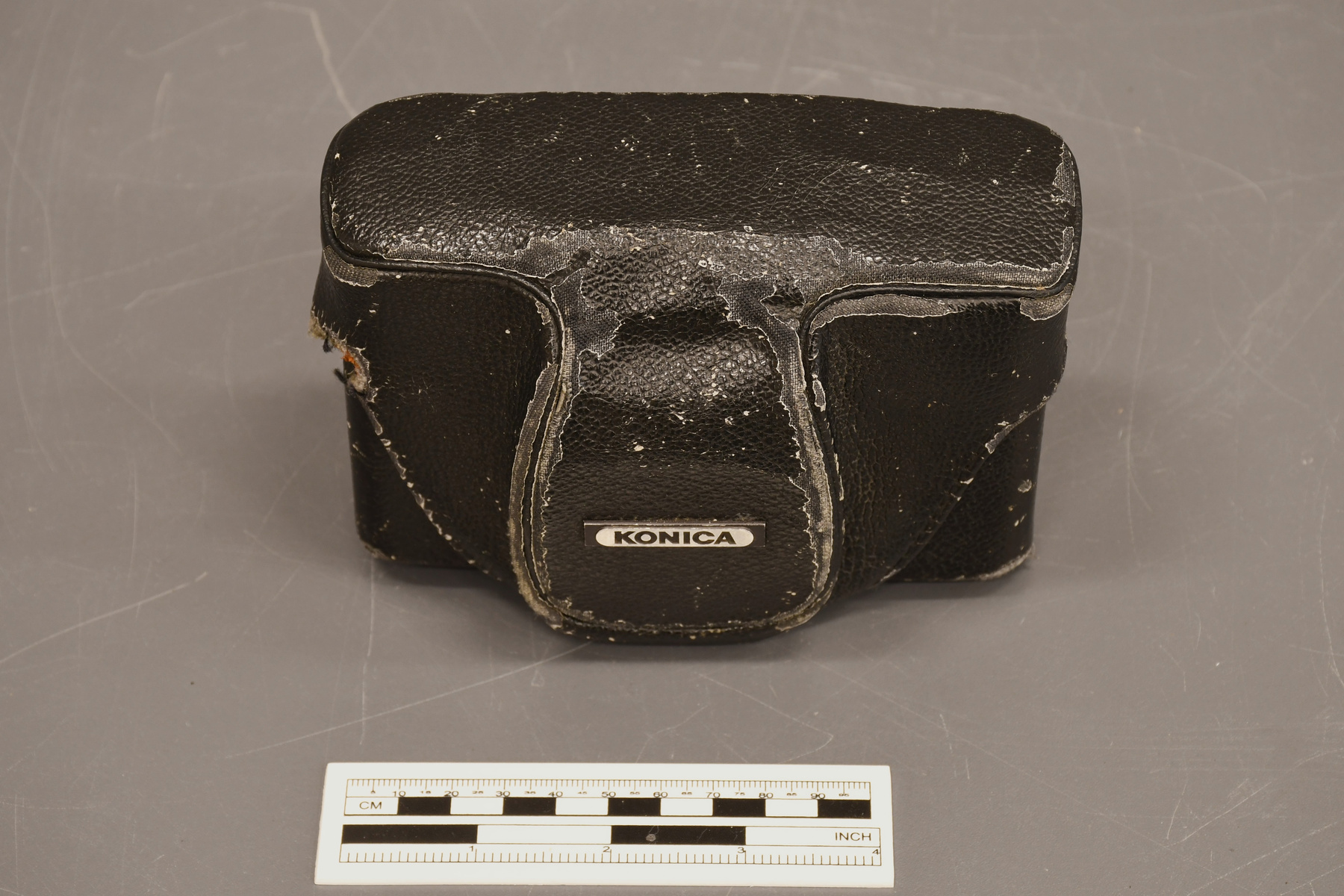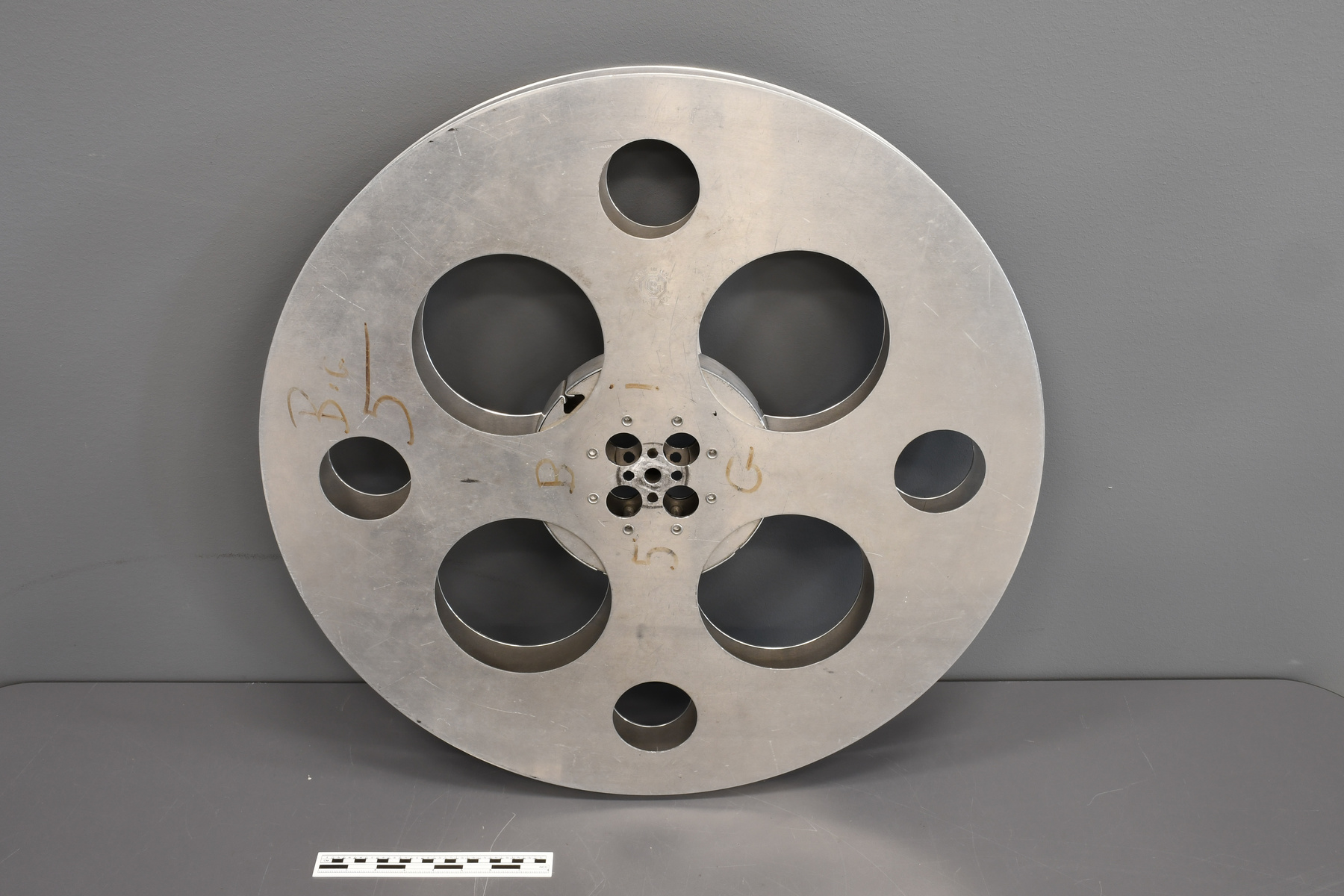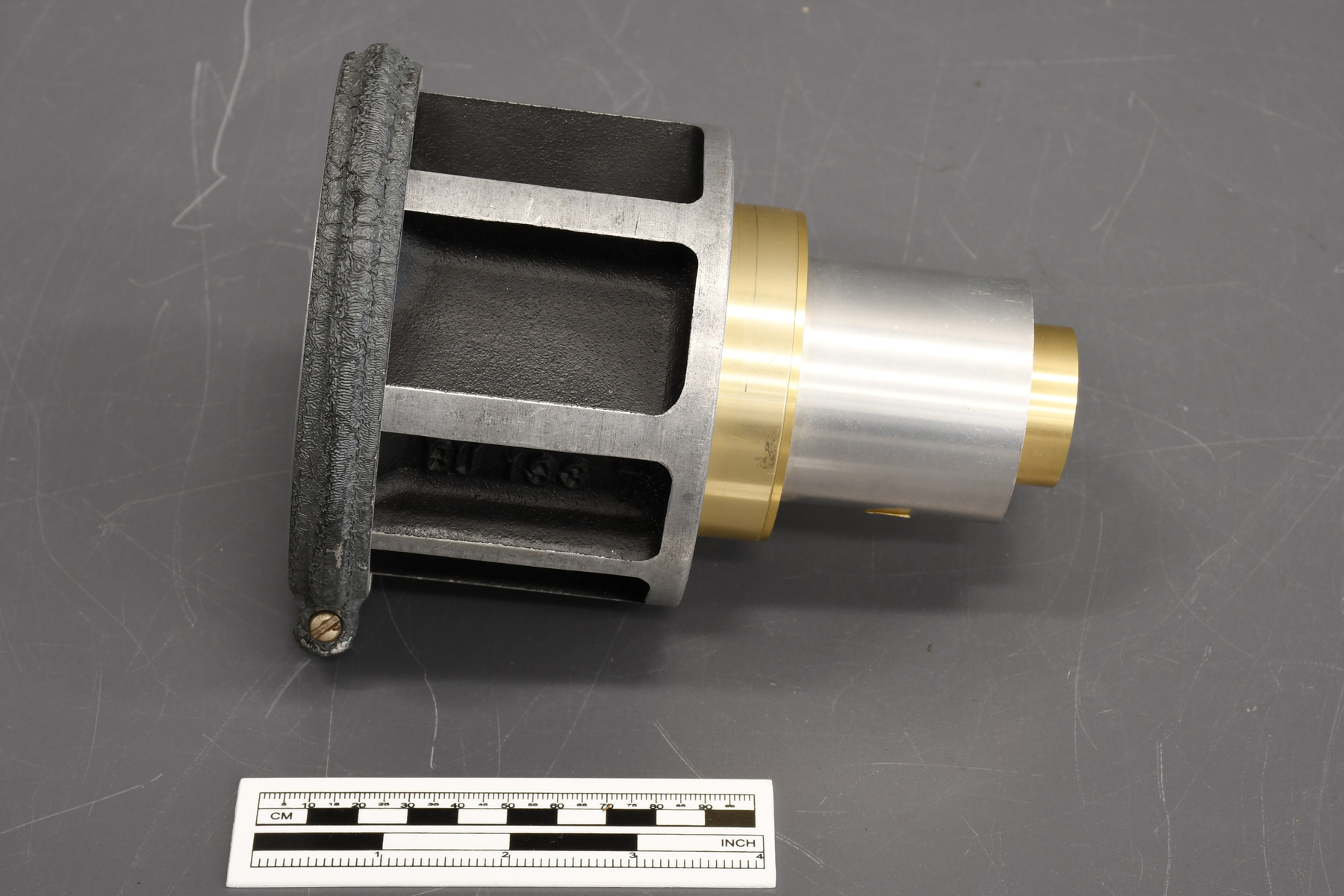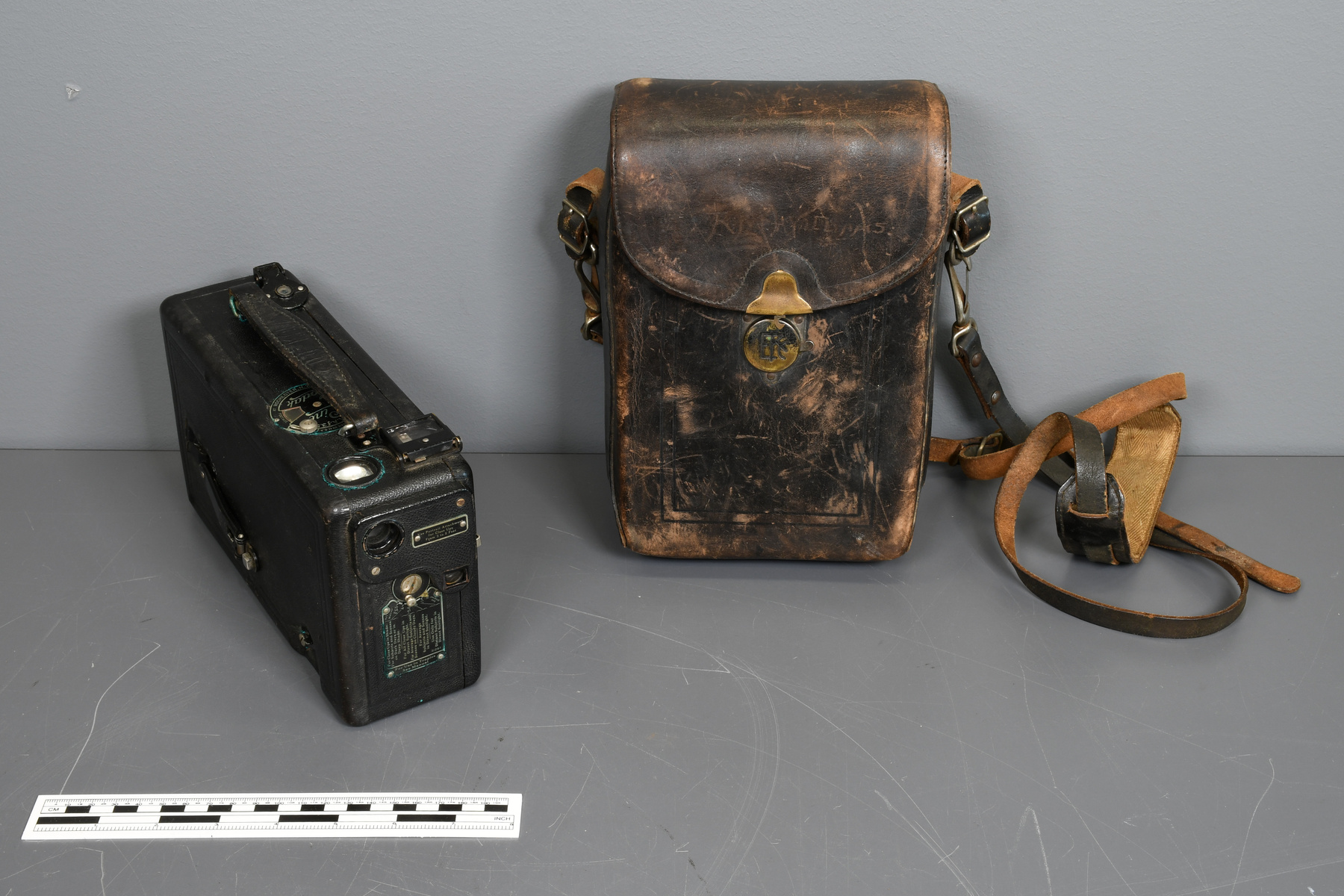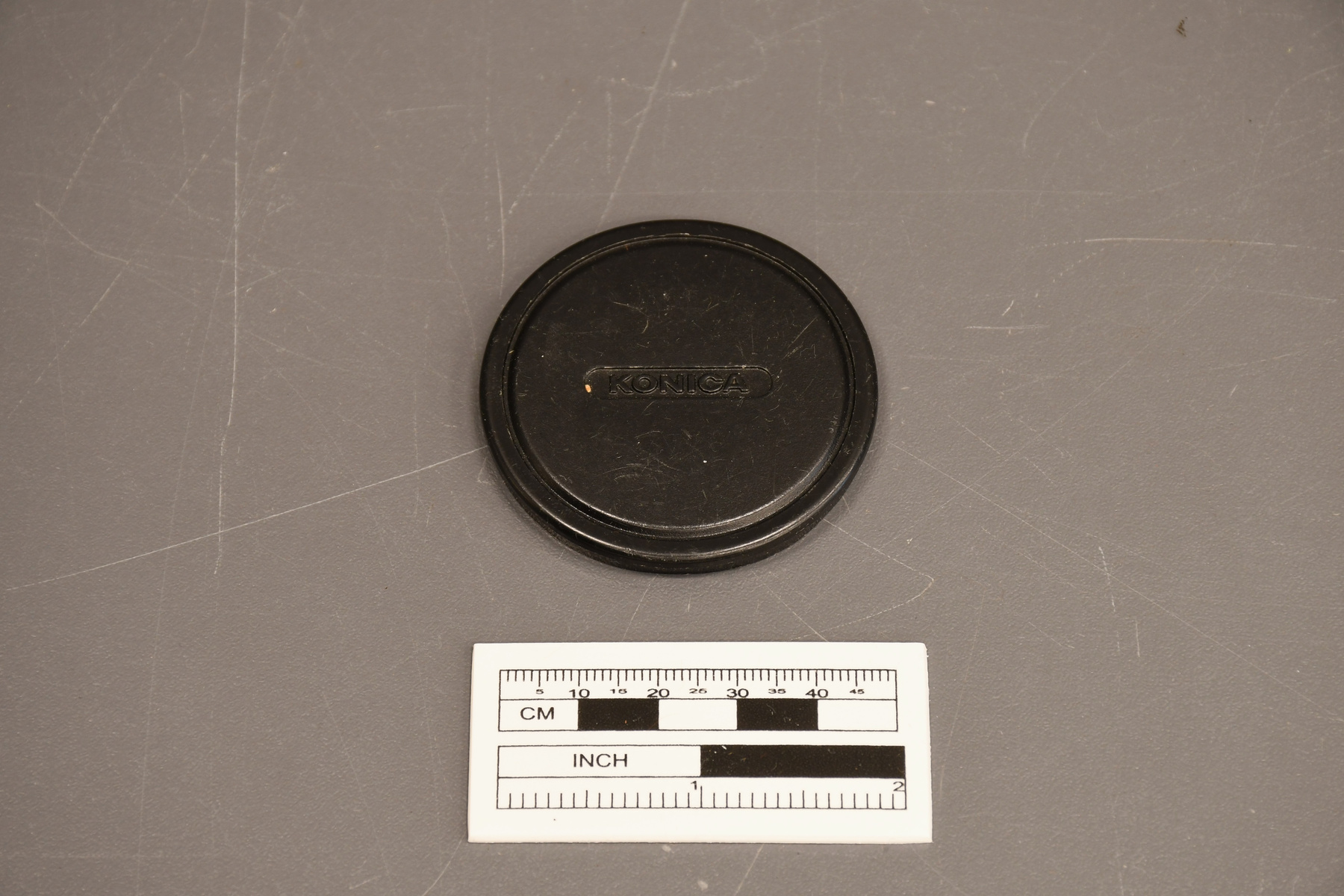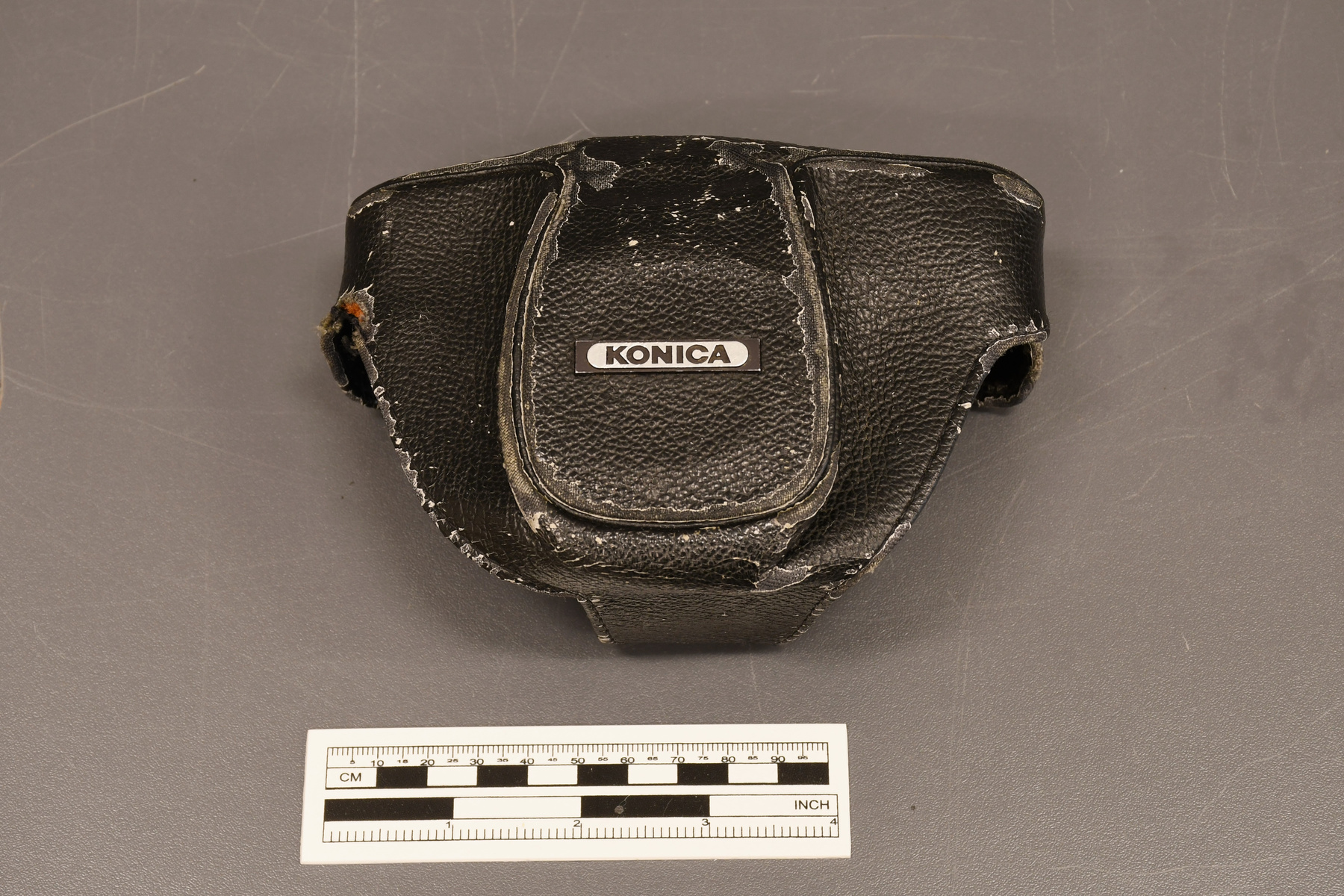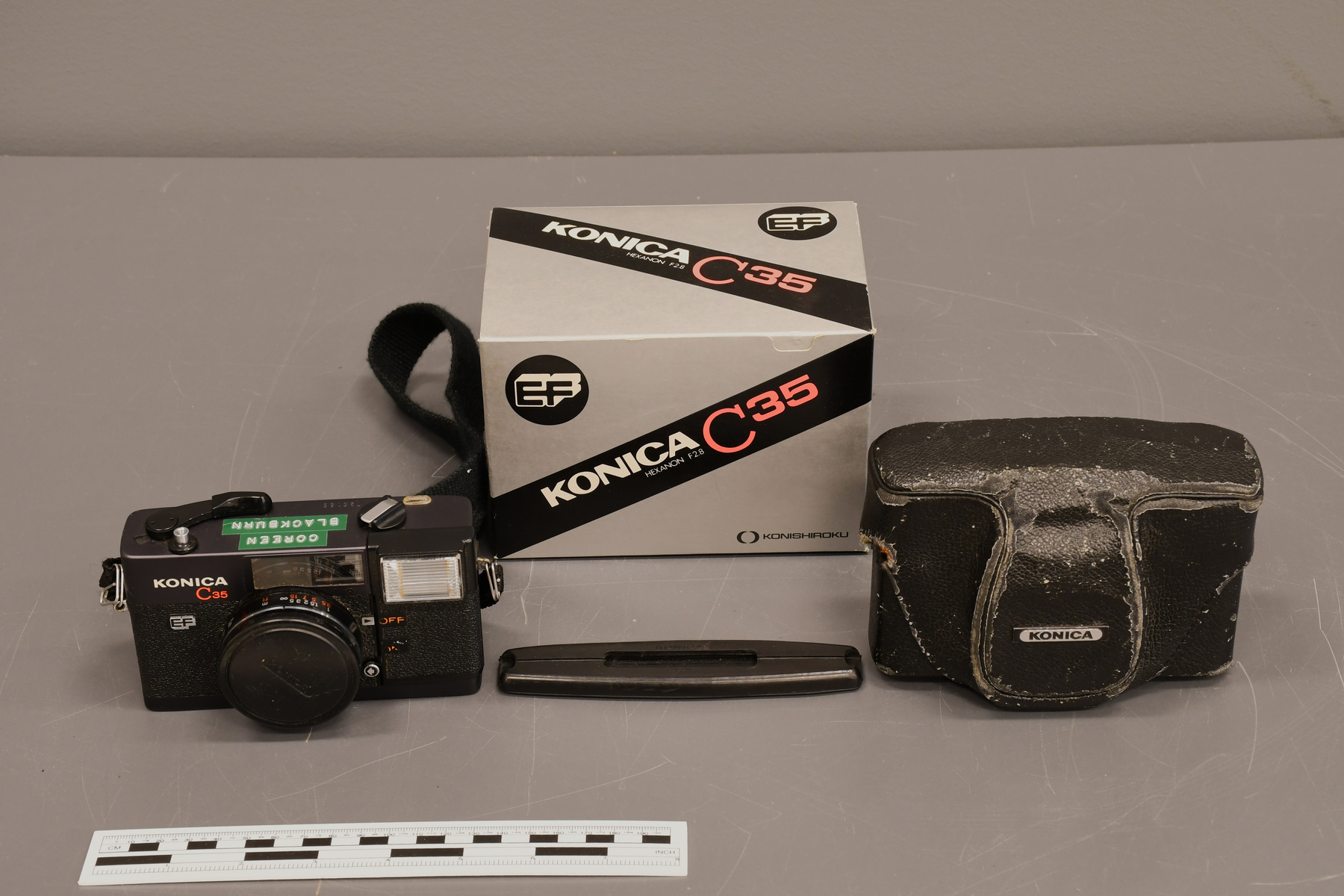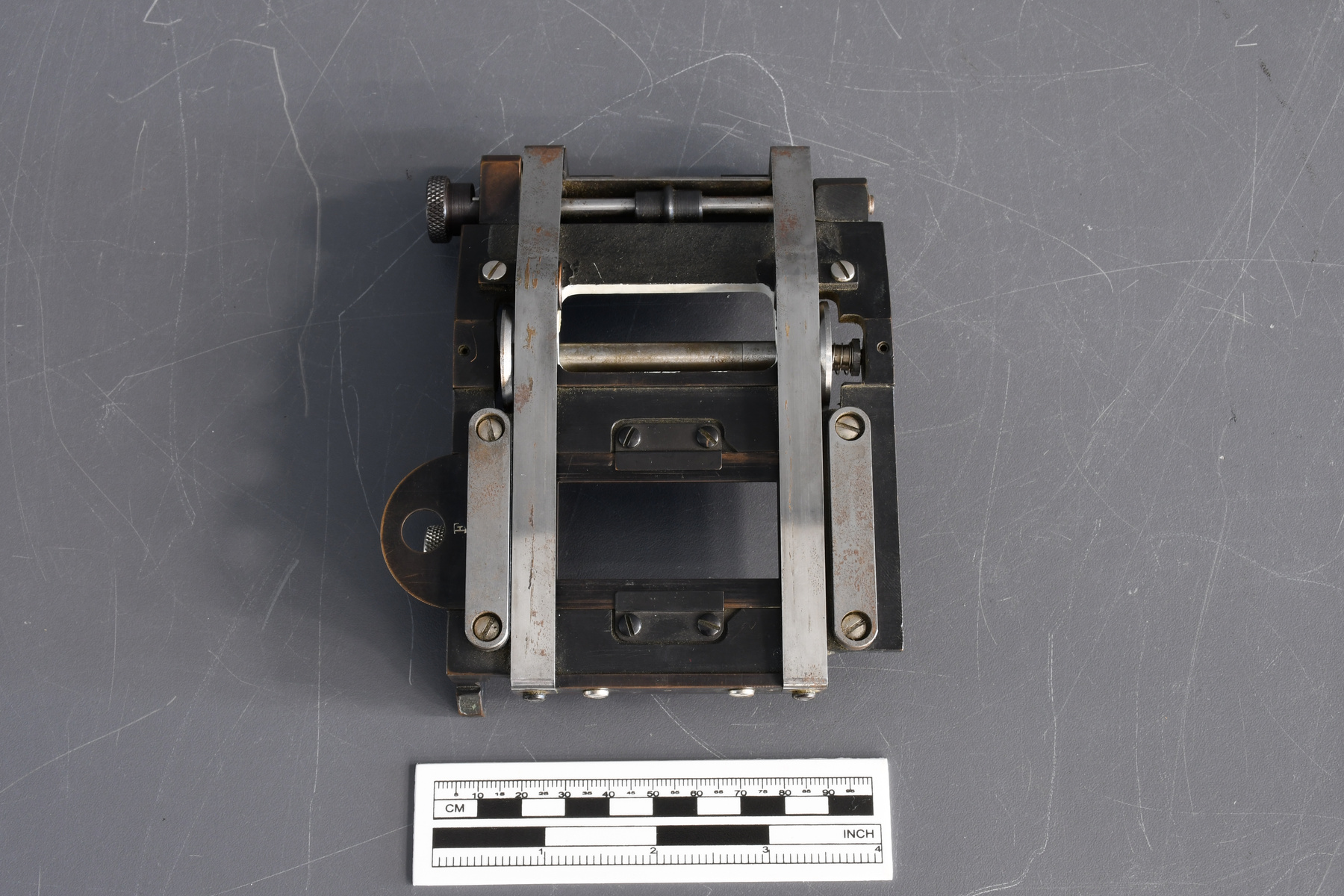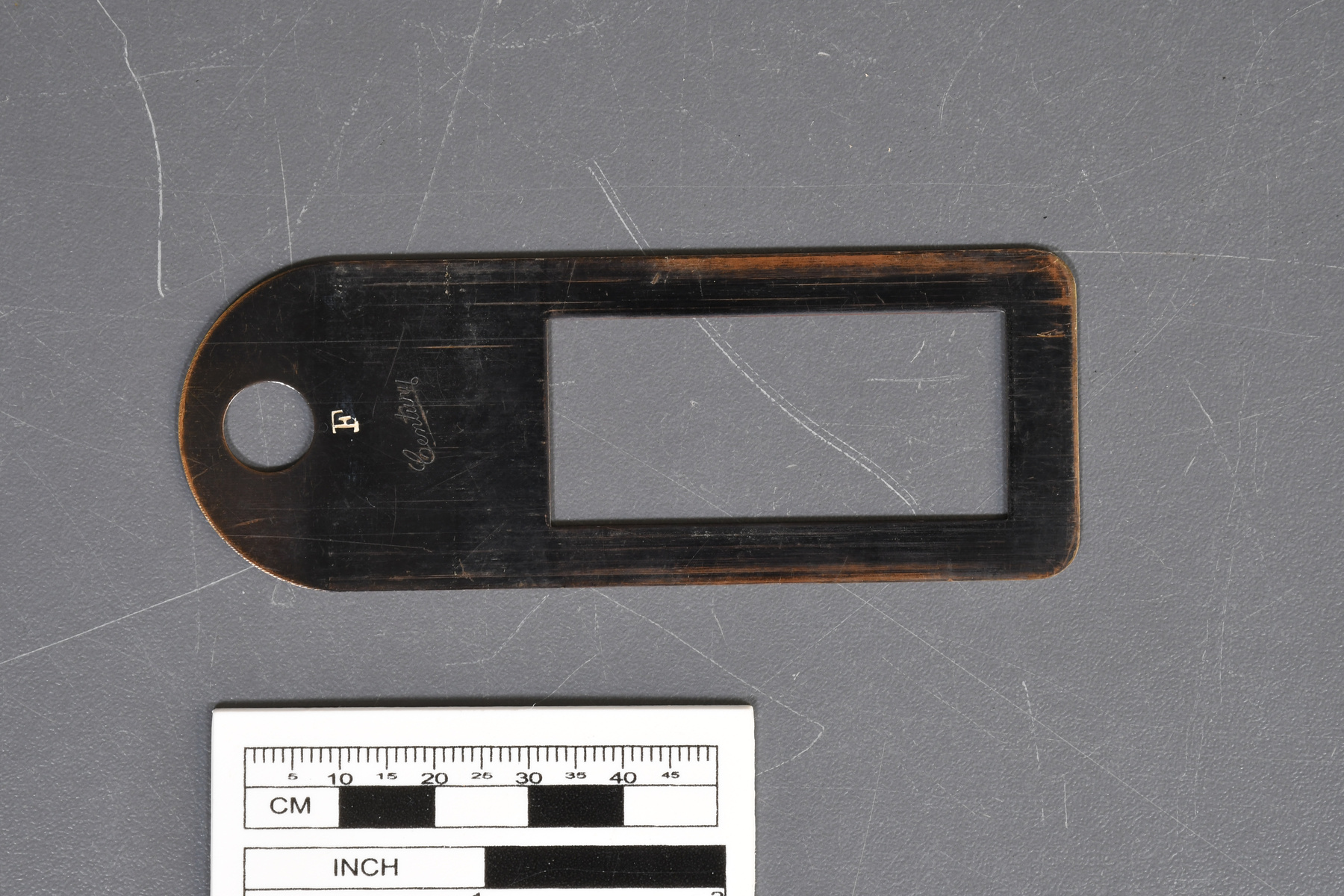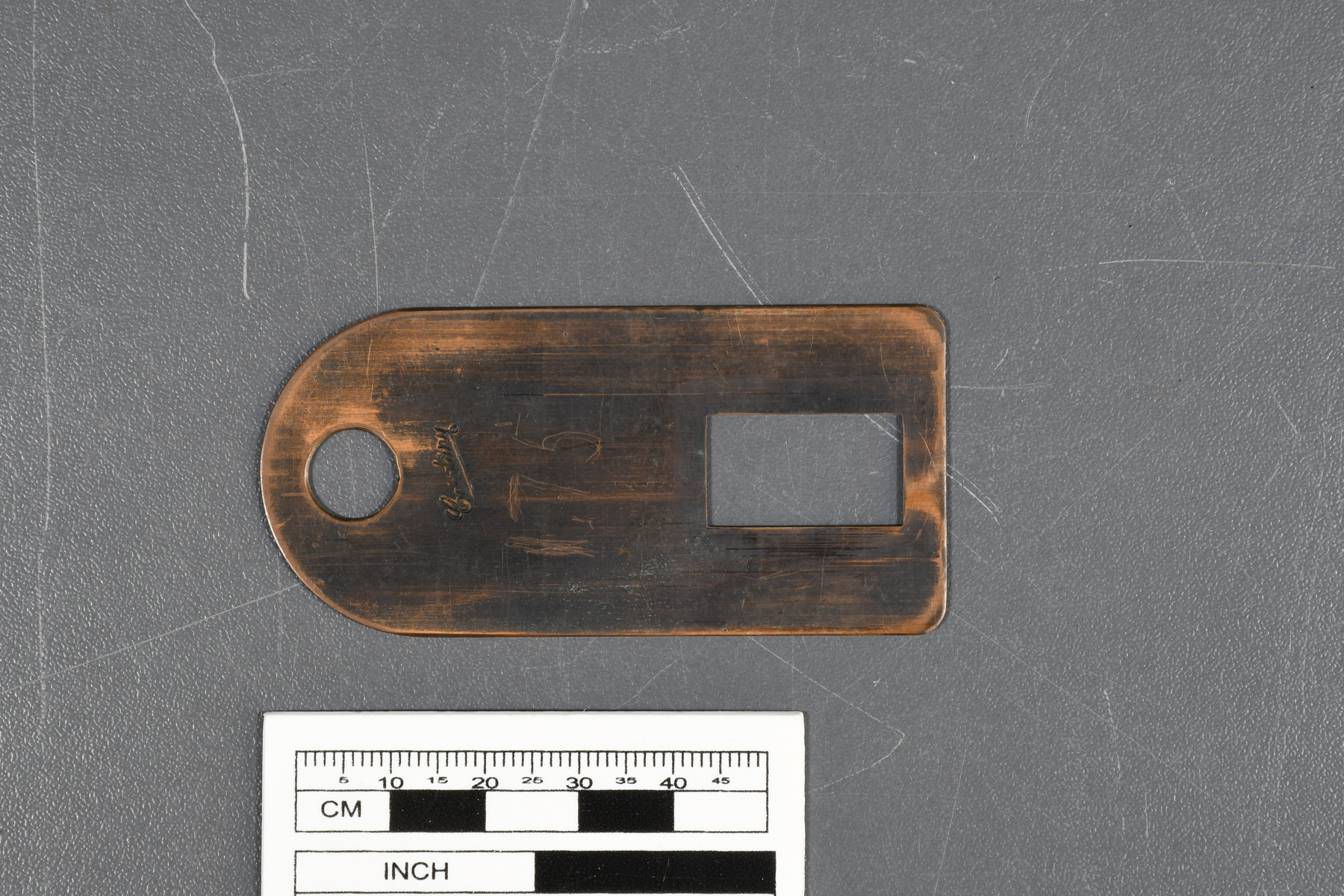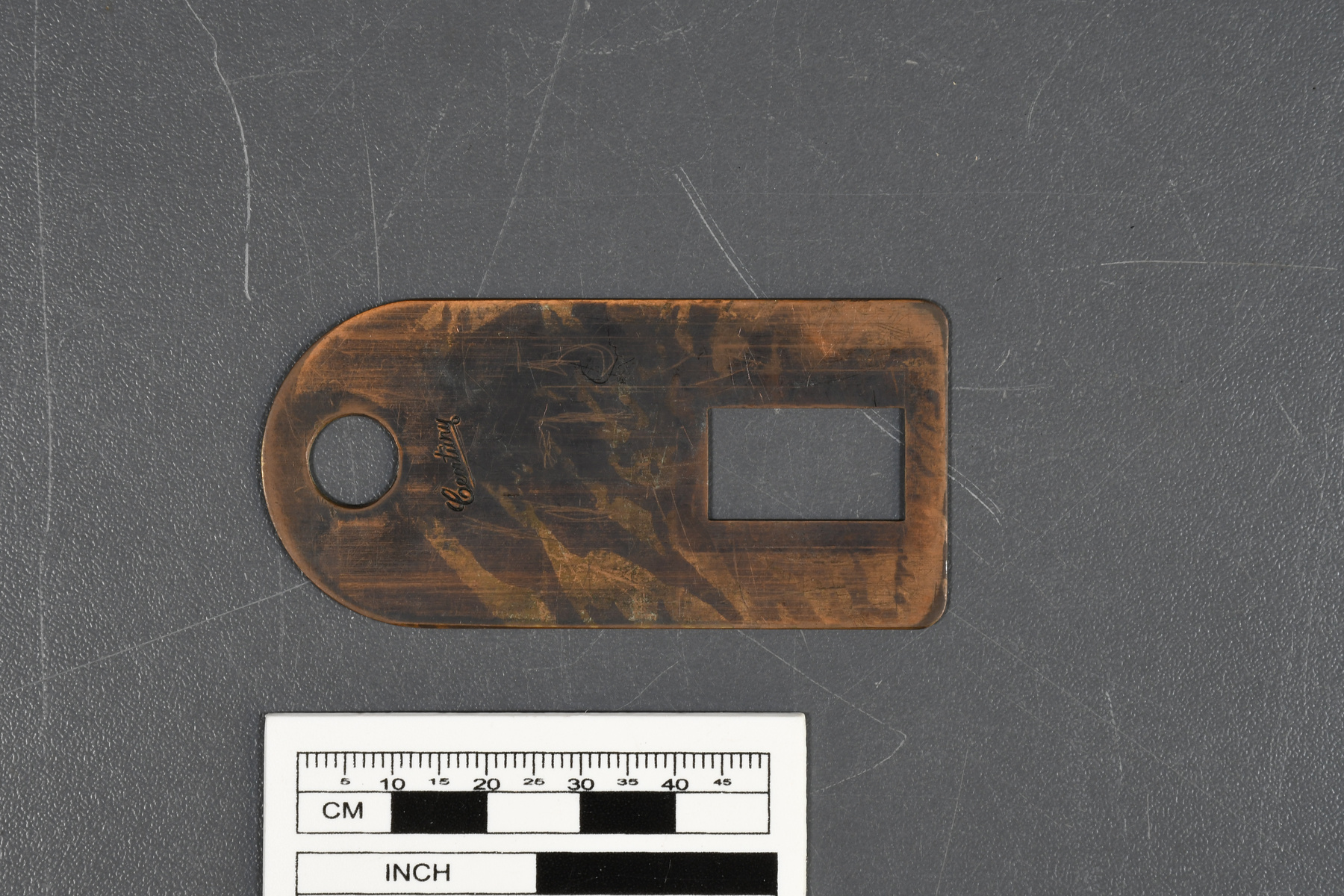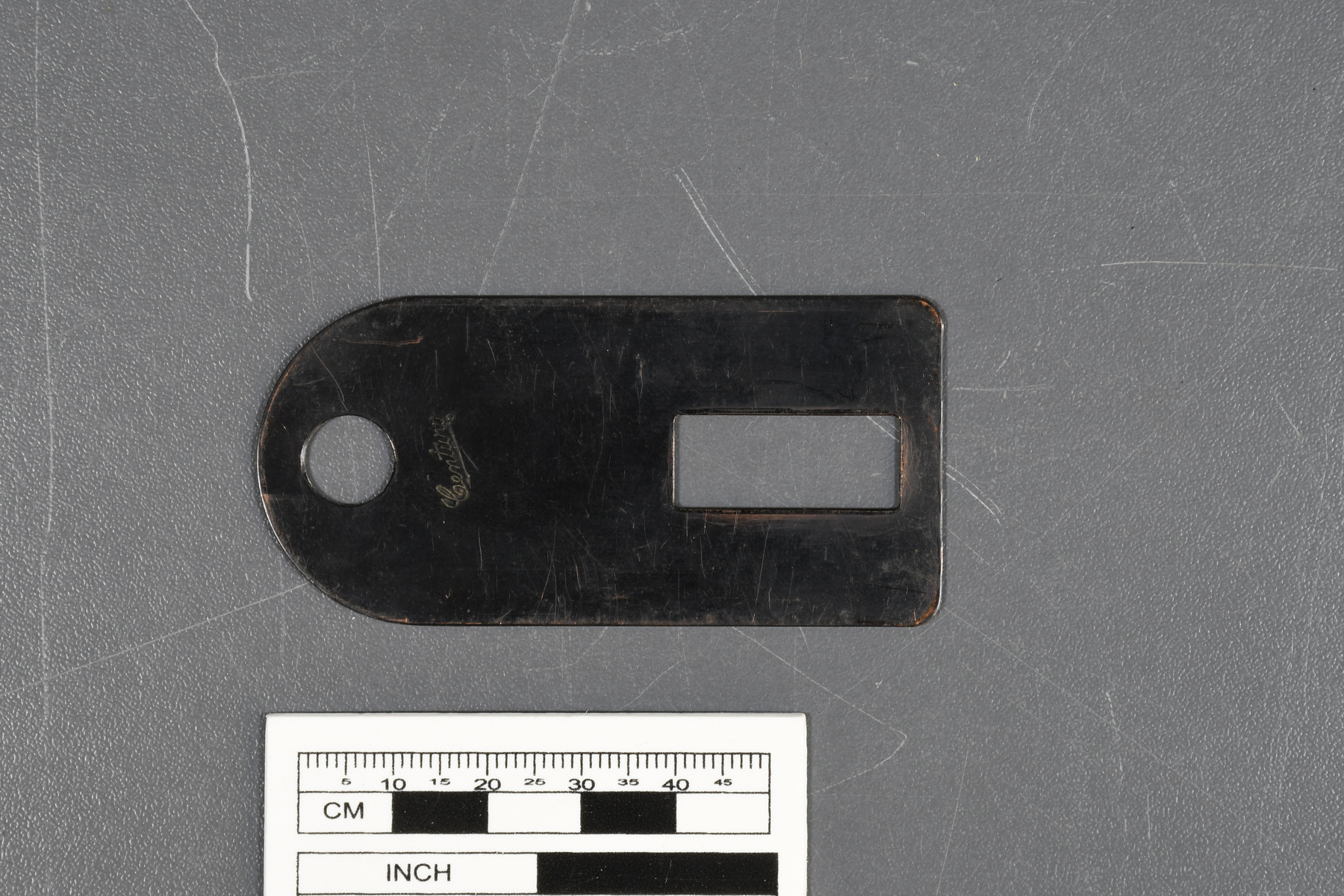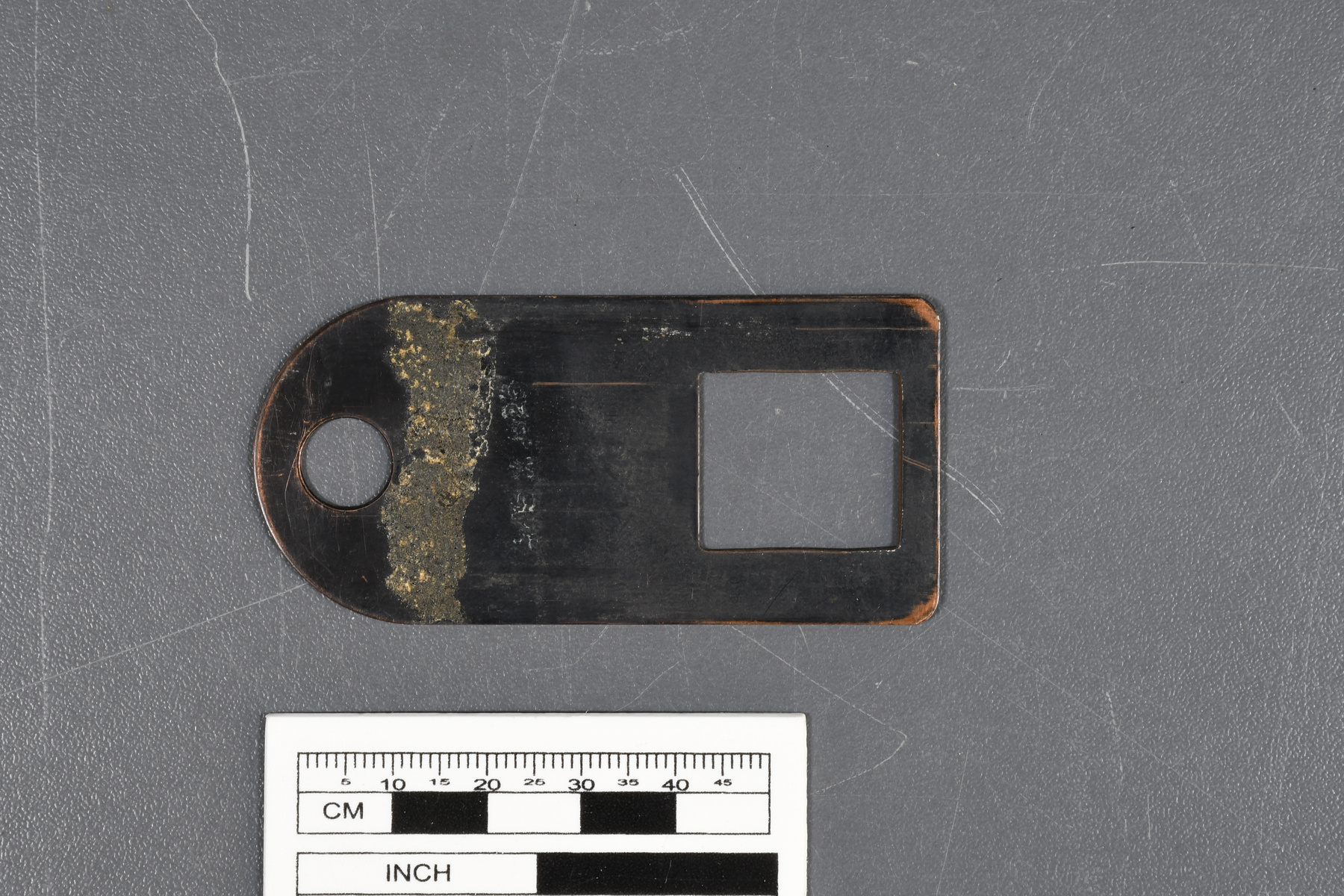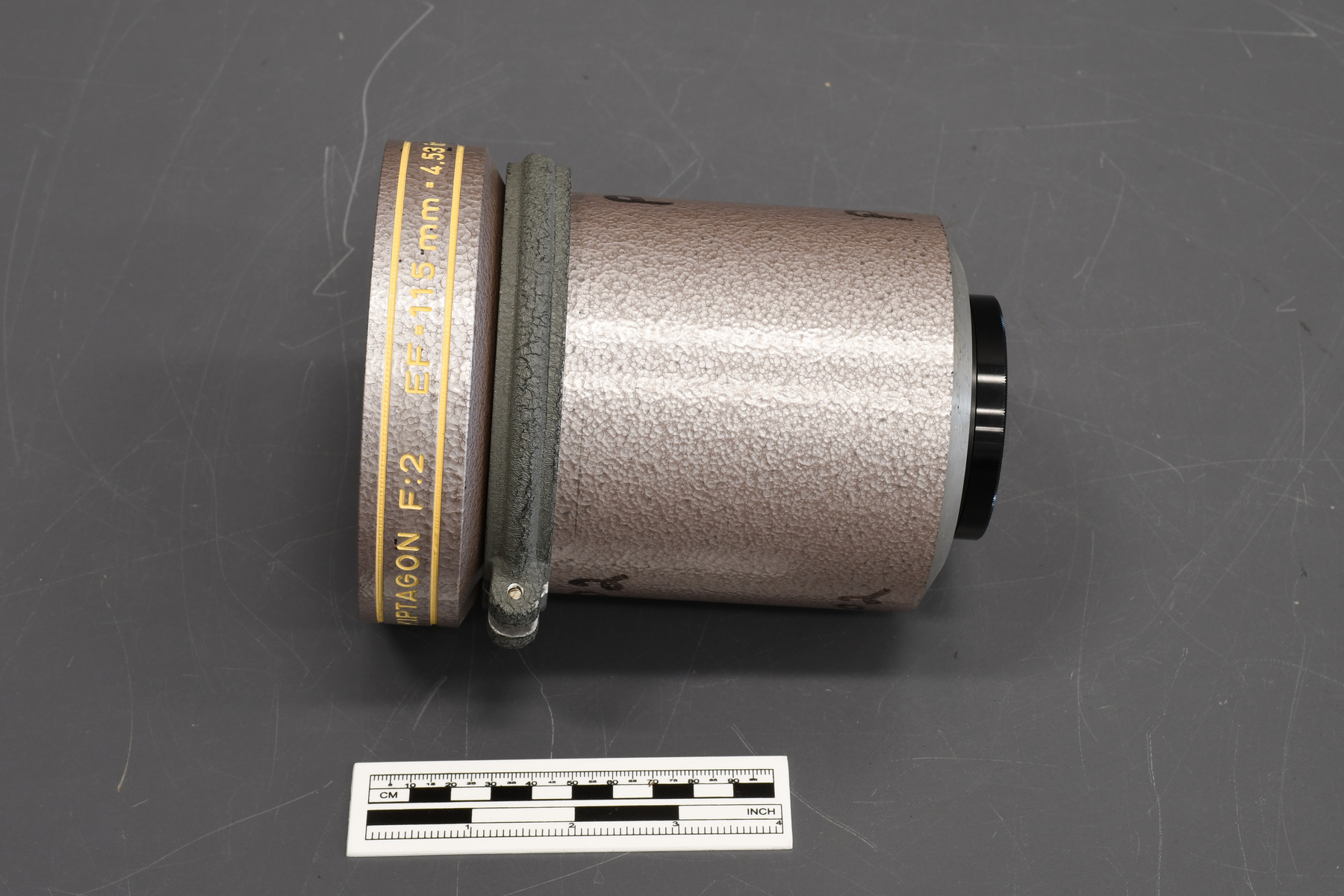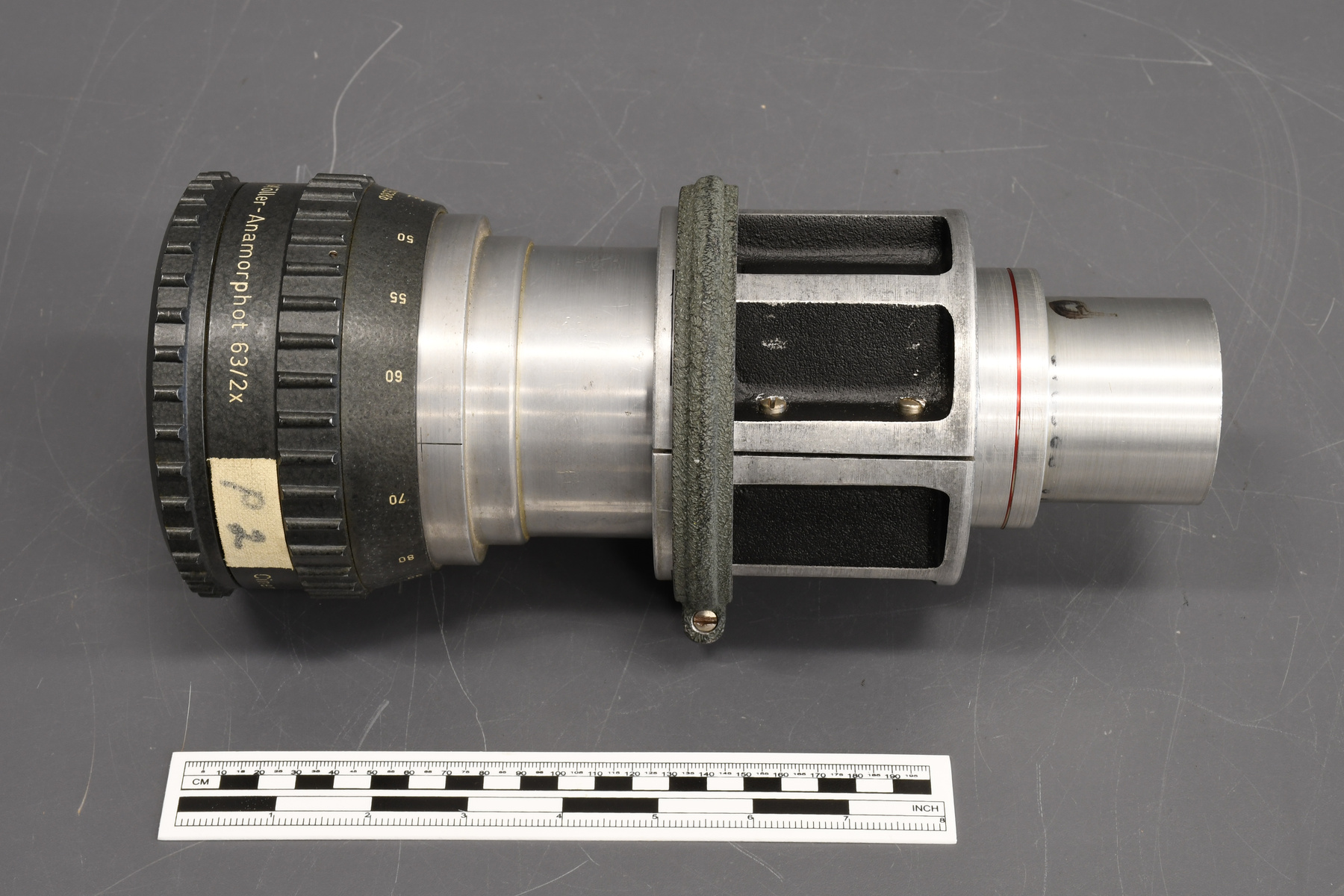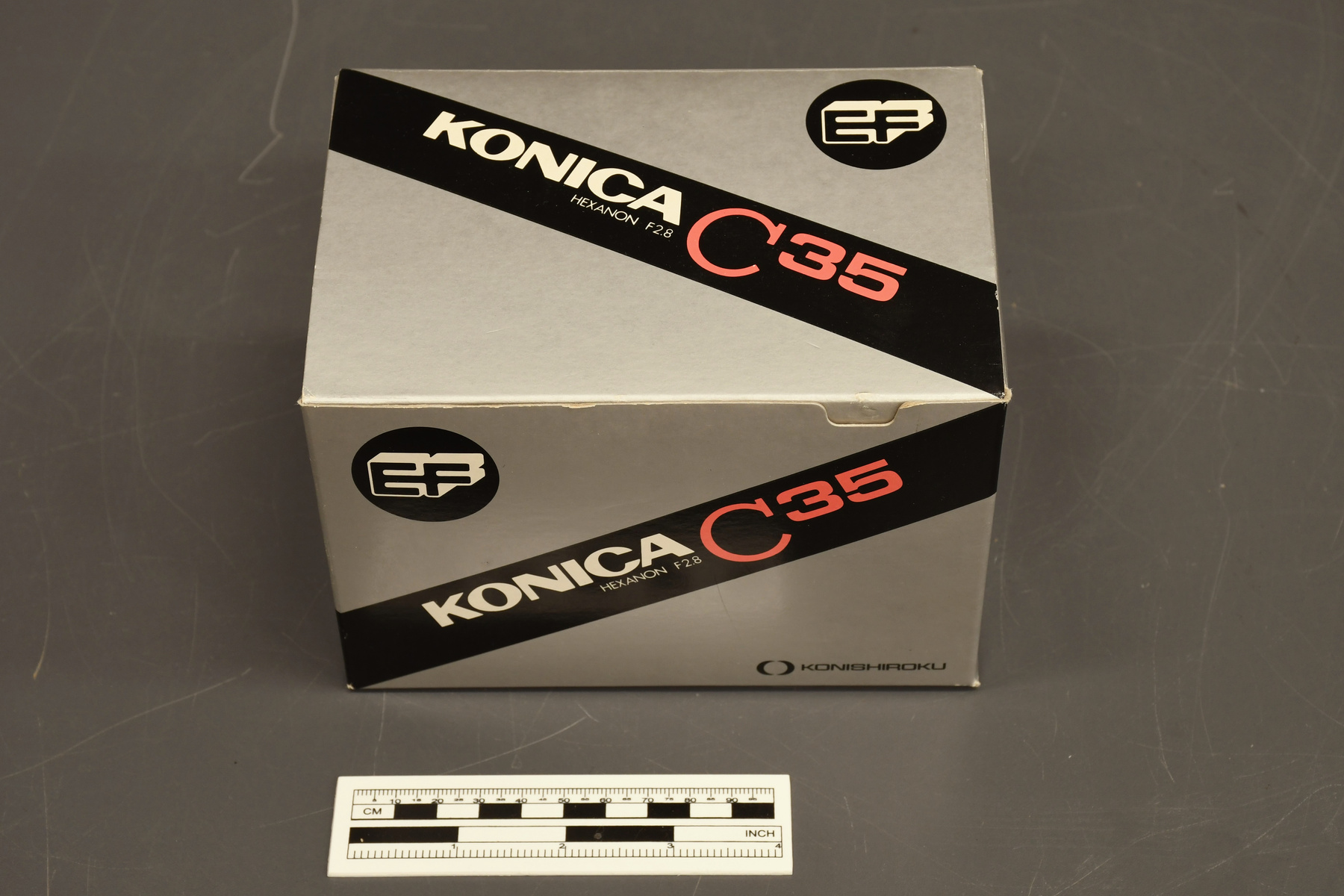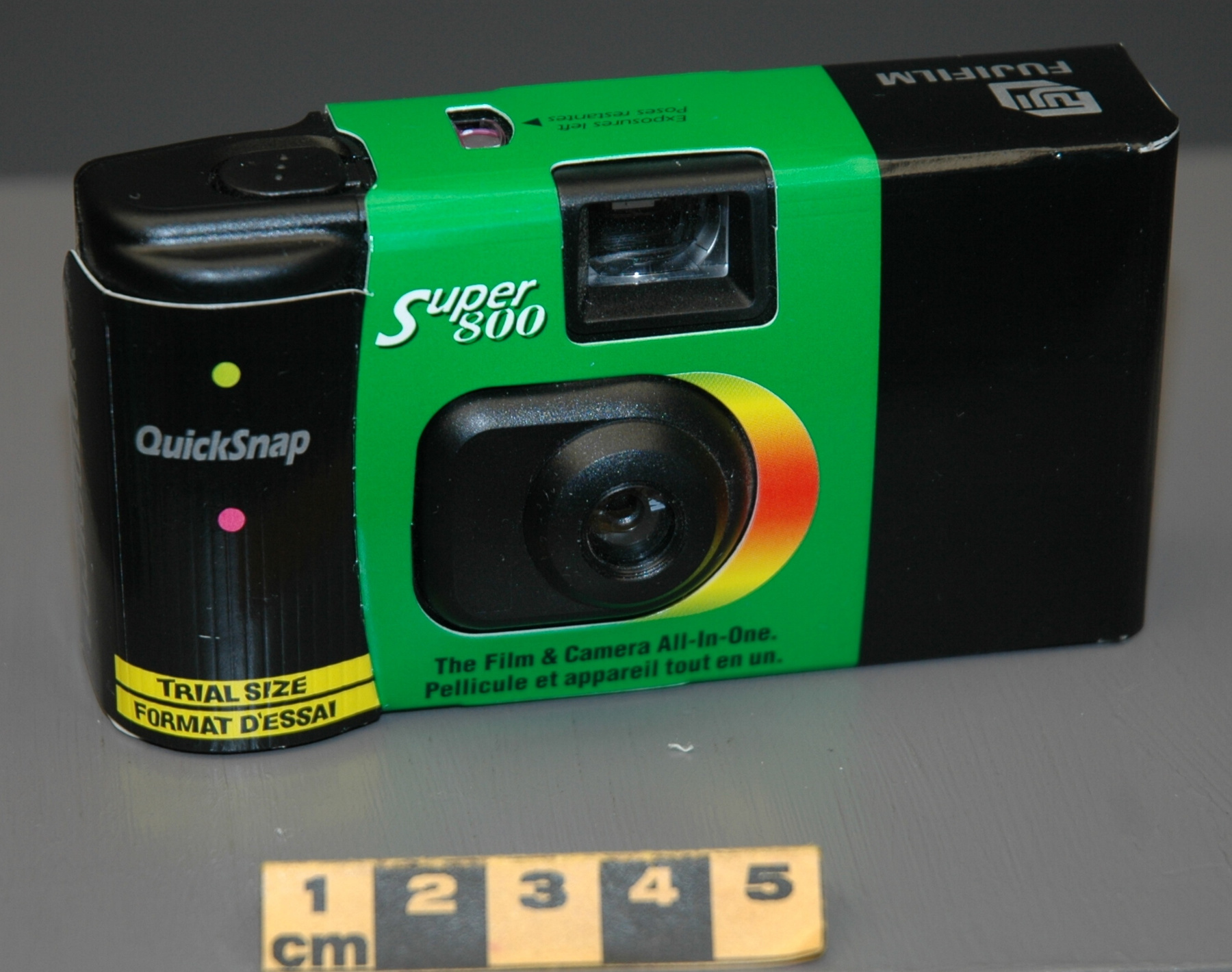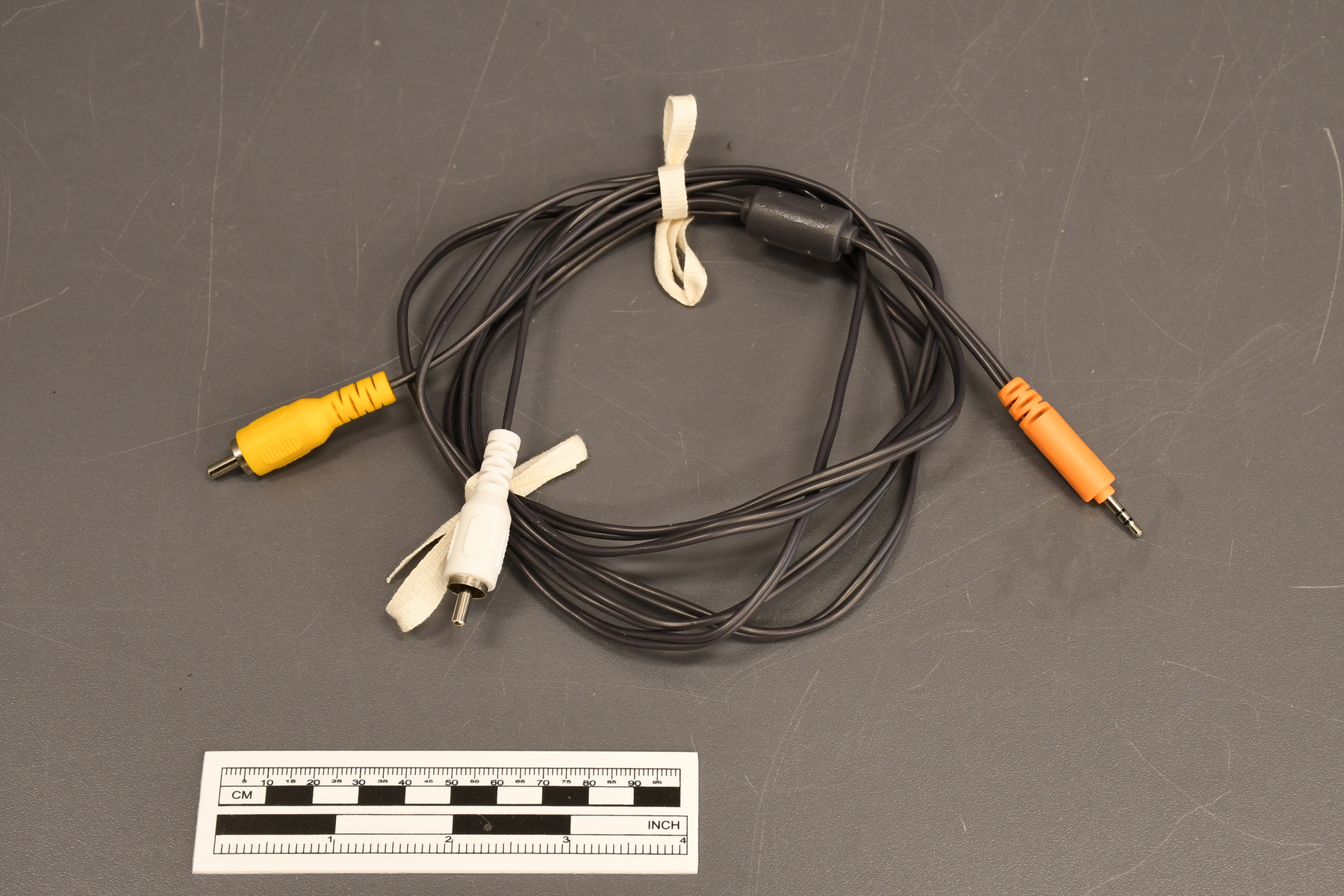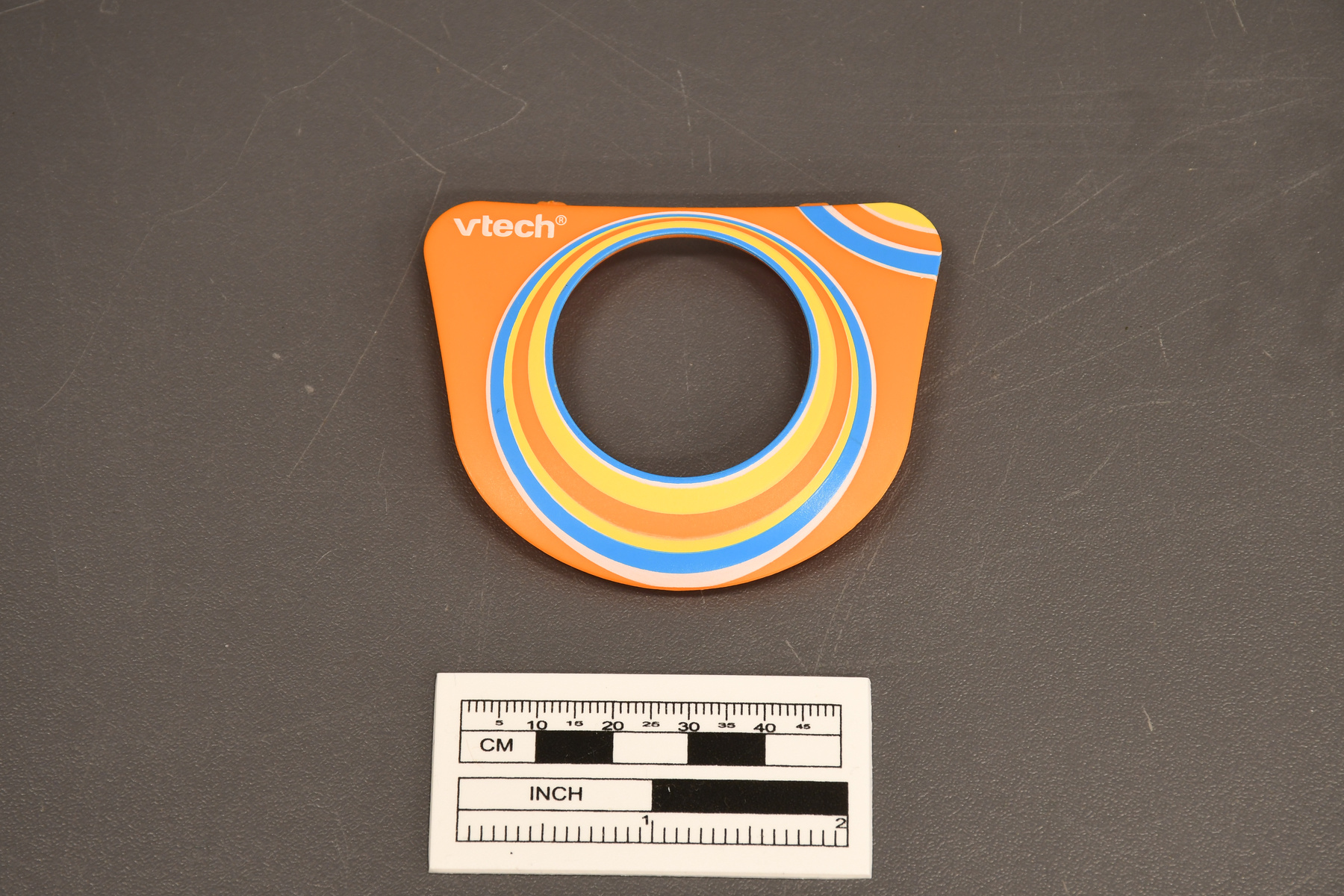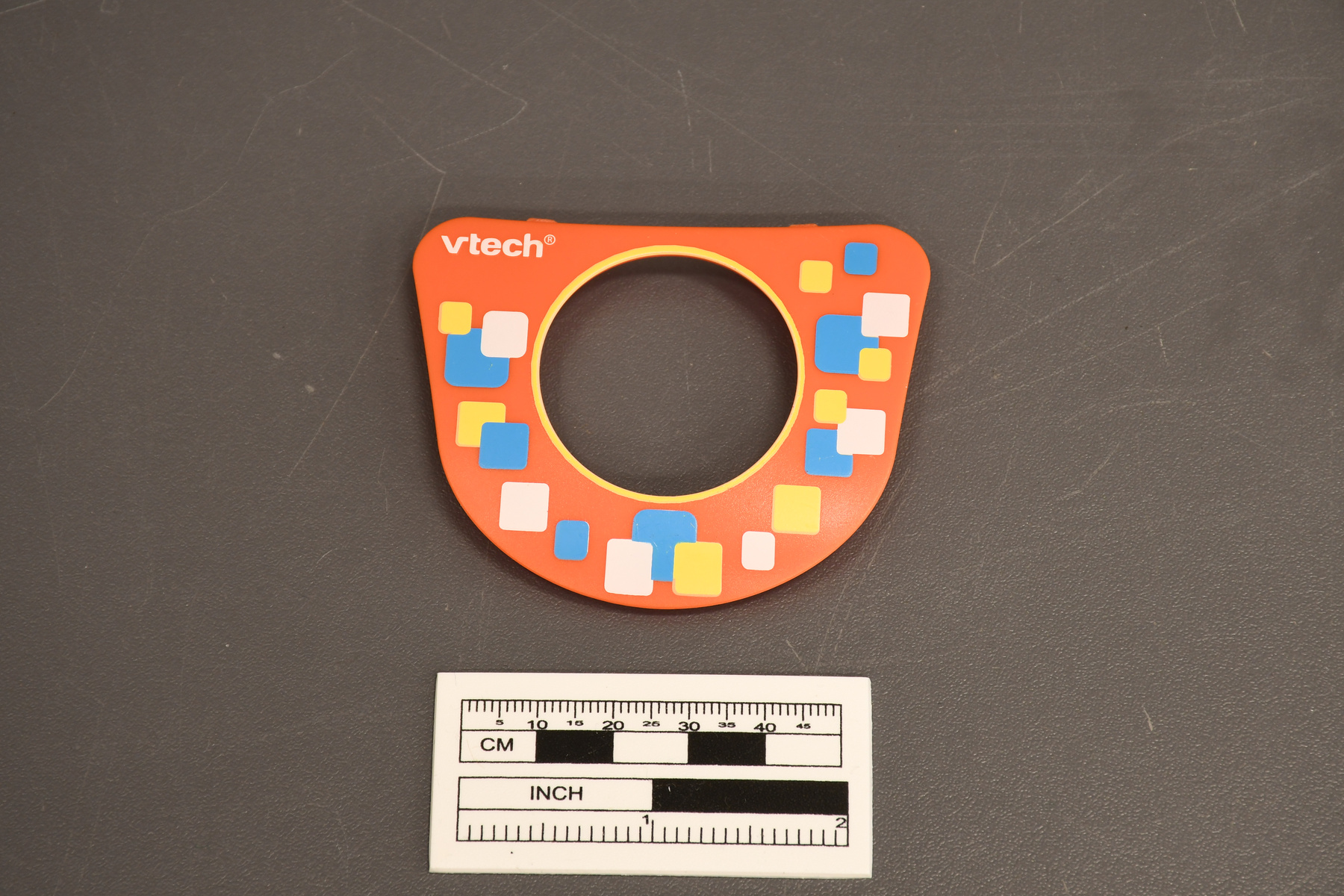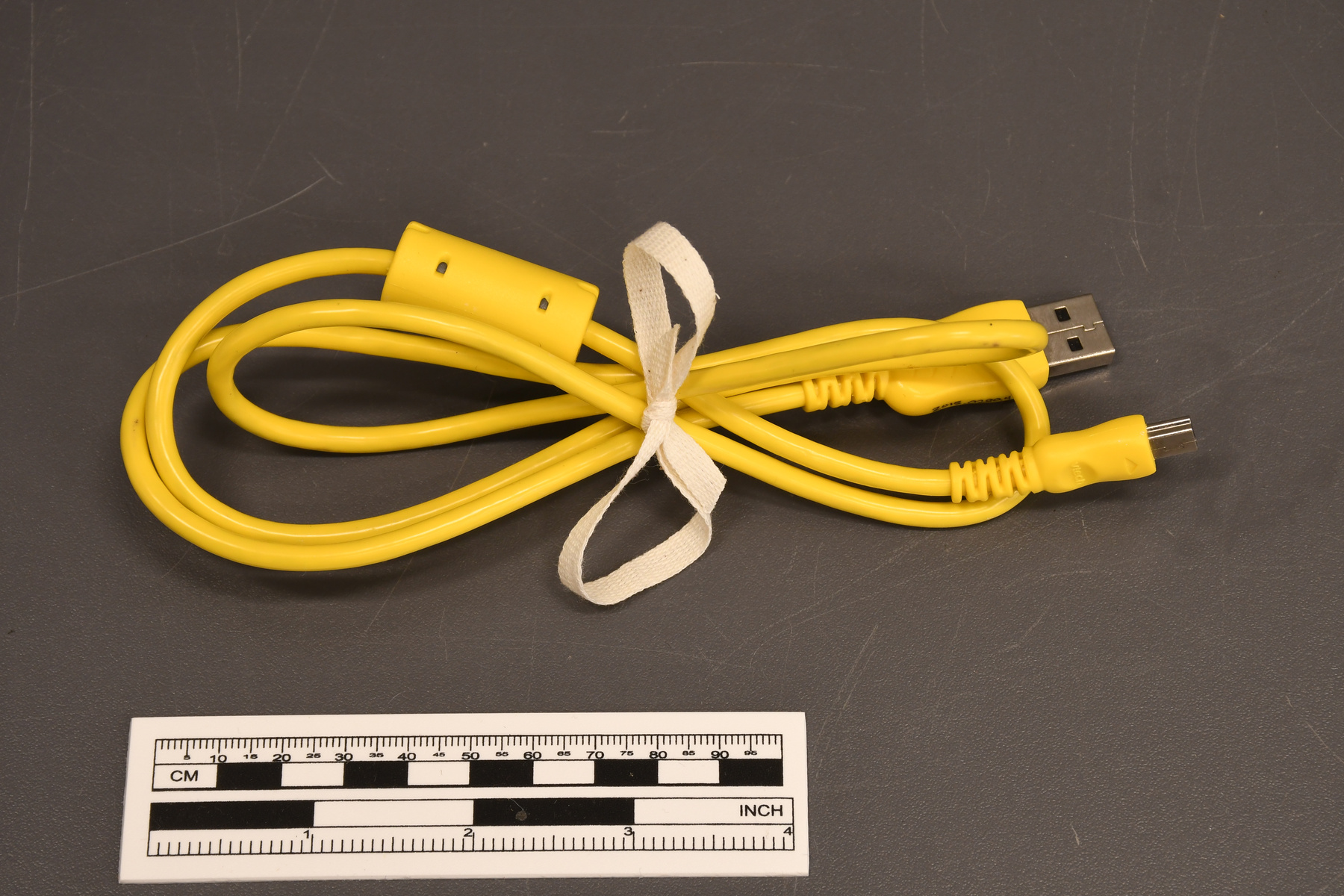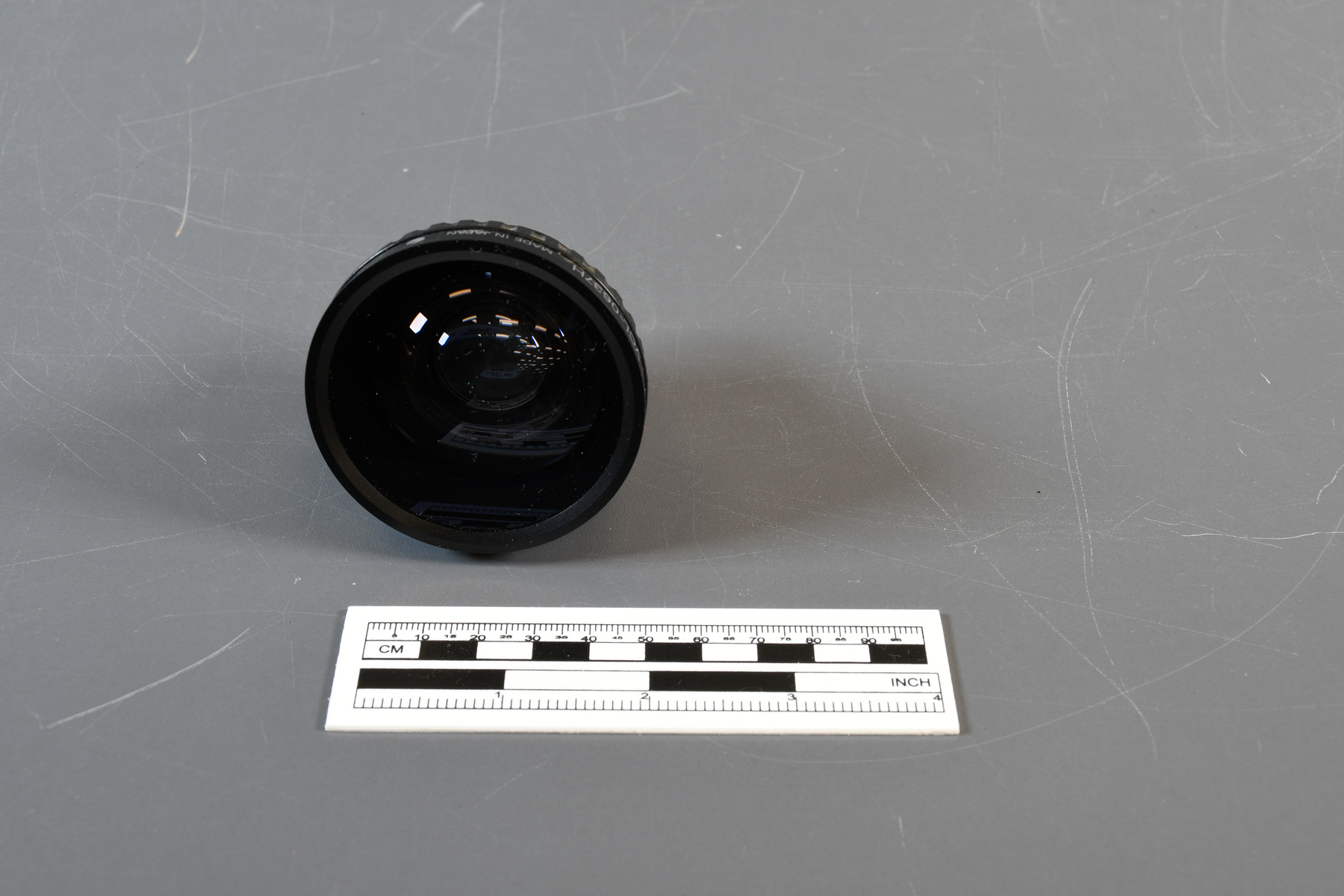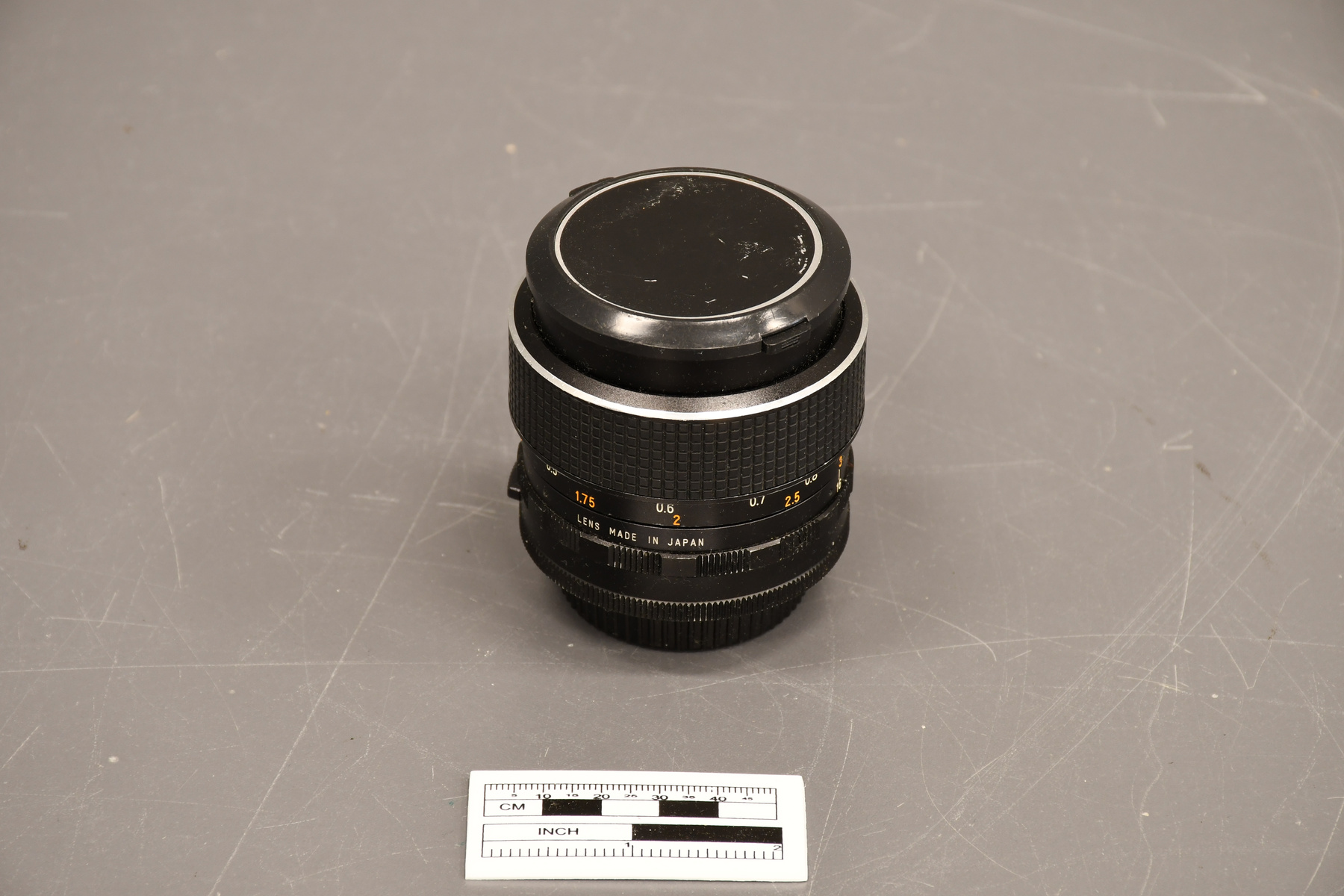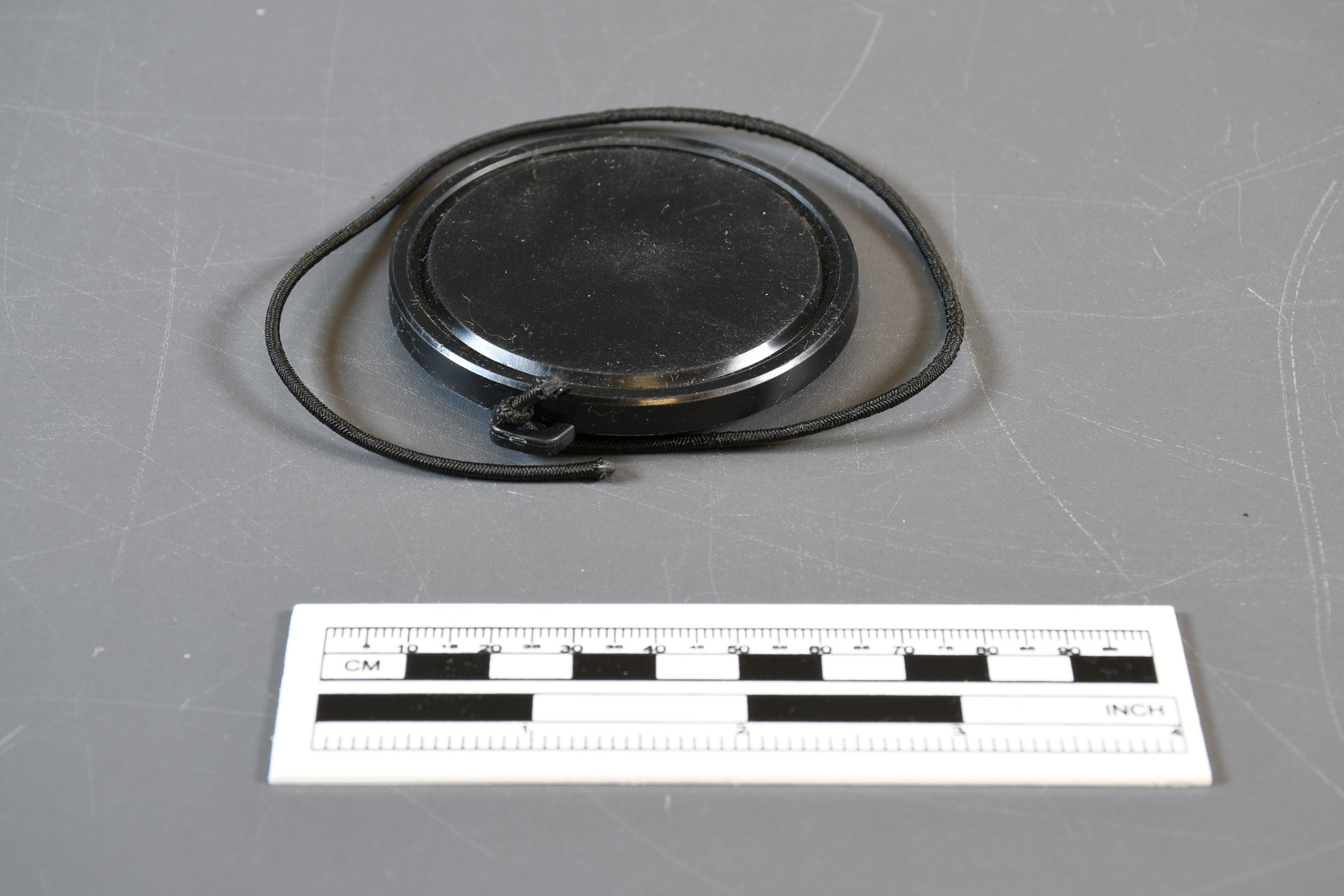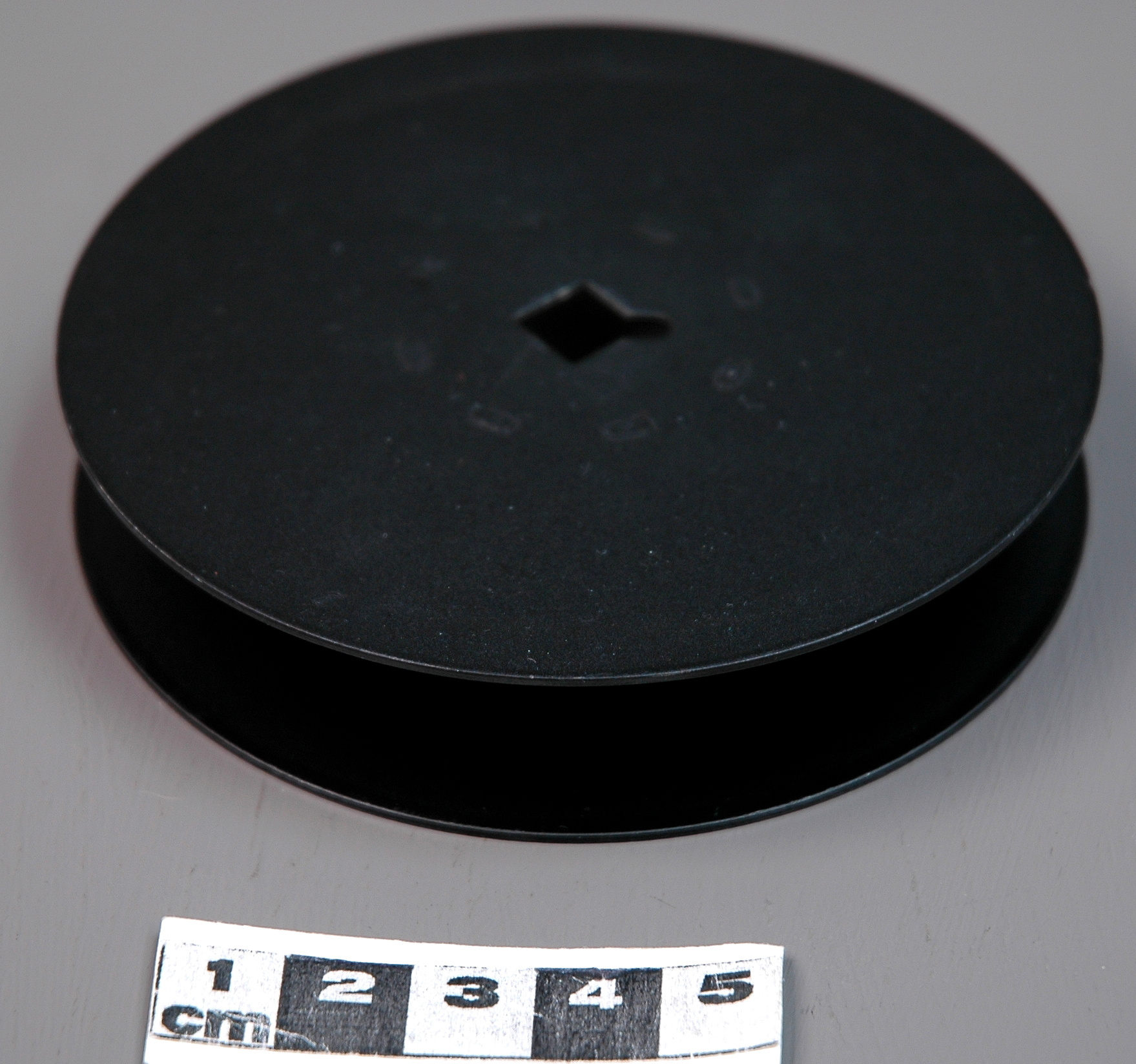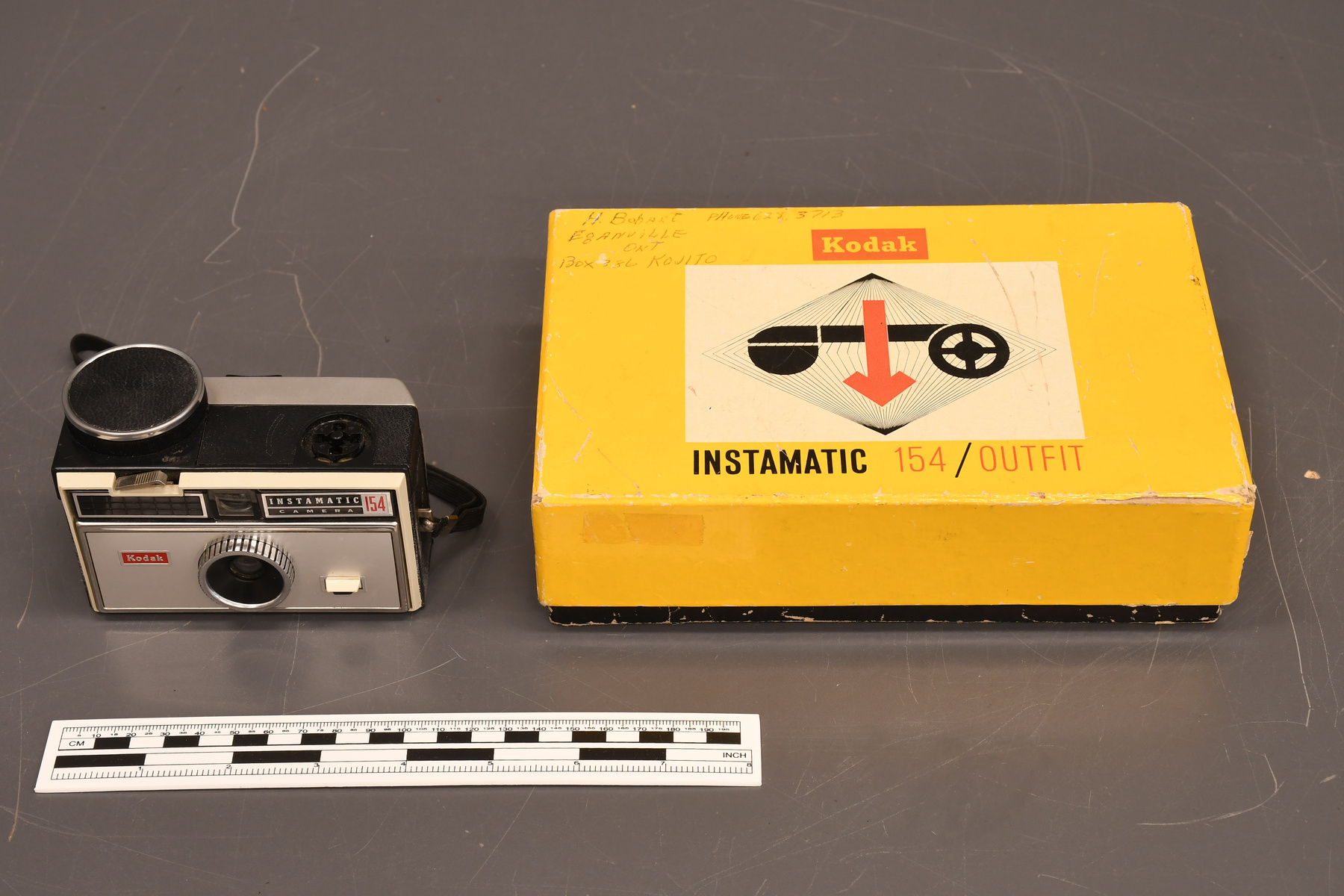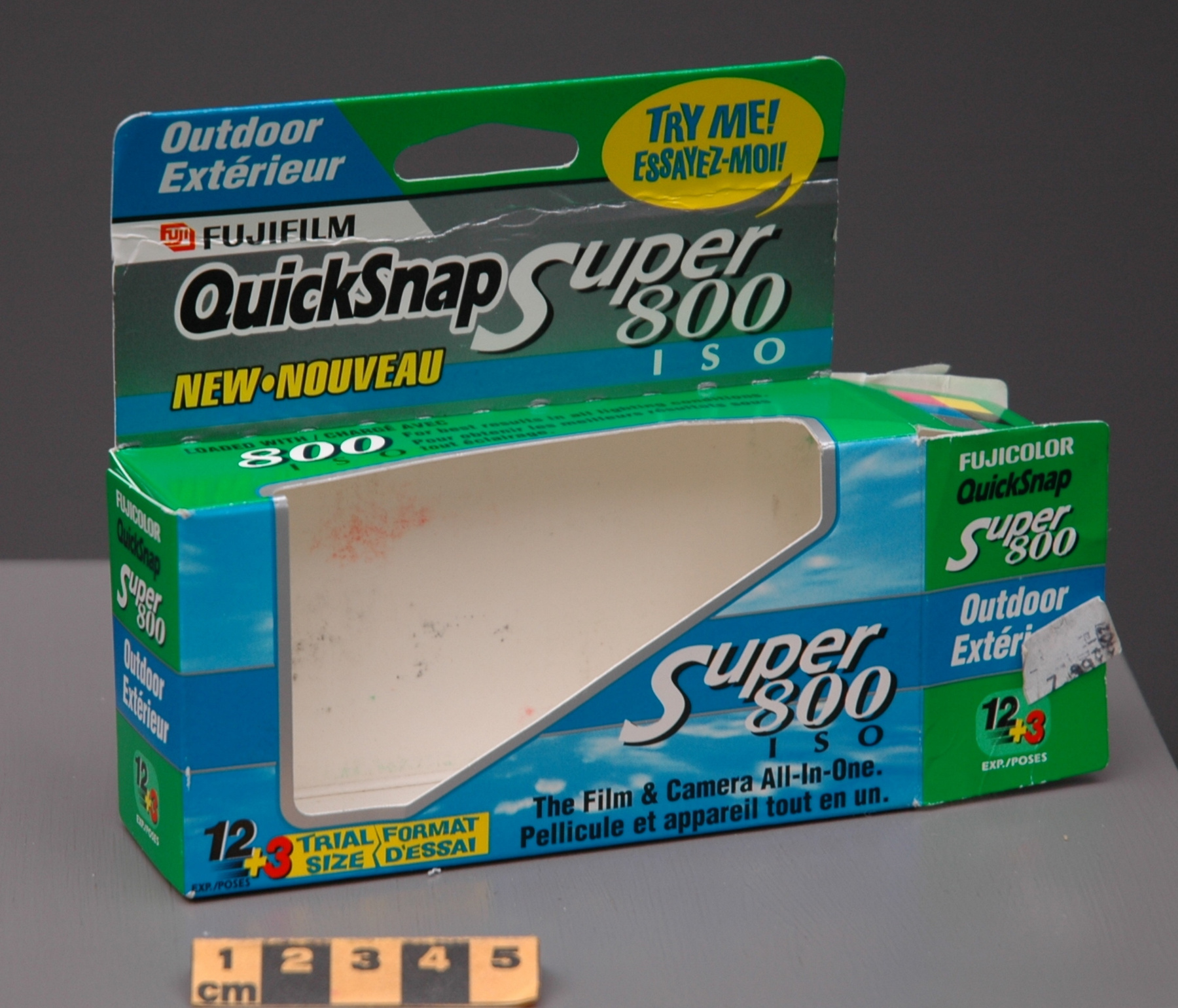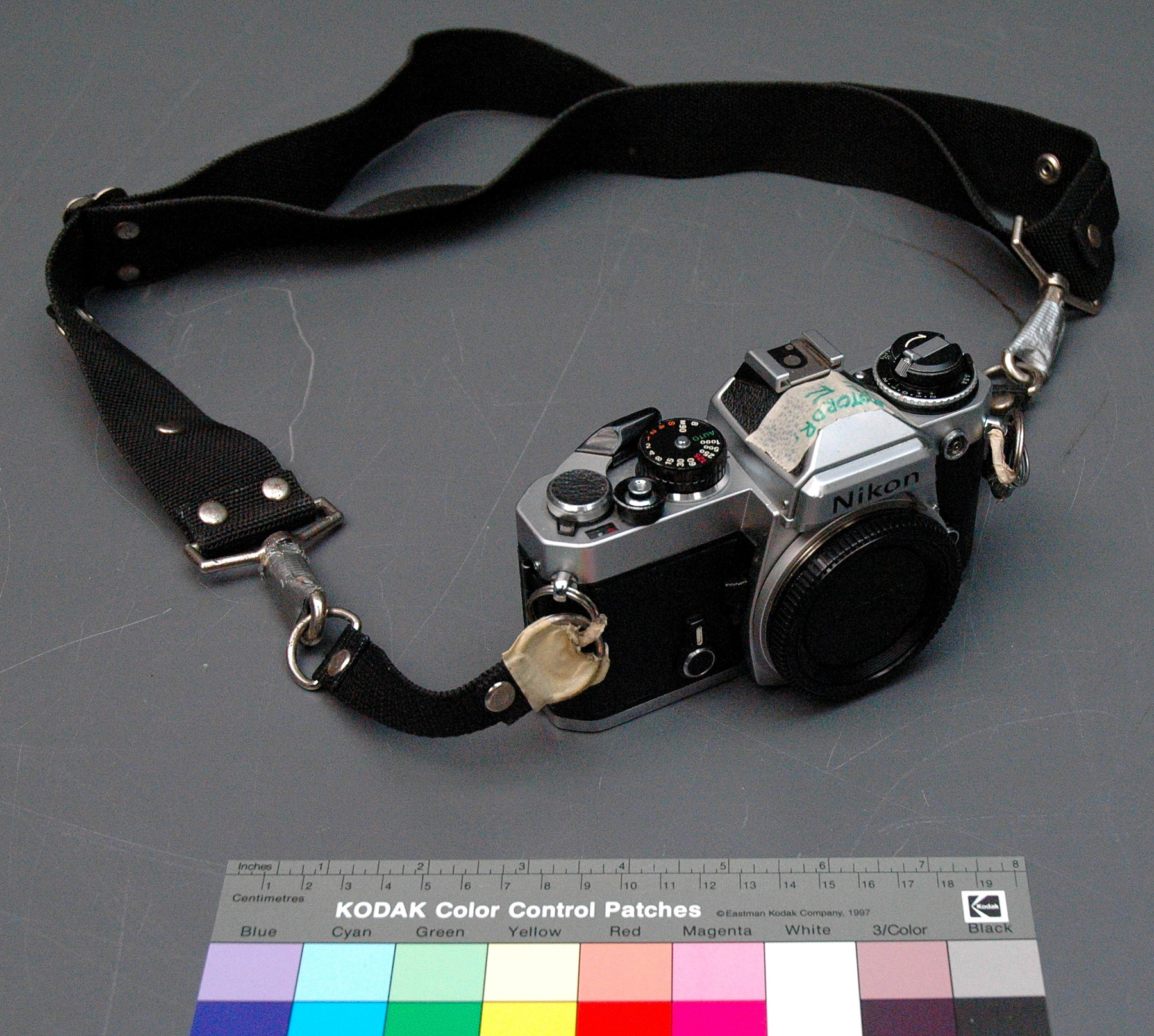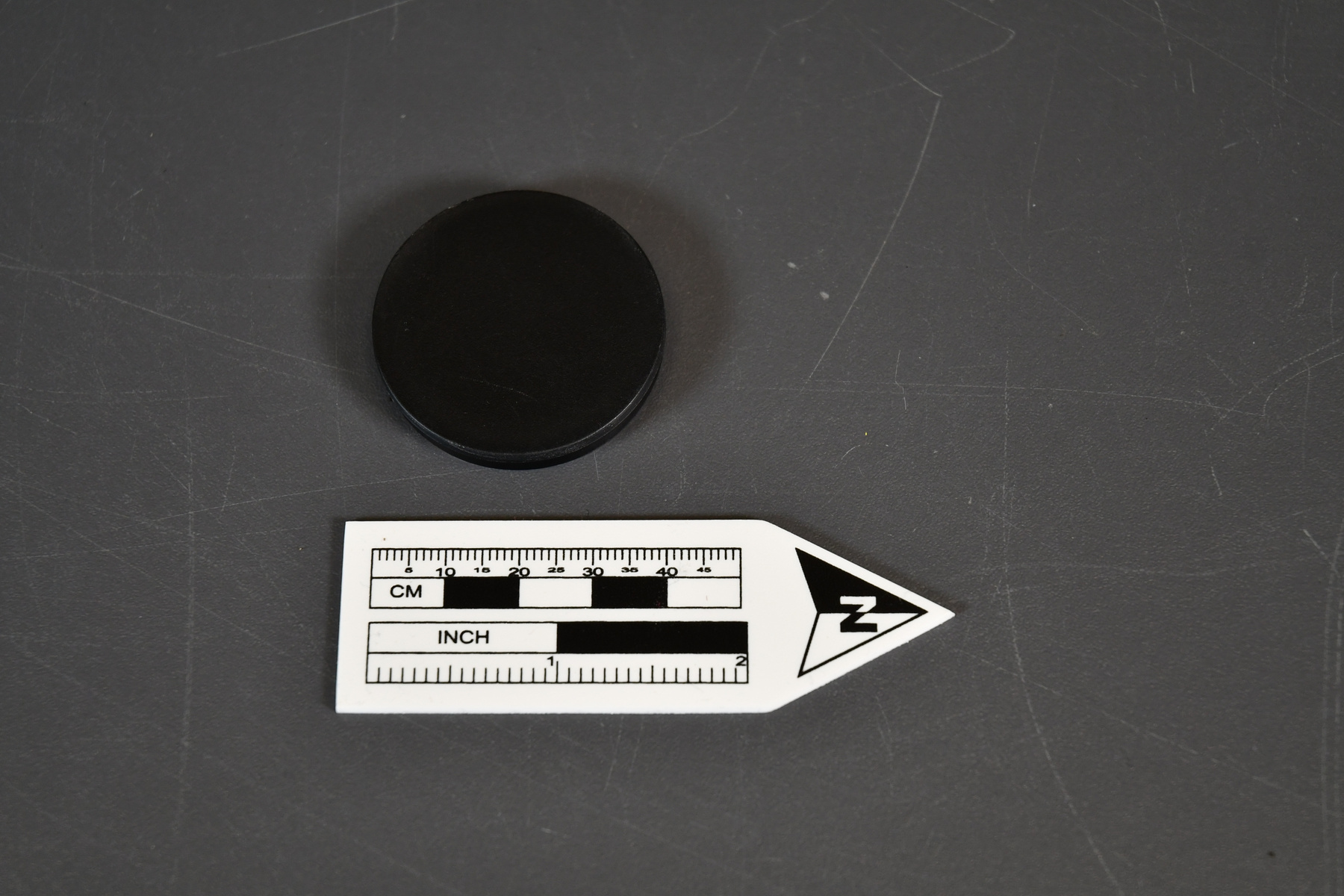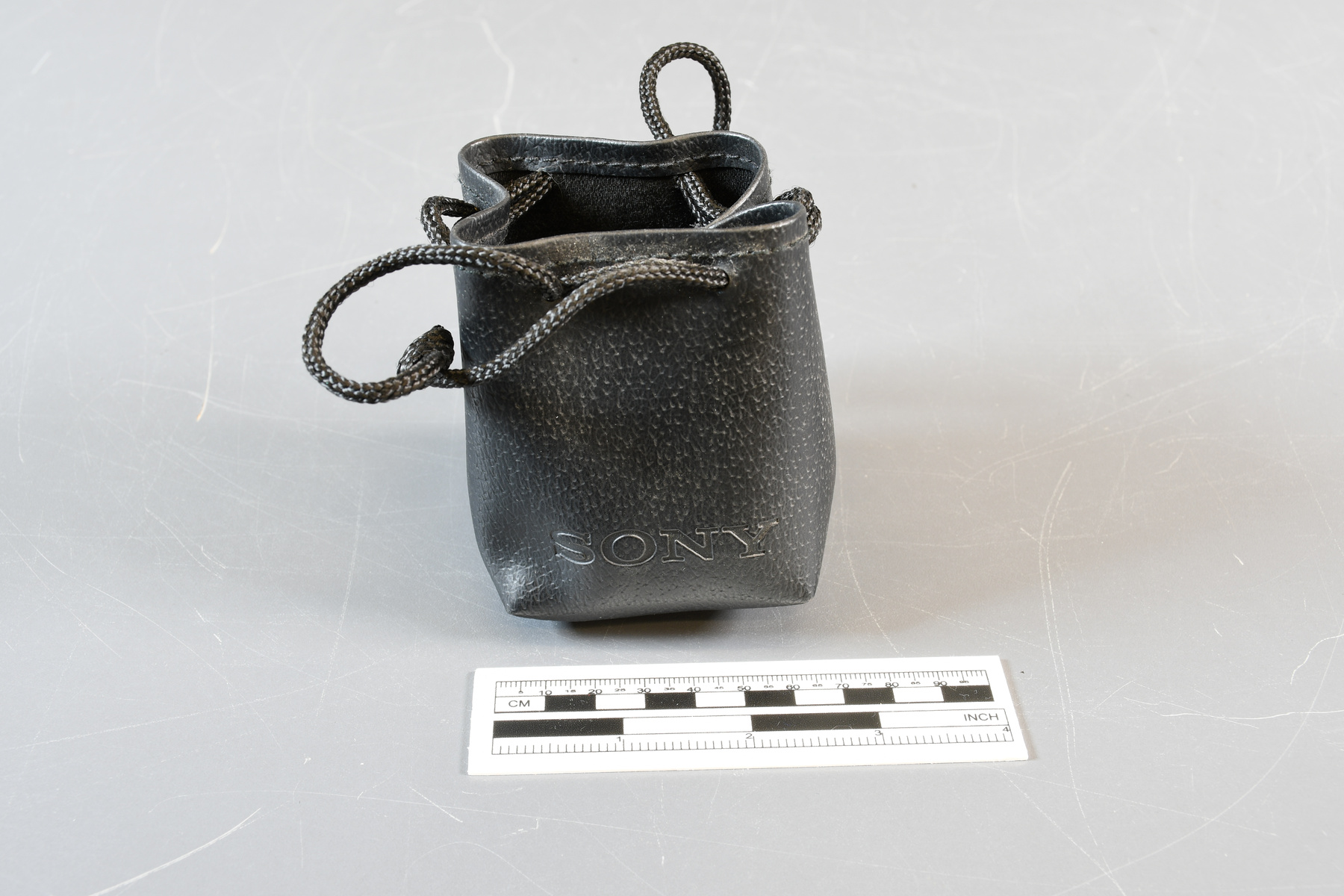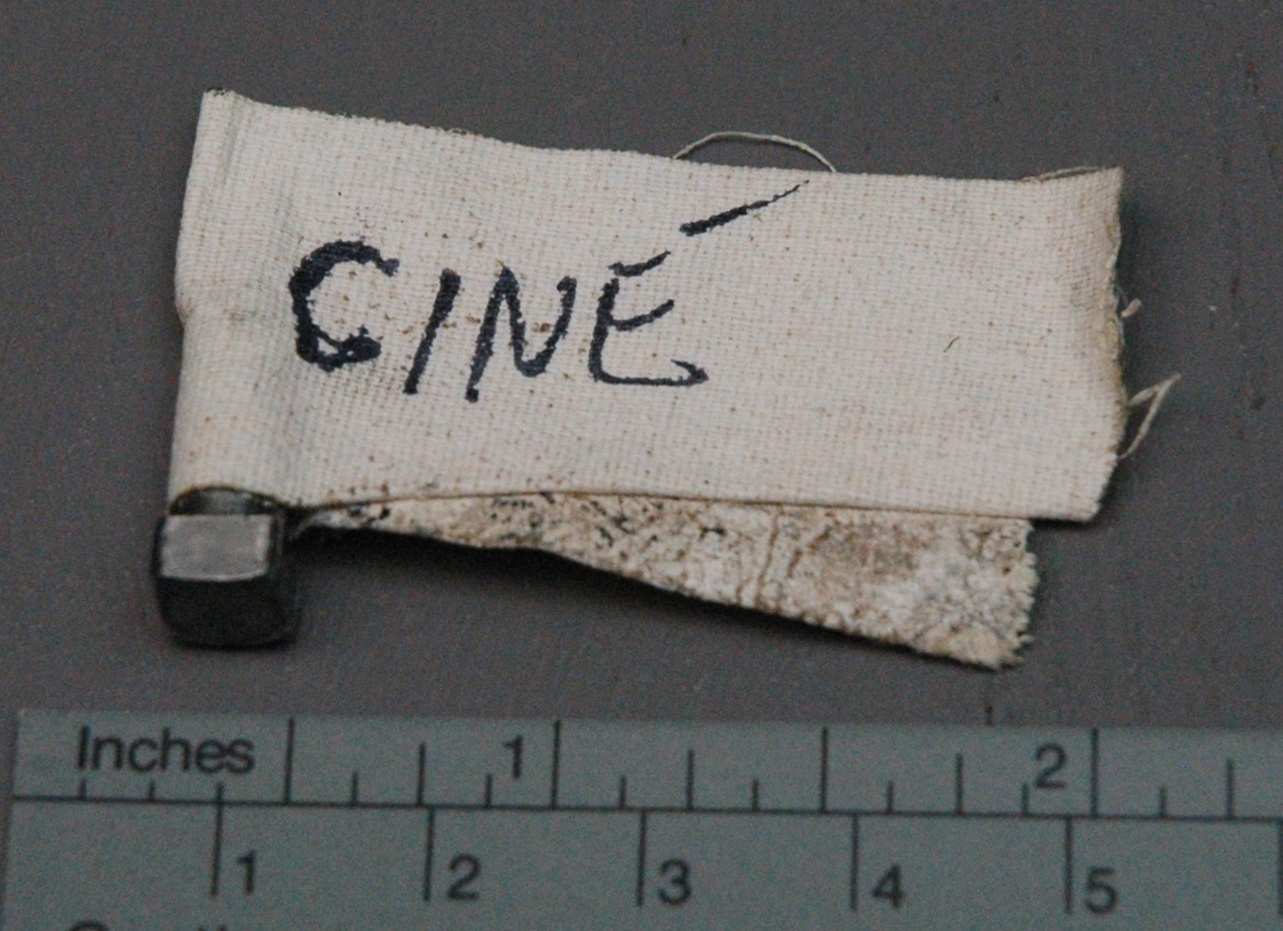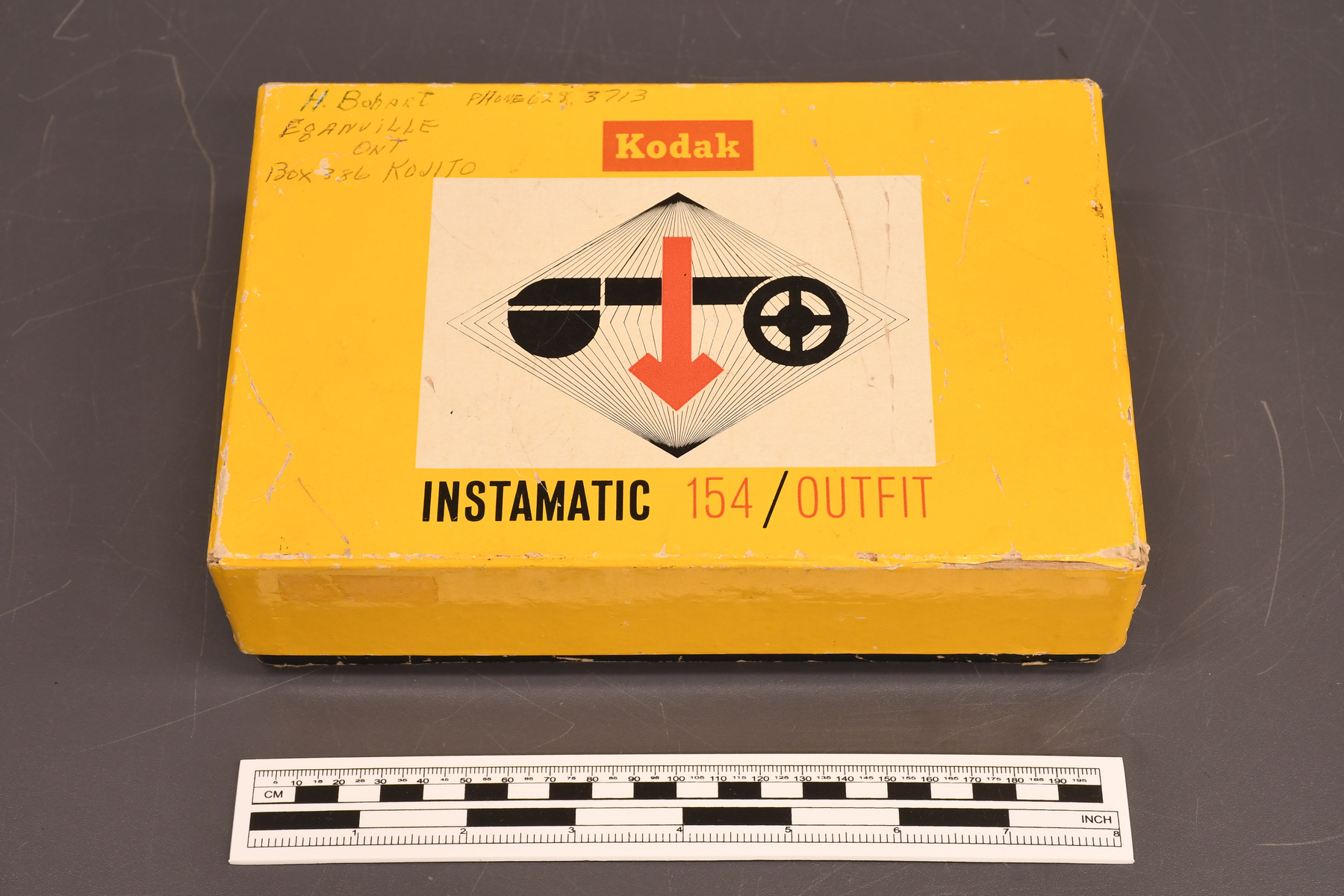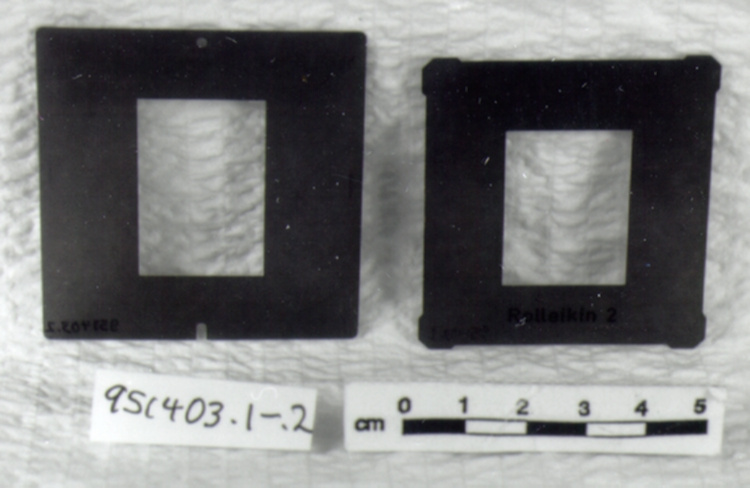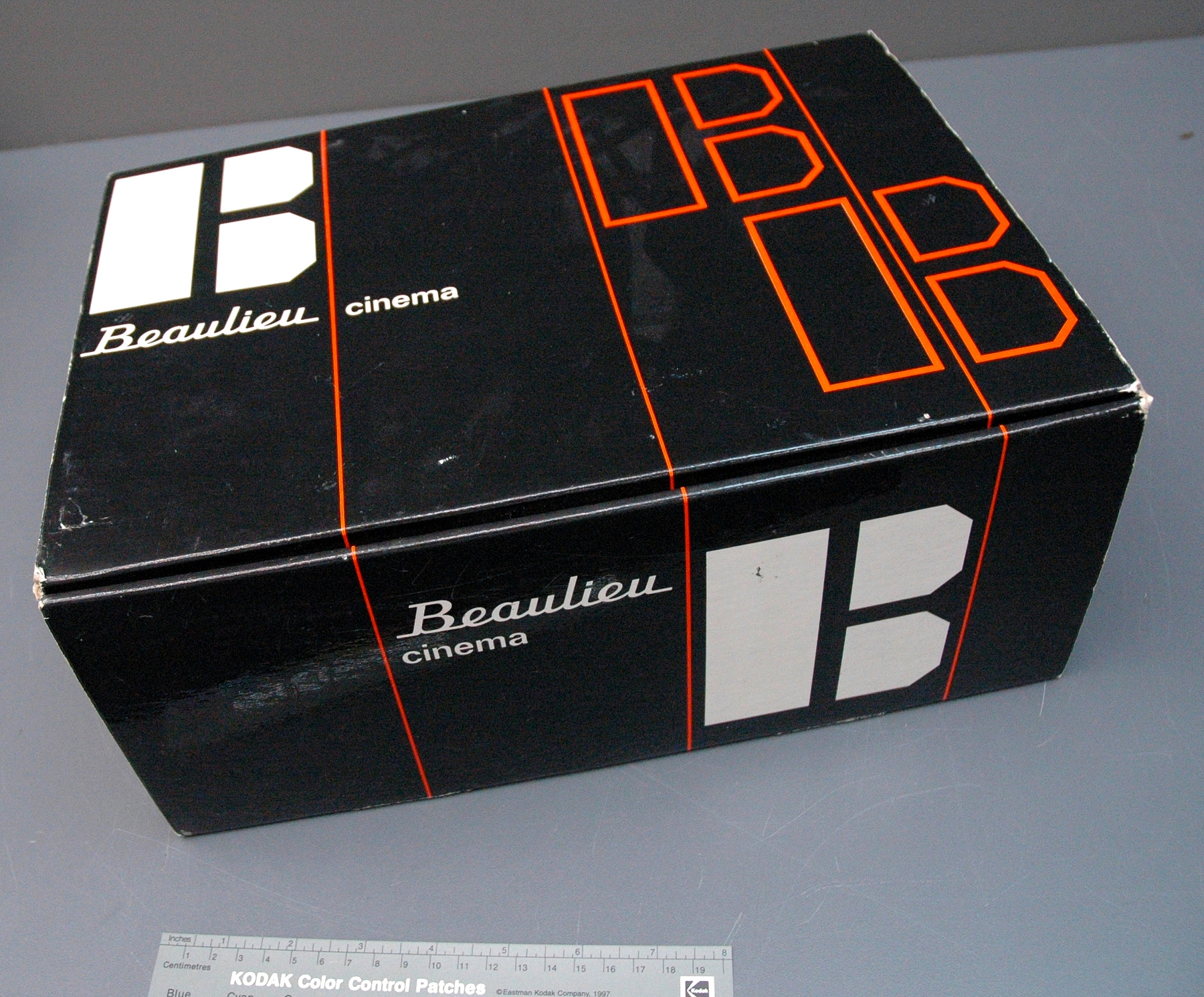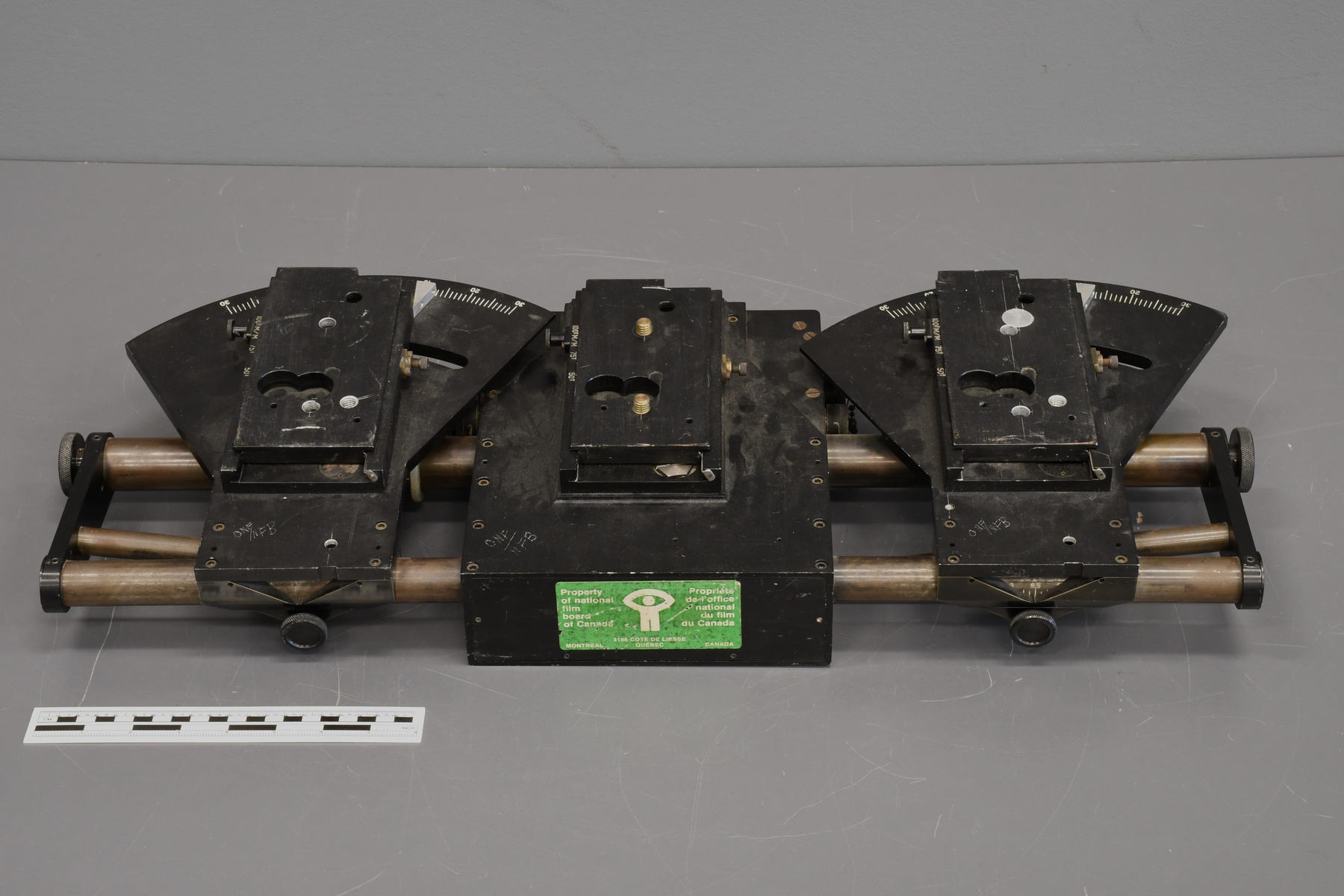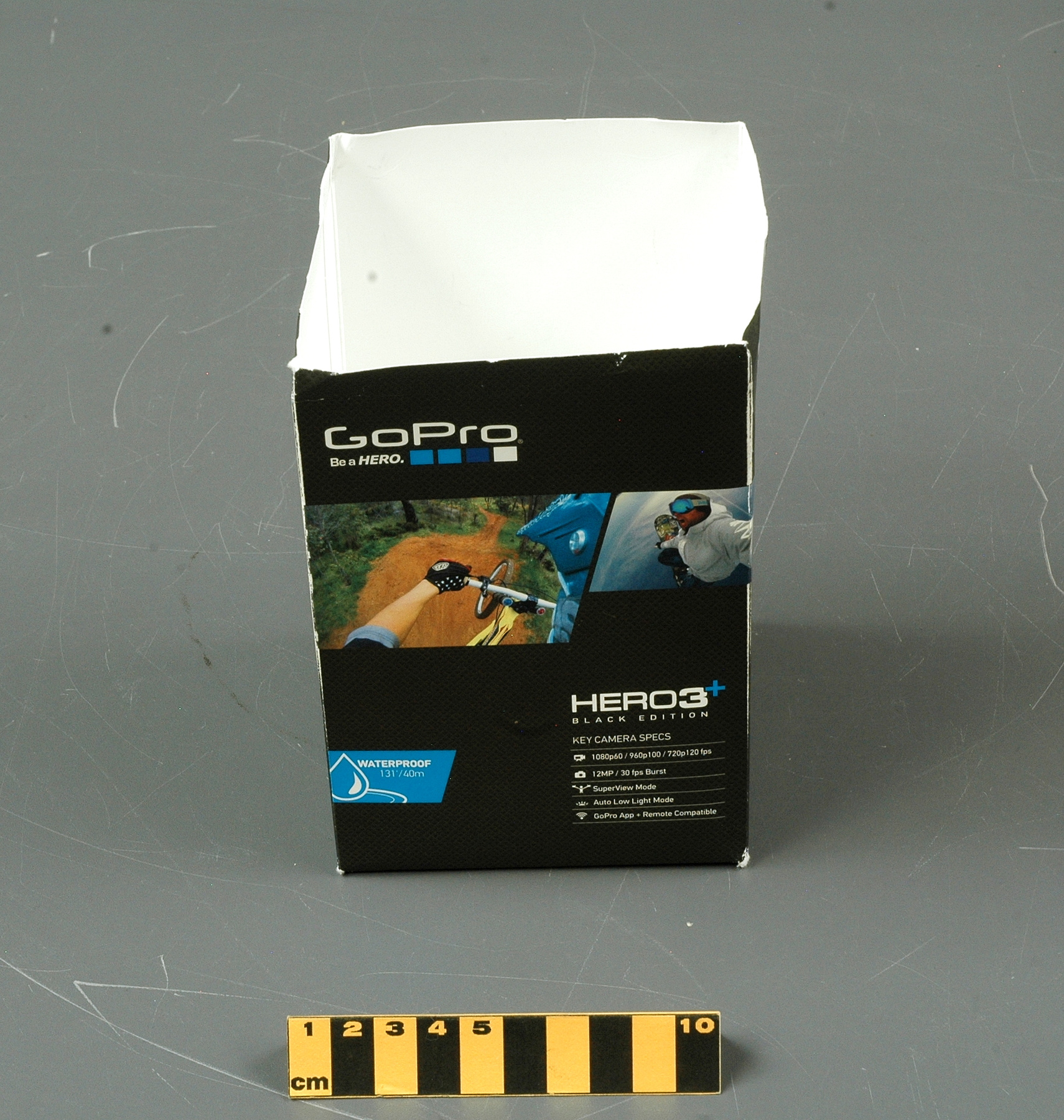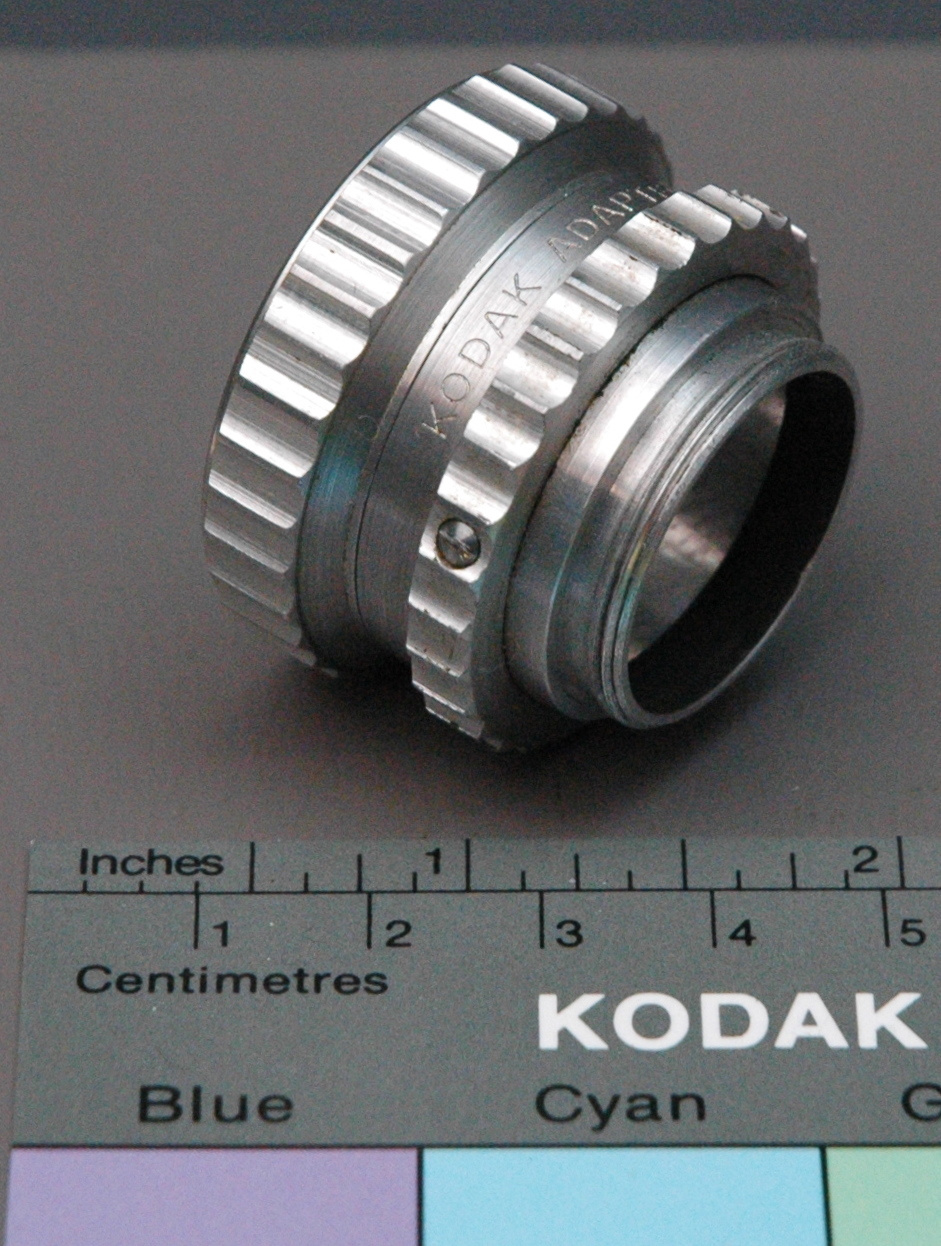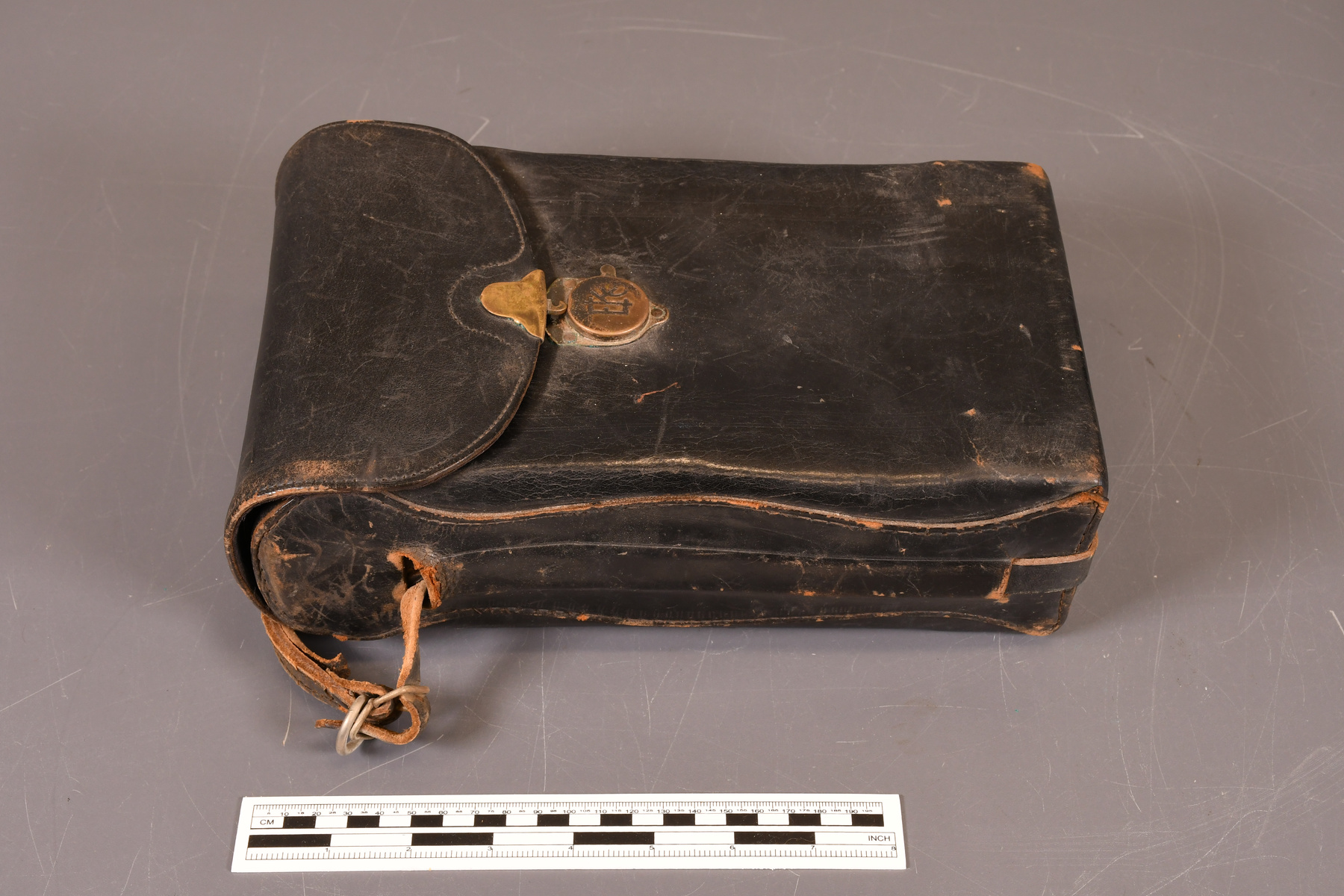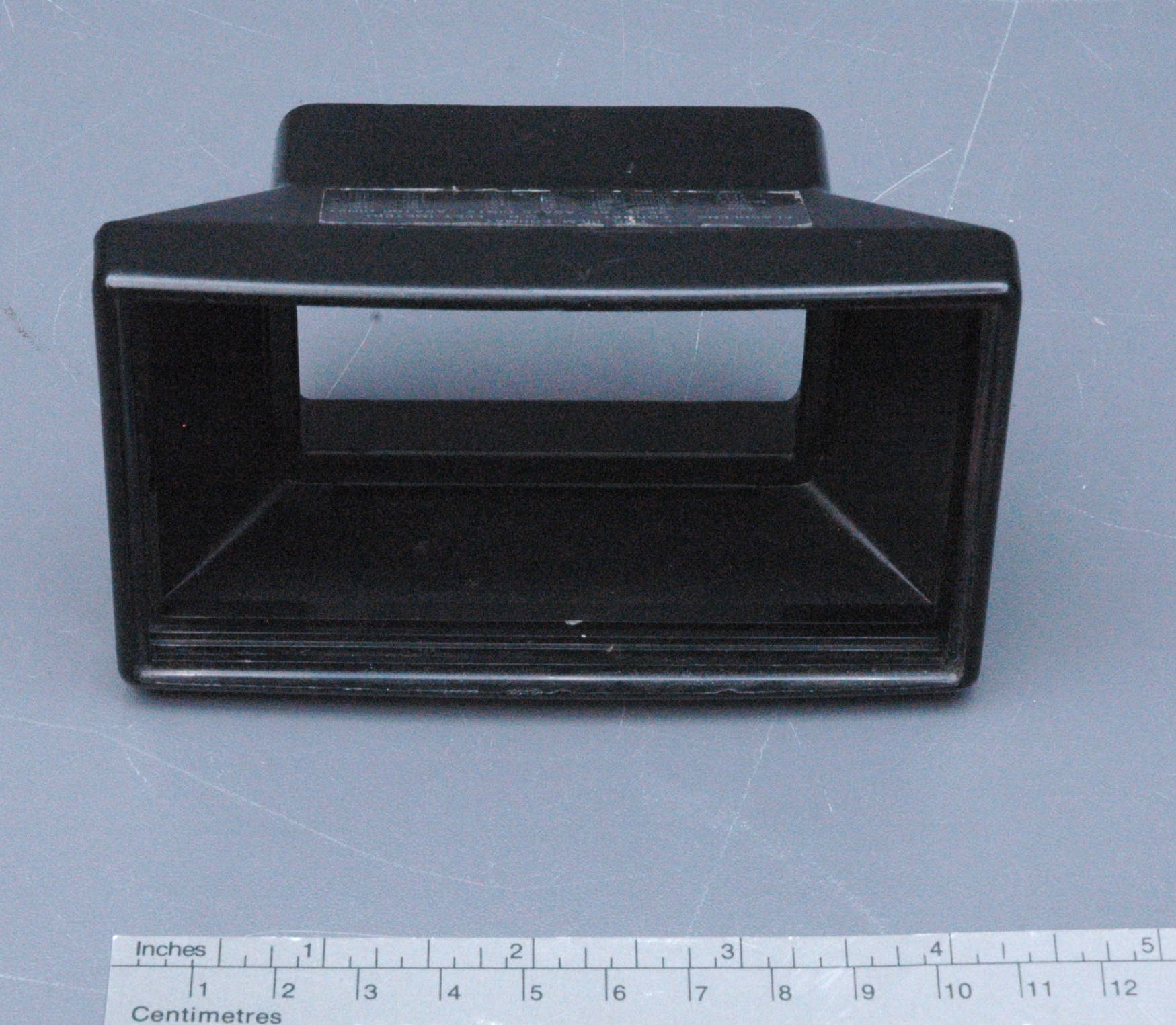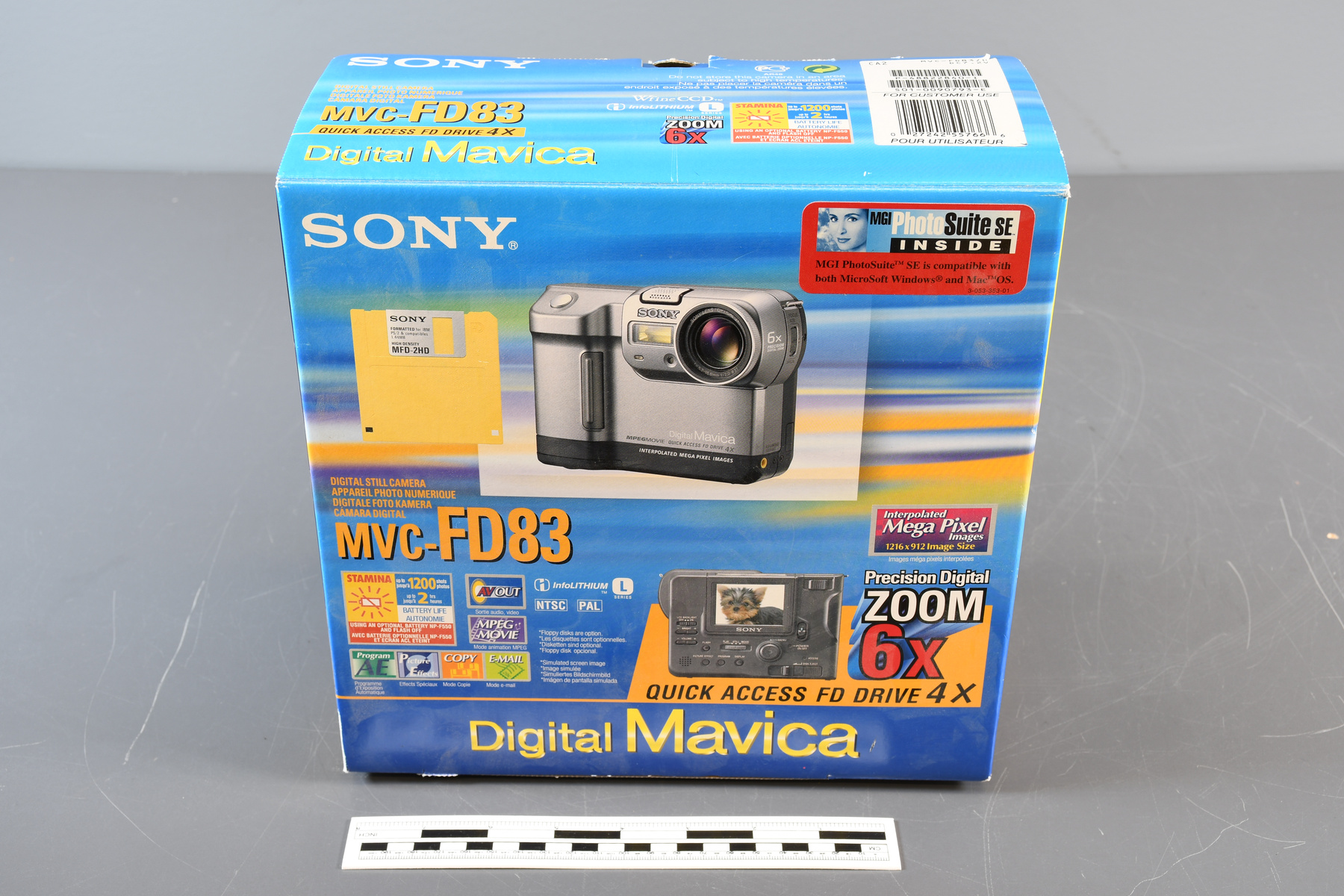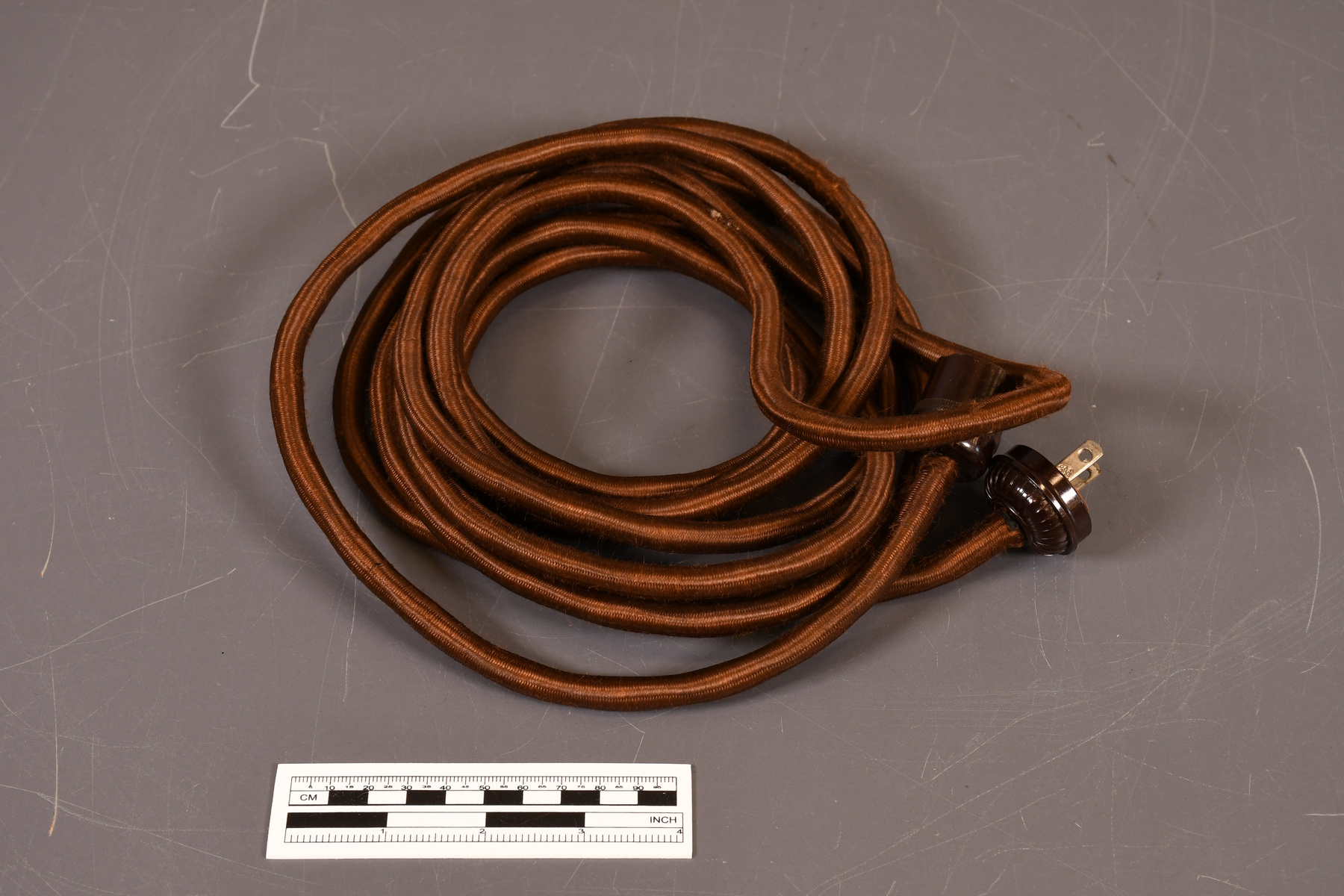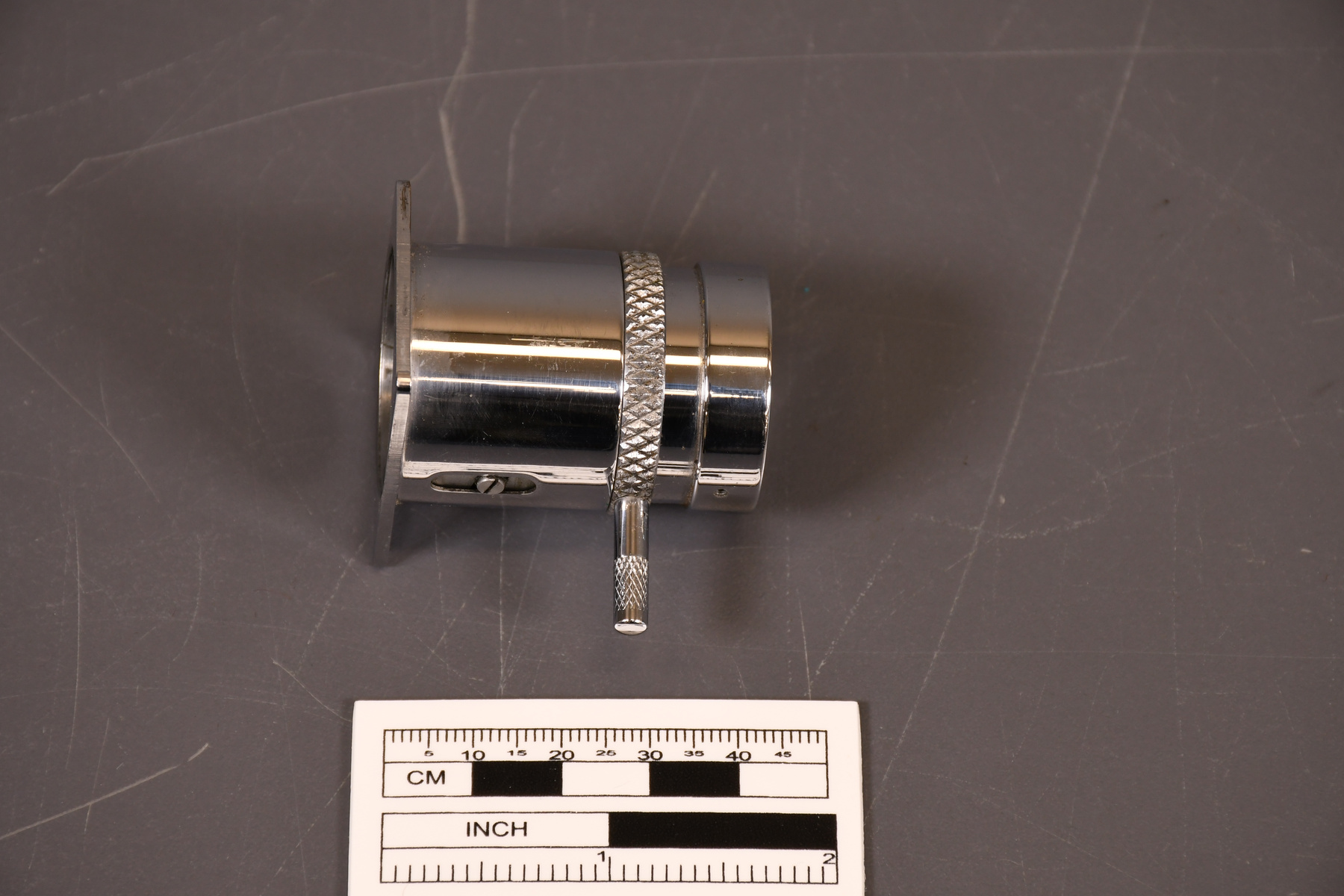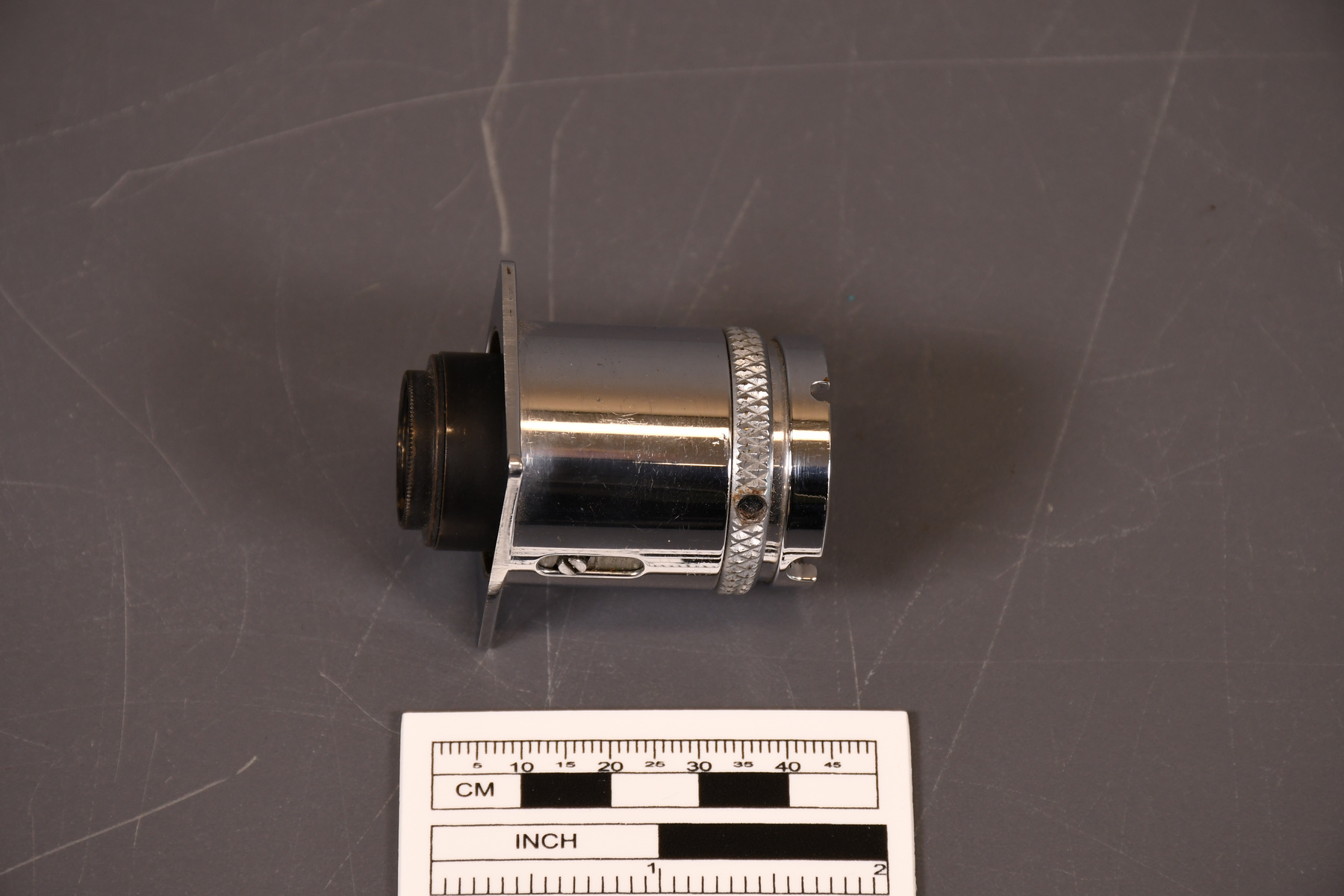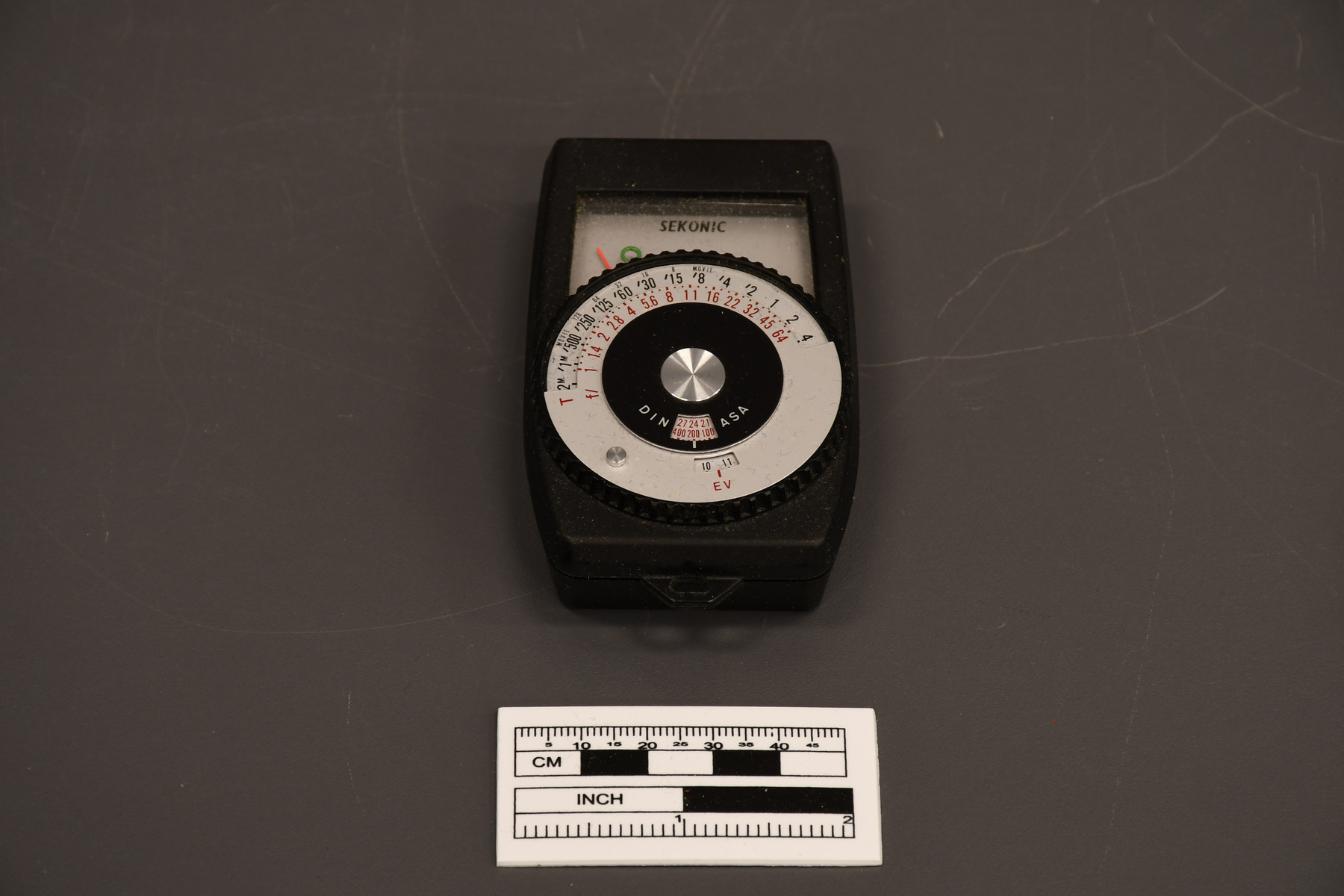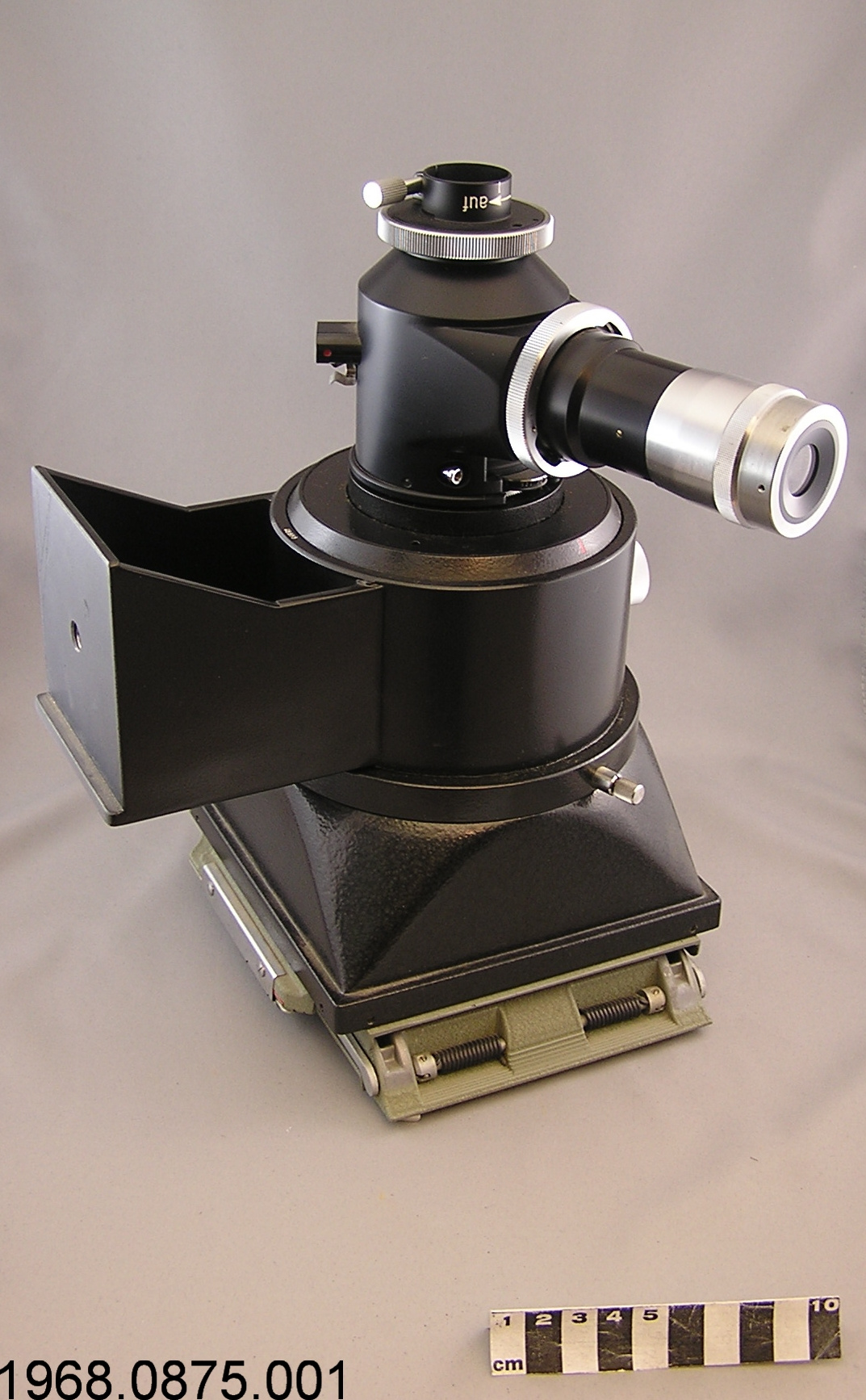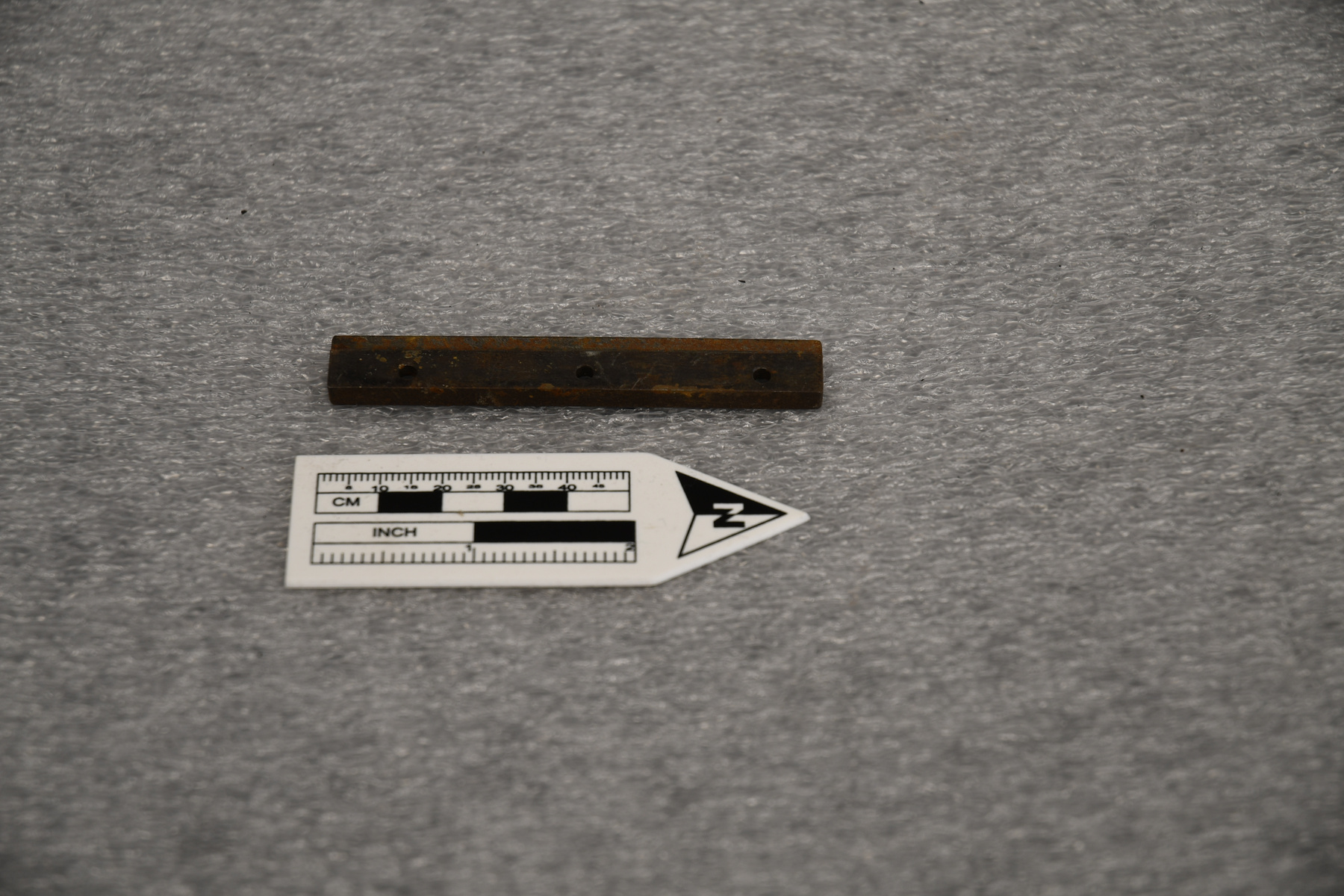Camera part
Use this image
Can I reuse this image without permission? Yes
Object images on the Ingenium Collection’s portal have the following Creative Commons license:
Copyright Ingenium / CC BY-NC-ND (Attribution-NonCommercial 4.0 International (CC BY-NC 4.0)
ATTRIBUTE THIS IMAGE
Ingenium,
2016.0448.015
Permalink:
Ingenium is releasing this image under the Creative Commons licensing framework, and encourages downloading and reuse for non-commercial purposes. Please acknowledge Ingenium and cite the artifact number.
DOWNLOAD IMAGEPURCHASE THIS IMAGE
This image is free for non-commercial use.
For commercial use, please consult our Reproduction Fees and contact us to purchase the image.
- OBJECT TYPE
- N/A
- DATE
- 1970
- ARTIFACT NUMBER
- 2016.0448.015
- MANUFACTURER
- Unknown
- MODEL
- Unknown
- LOCATION
- Unknown
More Information
General Information
- Serial #
- N/A
- Part Number
- 15
- Total Parts
- 47
- AKA
- N/A
- Patents
- N/A
- General Description
- An object comprised of metal elements/Un objet fait avec des éléments en métal
Dimensions
Note: These reflect the general size for storage and are not necessarily representative of the object's true dimensions.
- Length
- 1.0 cm
- Width
- 8.0 cm
- Height
- N/A
- Thickness
- N/A
- Weight
- N/A
- Diameter
- N/A
- Volume
- N/A
Lexicon
- Group
- Photography
- Category
- Cine cameras
- Sub-Category
- N/A
Manufacturer
- AKA
- Unknown
- Country
- Unknown
- State/Province
- Unknown
- City
- Unknown
Context
- Country
- Unknown
- State/Province
- Unknown
- Period
- Used between 1970-1975
- Canada
-
IMAX Camera no. 1 was the first cinema camera developed and used by IMAX Systems Corporation. It was built in 1970 and at the time of its creation, IMAX Camera no. 1 was regarded as the world’s most advanced 70mm cinema camera. The first film shot on Camera no. 1 was Tiger Child which premiered at Ontario Place in Toronto in May, 1971. Camera no. 1 met its operational demise on July 10, 1975 after freefalling from a plane during an experimental skydive production. The camera person was not able to maintain control during the jump, nor was he able to activate the camera’s parachute. As a result, Camera no. 1 plummeted to the earth and was destroyed on impact. The crew on site acted quickly and were able to throw a bag over the camera in order to save the film from being exposed. Caméra Numéro 1 de IMAX étais développées par IMAX Systems Corporation en 1970 et étais la caméra cinématique de 70mm le plus avancer au monde. Le tout premier film enregistrer par la caméra à débuter en Ontario Place à Toronto en 1971 nommée Tiger Child. Caméra Numéro 1 a vue a retraite soudainement le 10 juillet 1975 quand il a chuté du ciel pendant une production de parachutisme. La personne en charge de la caméra n'a pas pu maintenir le contrôle pendant la chute et a pas pu déployer le parachute de la caméra. Caméra Numéro 1 a été détruit sous impacte avec le sol mais l'équipe a réagi rapidement pour couvrir ce qui restait de la caméra pour protéger le film et s'assurer qu'il ne soit pas exposé. - Function
-
Used to record cinematic images on 70mm film. Utiliser pour enregistrer des images cinématiques sur une bobine de film de 70mm. - Technical
-
Camera no. 1 was the first cinema camera to successfully and reliably employ 70mm film. The 70mm format was alluring to filmmakers because of its higher resolution image – more than ten times the resolution of standard 35mm film. The central challenge was finding a way to advance the larger 70mm frames quickly enough past the camera lens to capture the requisite 24 frames (or images) per second necessary to achieve a smooth illusion of cinematic movement. Whereas a conventional 35mm camera only needed to advance the film 46cm/second to meet this requirement, the larger 70mm format made it necessary for the film to travel upwards of 1712cm/second – nearly four times the speed. Caméra Numéro 1 est le tout premier à déployer un film de 70mm. Le format augmentait la résolution de l’image de plus de dix fois celle du film standard de 35mm. Le défi était de trouver une maniéré d'accélérer les cardes d'images plus larges de 70 mm pour qu'il puisse dépasser la lentille de la caméra pour obtenir un mouvement cinématique constante. Une caméra normale de 35mm avait seulement besoin que le film avance à une cadence de 46cm/seconde. Caméra Numéro 1 avait besoin d’une vitesse de 1712 cm second qui était quasiment quatre fois la vitesse pour obtenir les 24 cadres d'images par seconde nécessaire pour un exploit similaire. - Area Notes
-
Unknown
Details
- Markings
- No markings apparent/L'objet n'a pas de marque.
- Missing
- Camera is incomplete: number and names of missing parts are unknown/La caméra est incomplète : le nombre de pièces et leurs noms sont simplement inconnus.
- Finish
- A rectangular piece of metal that is painted black. It has three holes on its front face that are evenly spaced across the artifact. Un objet rectangulaire fait avec du matériel en métal qui est peinturé noire. Il y a trois trous sur la face du devant qui sont écartés également.
- Decoration
- N/A
CITE THIS OBJECT
If you choose to share our information about this collection object, please cite:
Unknown Manufacturer, Camera part, circa 1970, Artifact no. 2016.0448, Ingenium – Canada’s Museums of Science and Innovation, http://collection.ingeniumcanada.org/en/id/2016.0448.015/
FEEDBACK
Submit a question or comment about this artifact.
More Like This
